





Our vision is an increasingly vibrant and prosperous Forest Hills.

FOLLOW US @fhcommunityalliance







Our vision is an increasingly vibrant and prosperous Forest Hills.

FOLLOW US @fhcommunityalliance
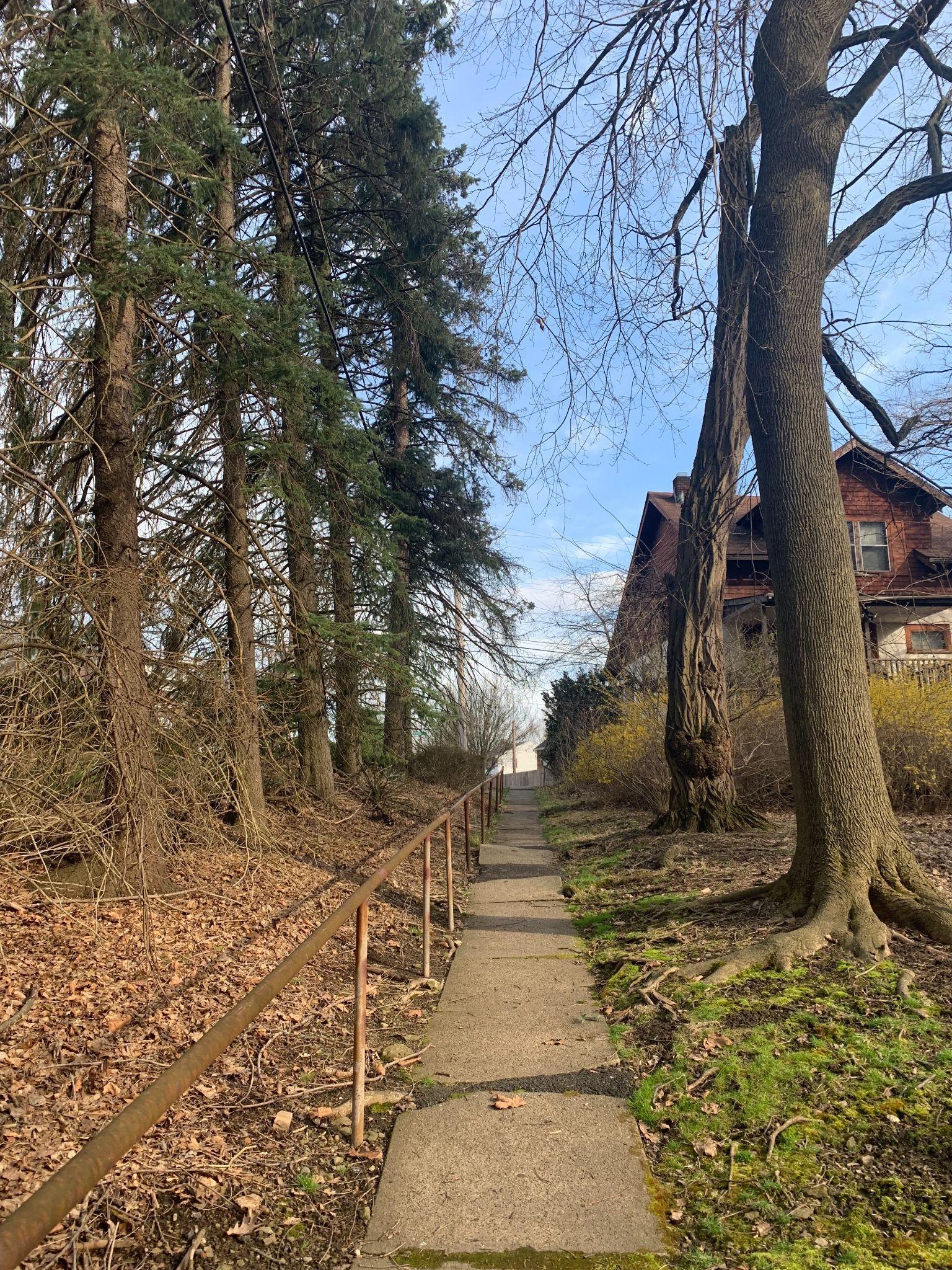


evolve environment architecture is a multidisciplinary practice situated at the intersection of sustainability and the built environment.
We look through three lenses of sustainability: people, process, and place.


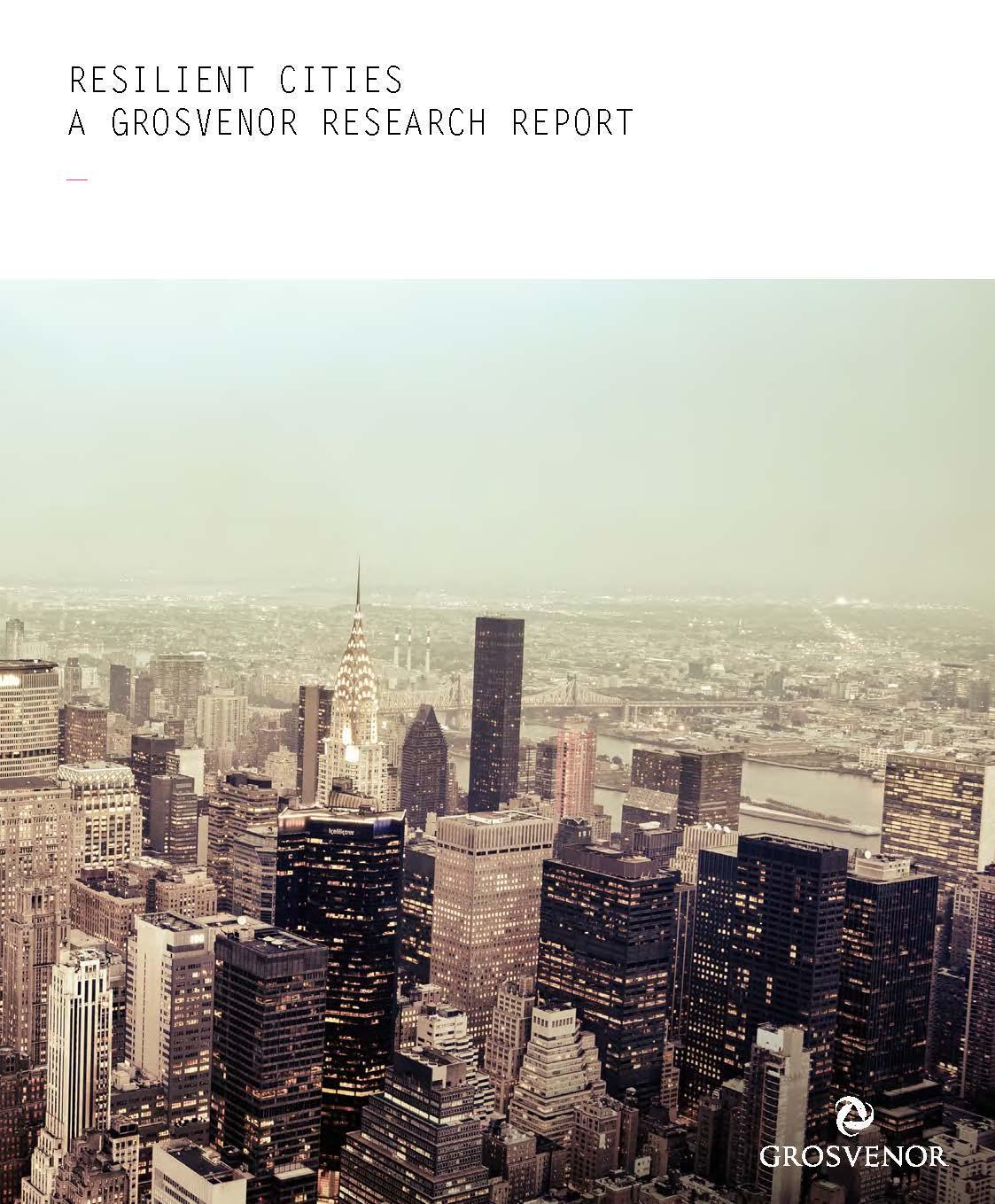








the ability of a city to avoid or bounce back from an adverse event


comes from the interplay of vulnerability and adaptive capacity
climate environment
resources
infrastructure community
governance institutions
technical capacity planning systems
funding structures


the ability of a city to avoid or bounce back from an adverse event


comes from the interplay of vulnerability and adaptive capacity
climate environment
resources
infrastructure community
governance institutions
technical capacity planning systems
funding structures

Communities face a growing range of adversities and challenges in the 21st century.








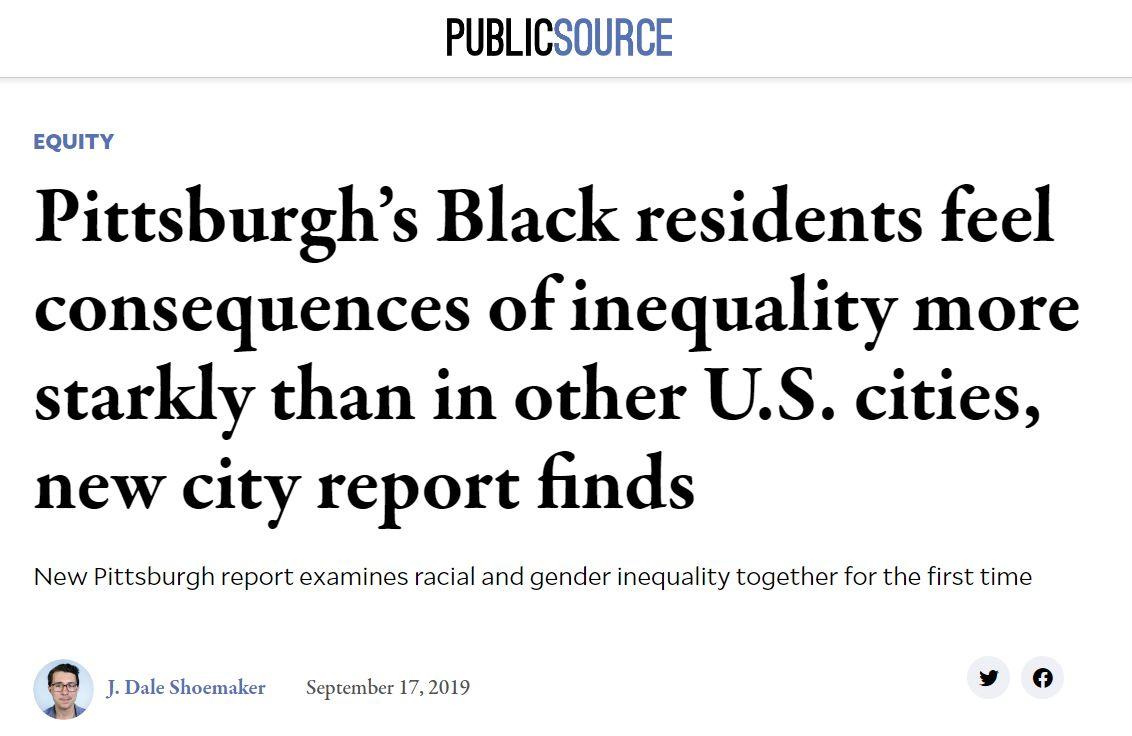



RESILIENCE is what helps communities adapt and transform in the face of those challenges, helping them to prepare for both the expected and the unexpected.
The ability of a community to avoid or bounce back from an adverse event.
Shocks
Blackout
Extreme weather
Toxic spill
Landslide
Major employer relocating
Stresses
Rising costs
Poverty
Aging infrastructure
Inefficient public transportation
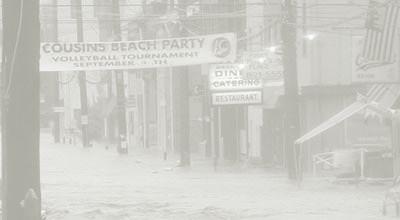

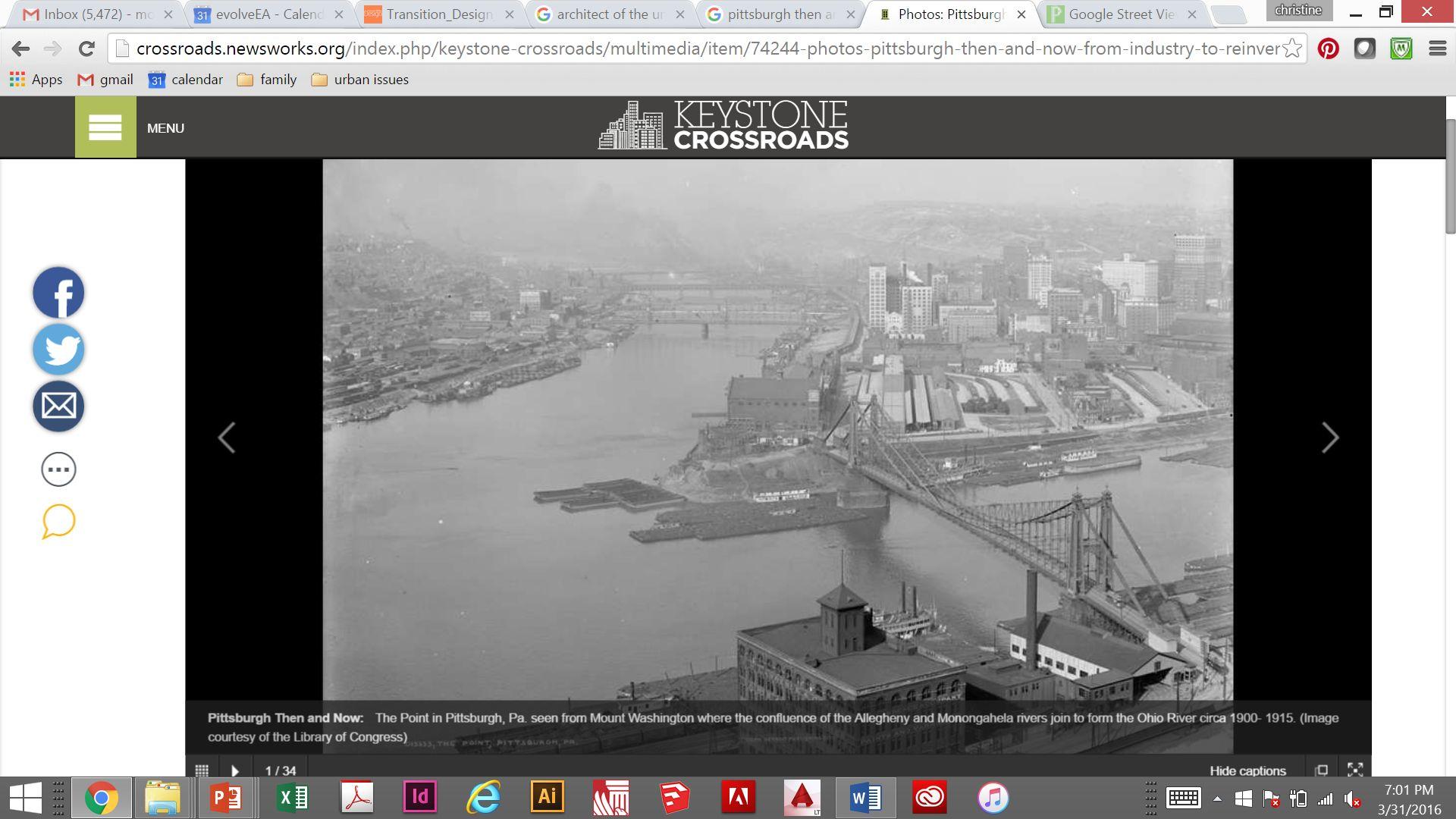
the capacity to create a new system if the existing system is unworkable
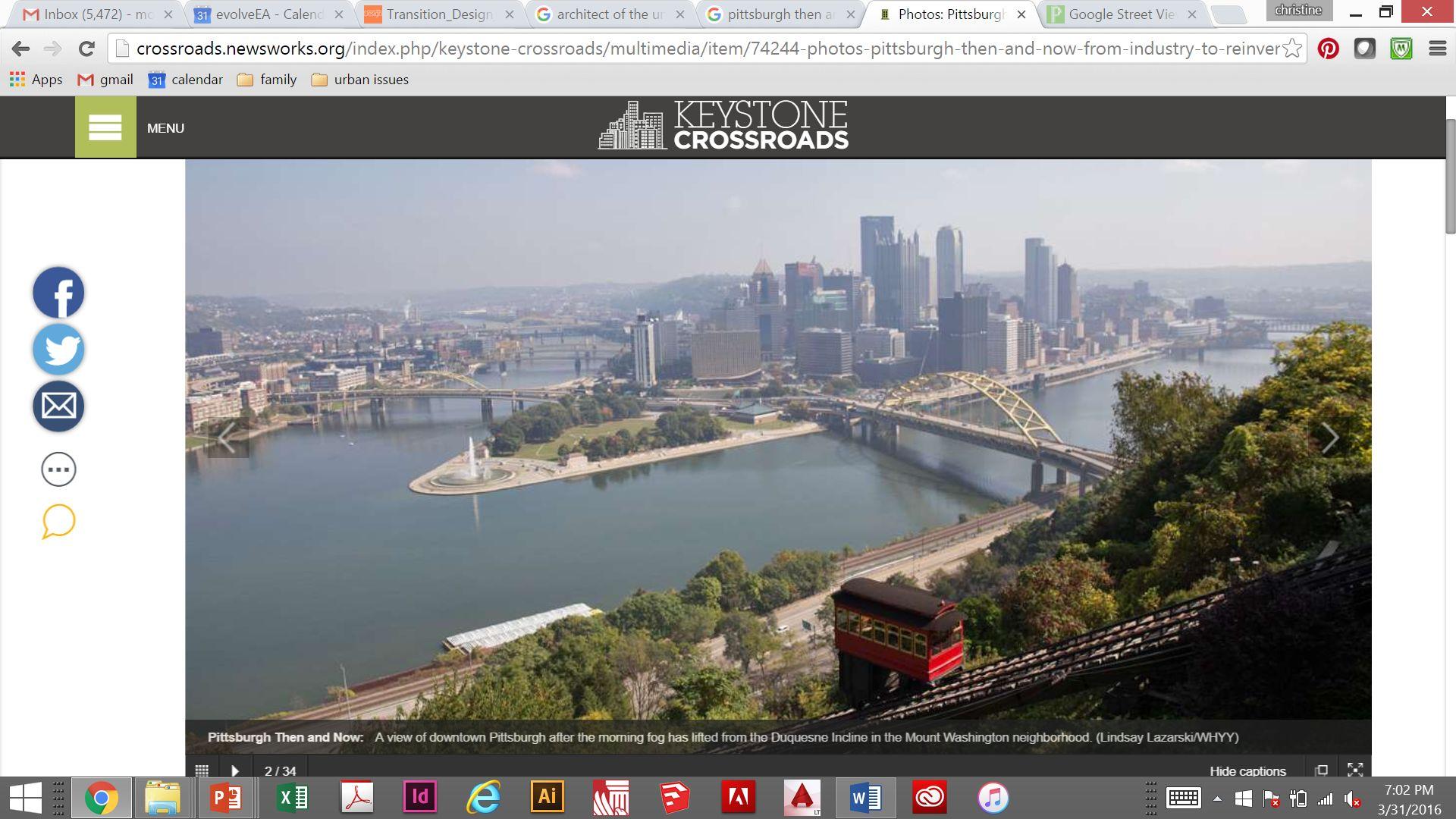

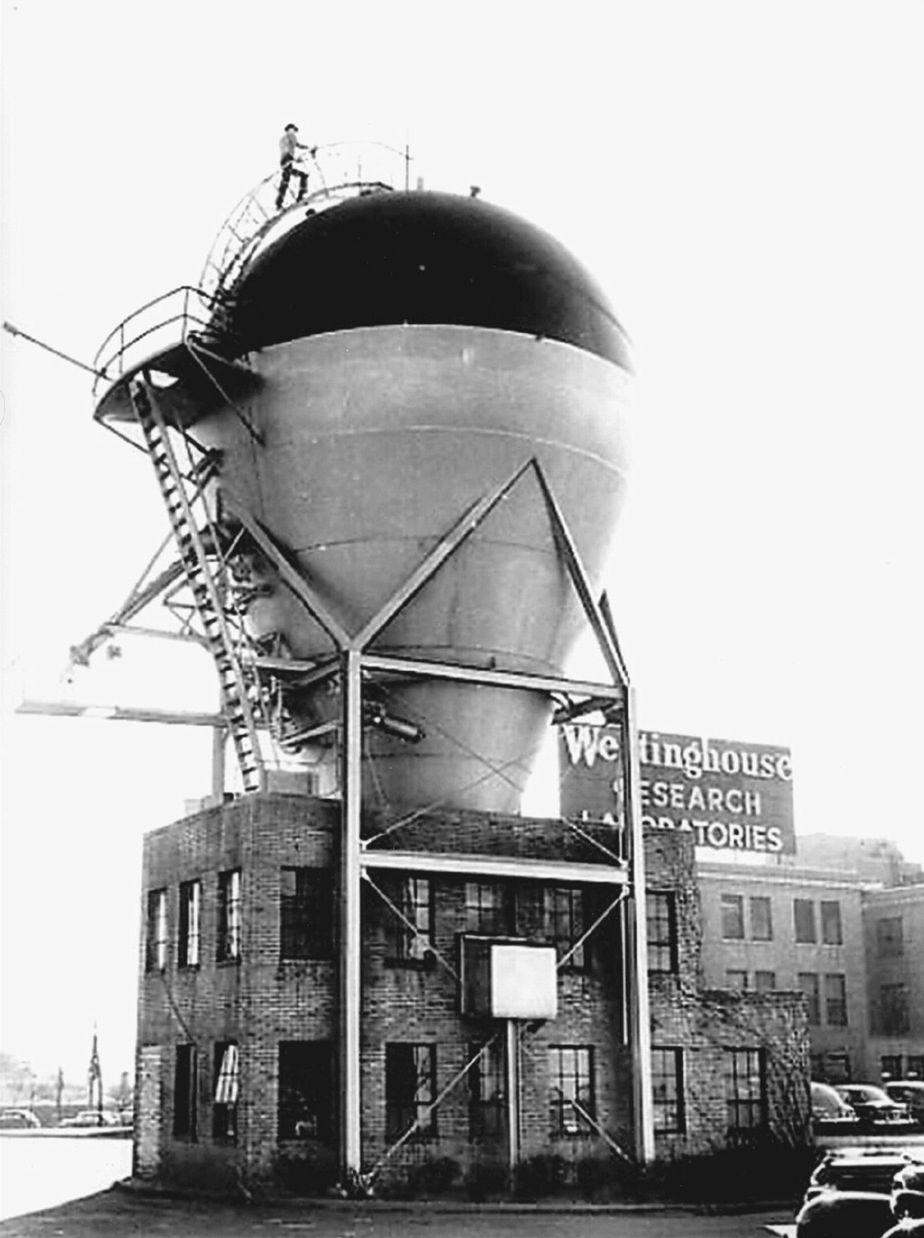
 Image: Atomic Heritage Foundation
Image: Atomic Heritage Foundation

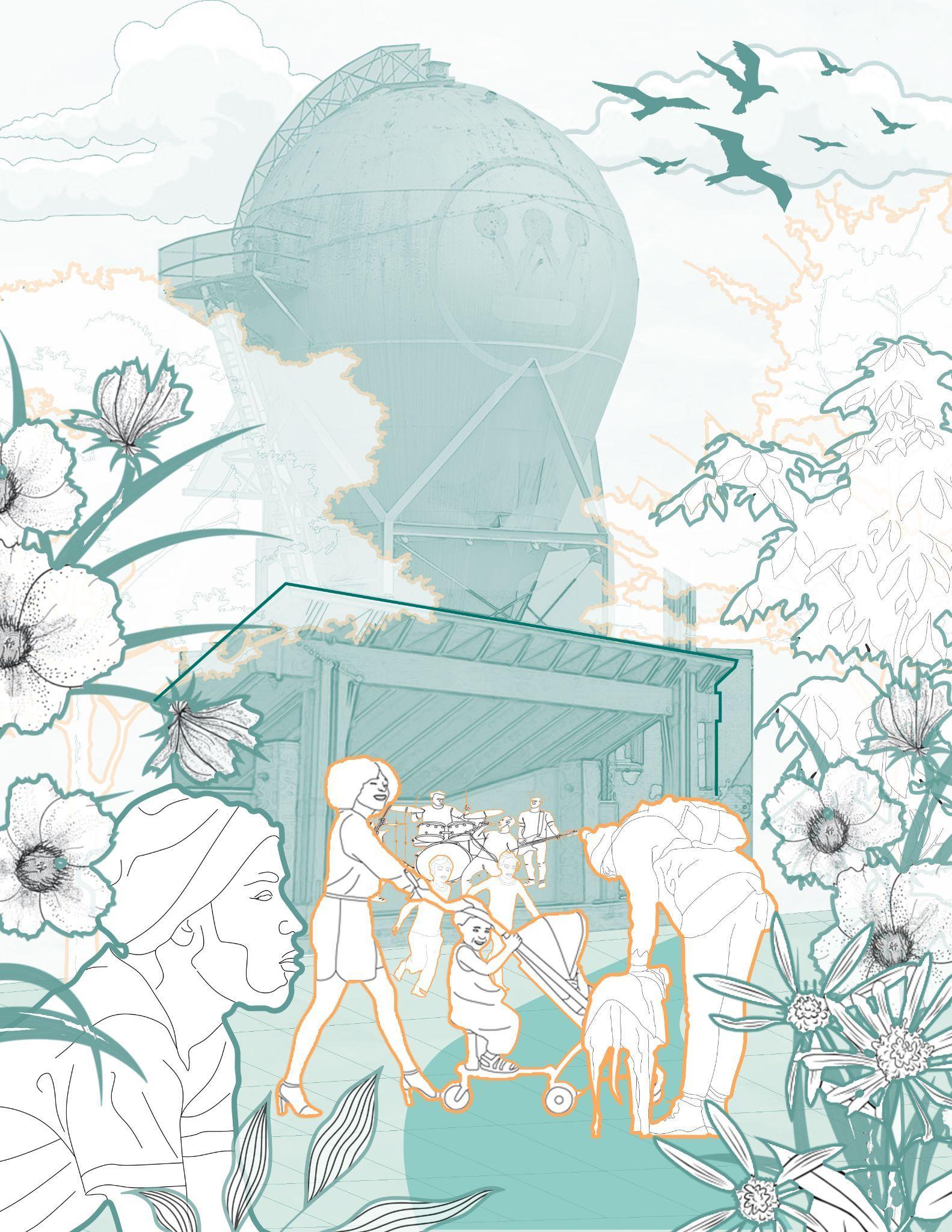
Shifting mindsets through a creative new idea, method, or device.
We can innovate…
Policies
Chicken coops
Technologies
Streetscape designs
Business diversity
Boulevards
Jobs
Less traffic
Cultural identity
Development projects
This spring, we are coming together to LEARN, SHARE, AND IMAGINE the future of our community with sustainability, resilience, and innovation at the forefront







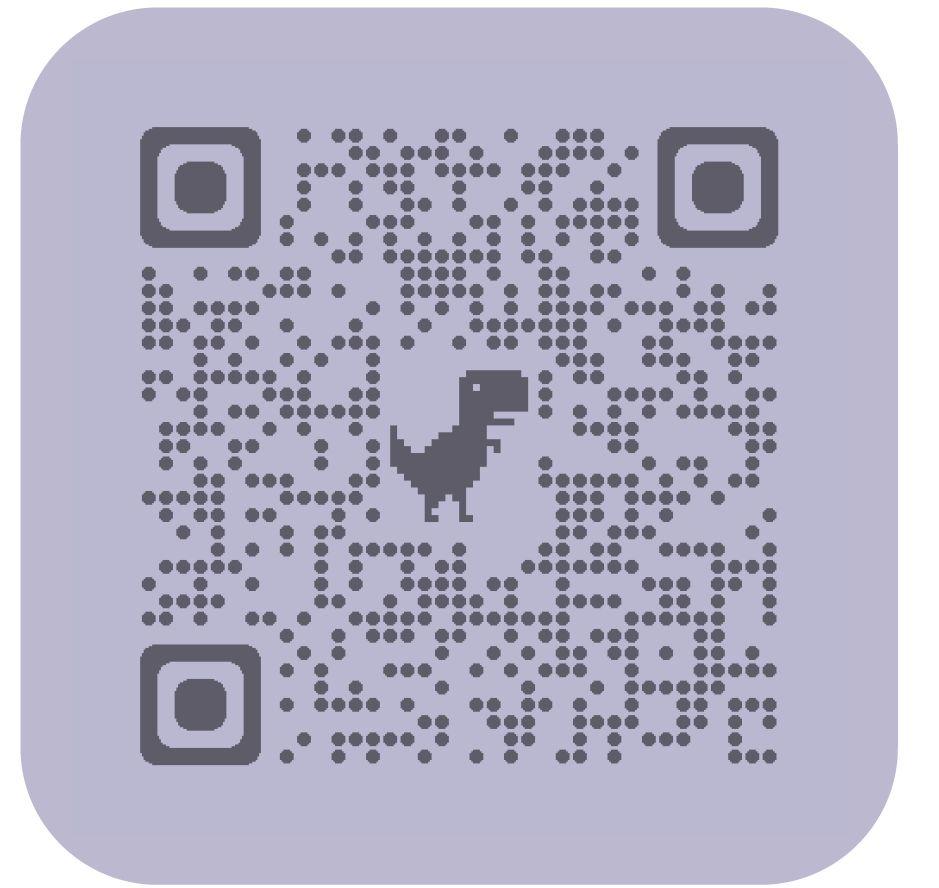
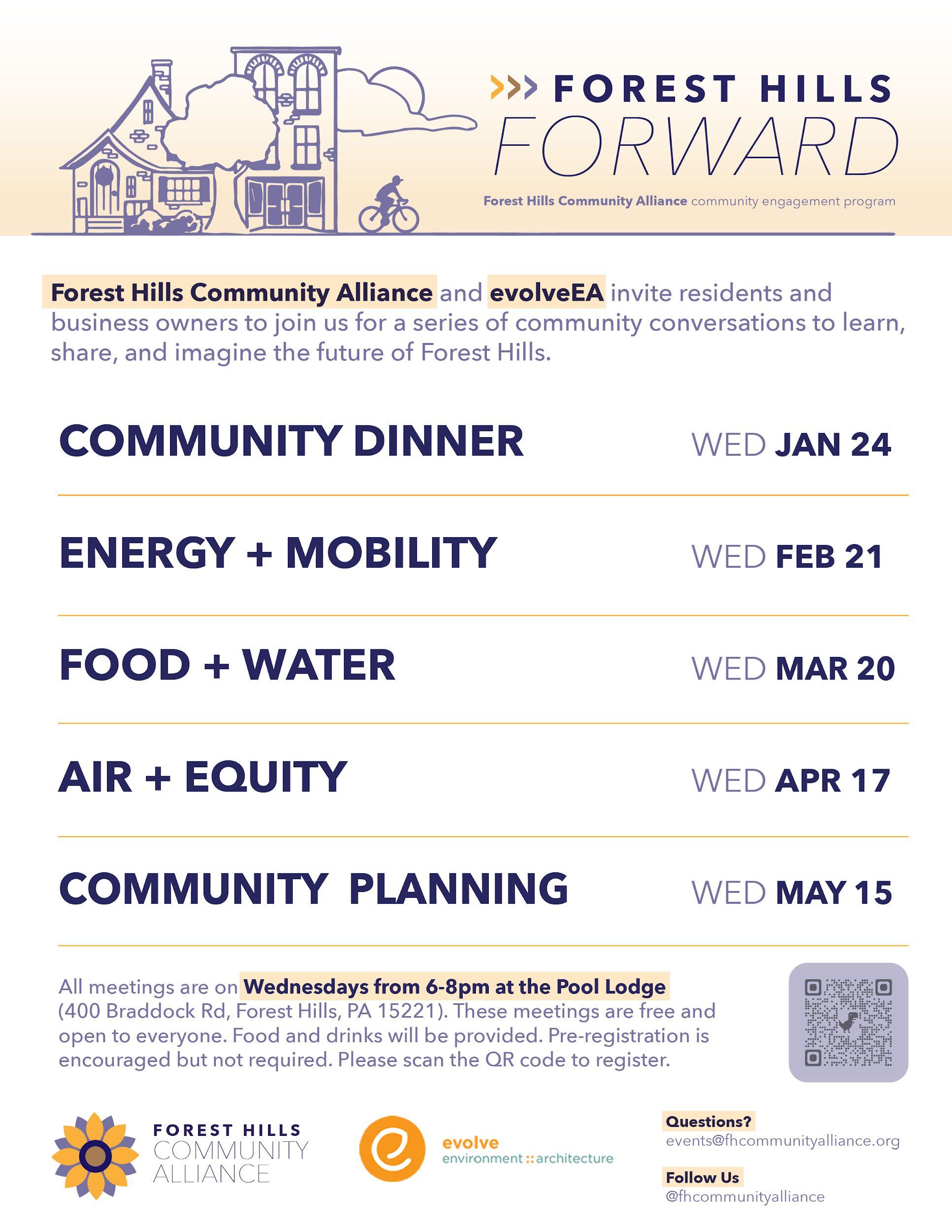
We’re going to amplify existing efforts…
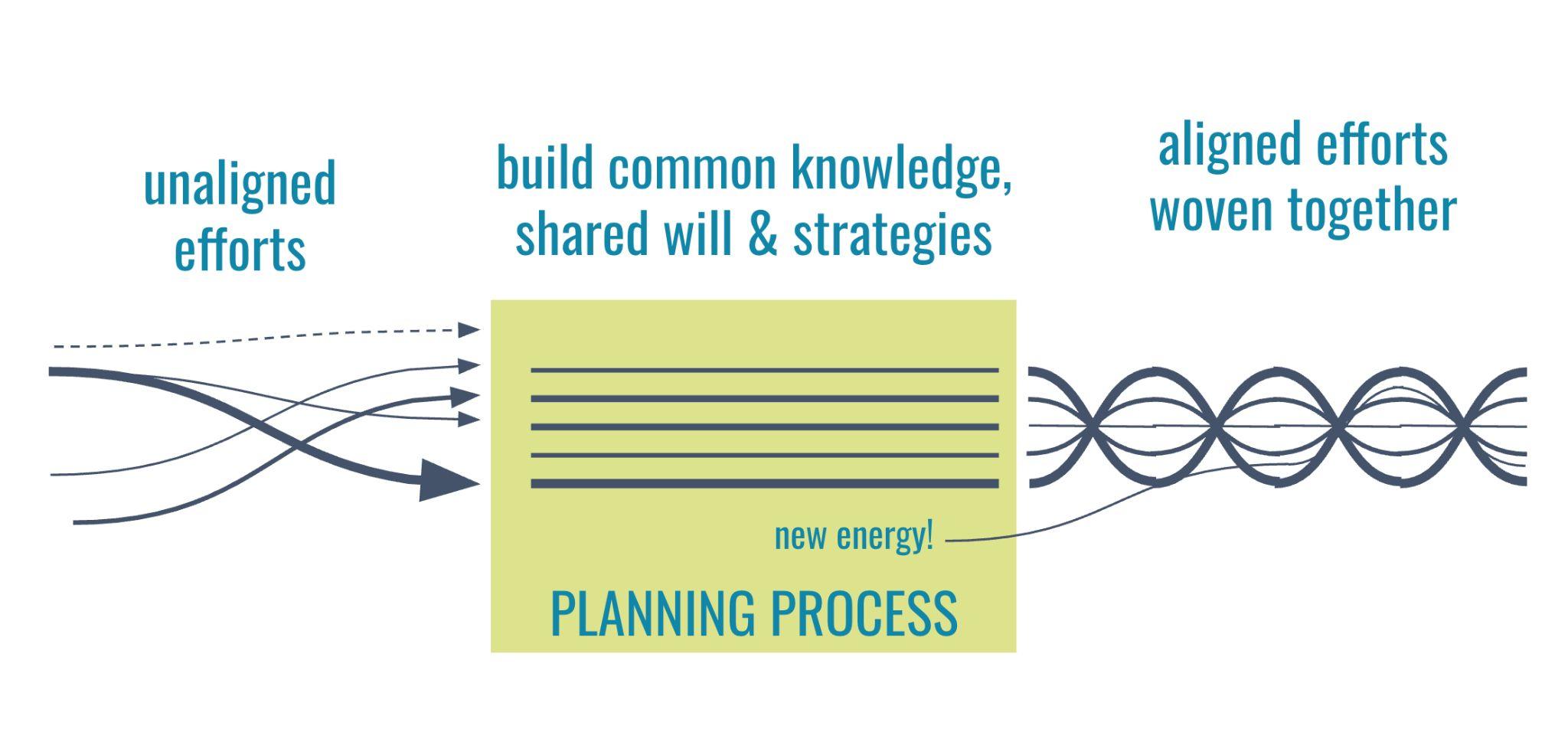

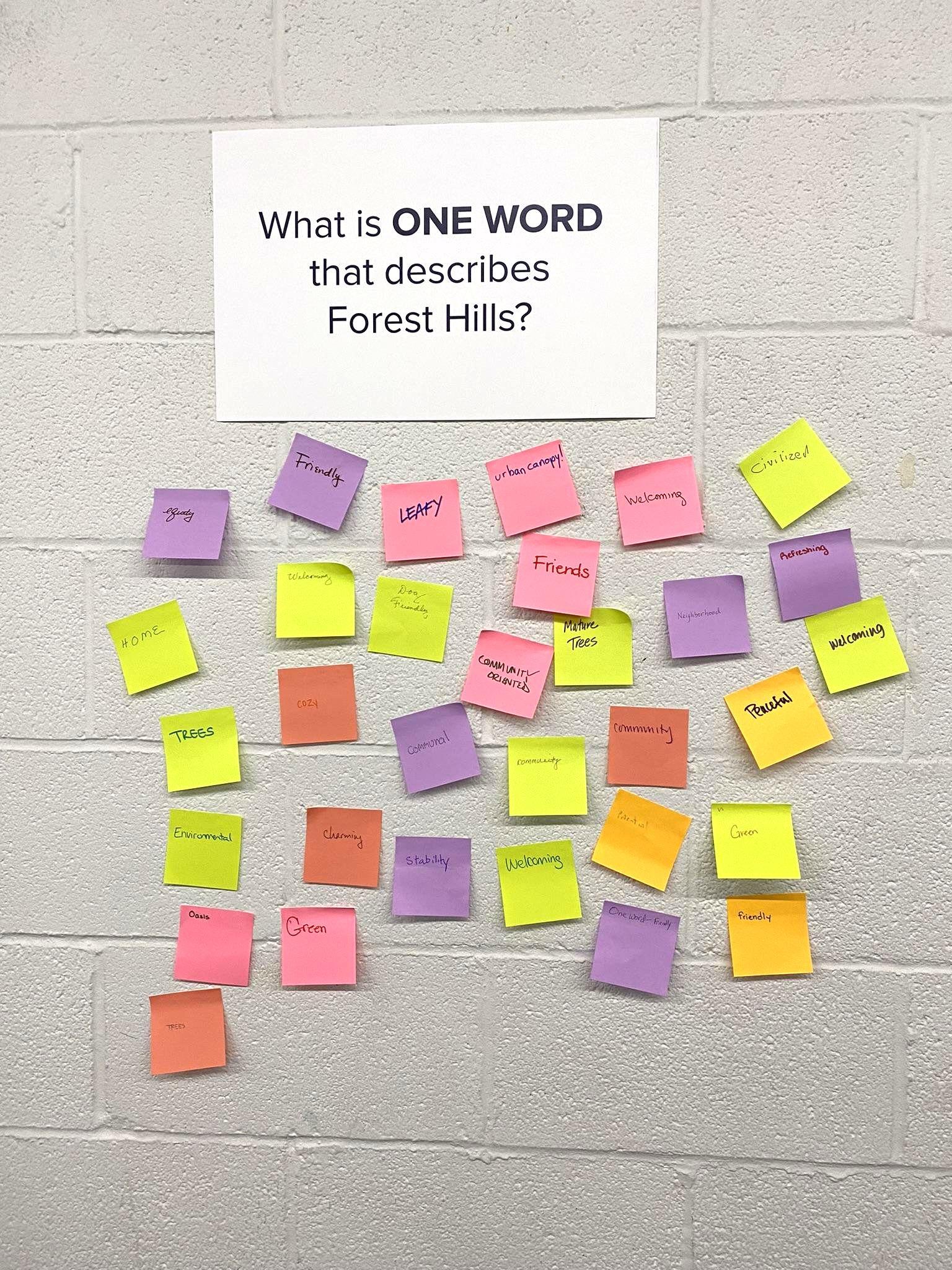
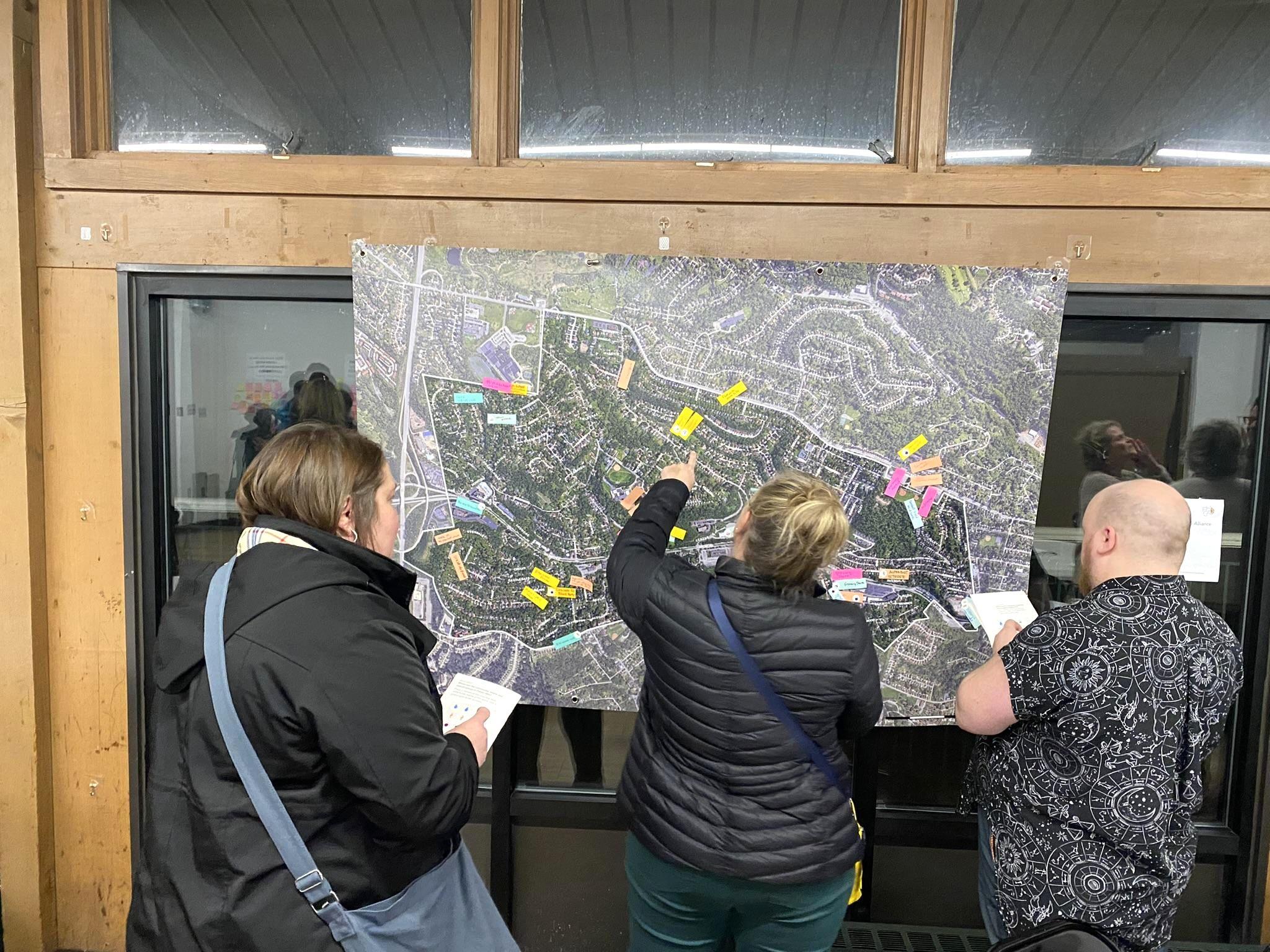

What is ONE WORD that describes Forest Hills?


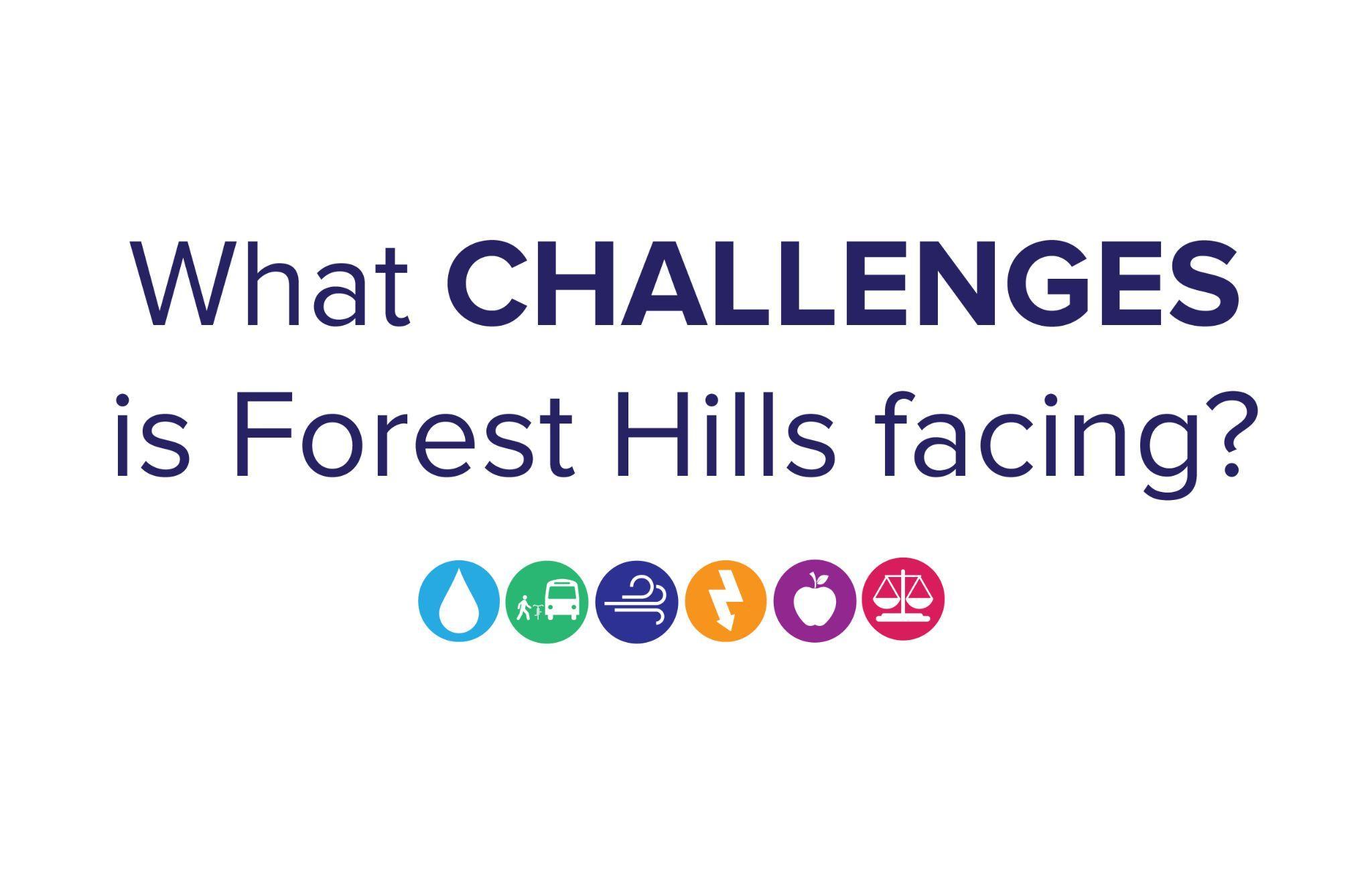
What CHALLENGES is Forest Hills facing?
Friendly!
What would you like to LEARN MORE about during this series?


Green


Walkability


How to save money on my energy bills!

Identity


How many food businesses are there in fh?

What

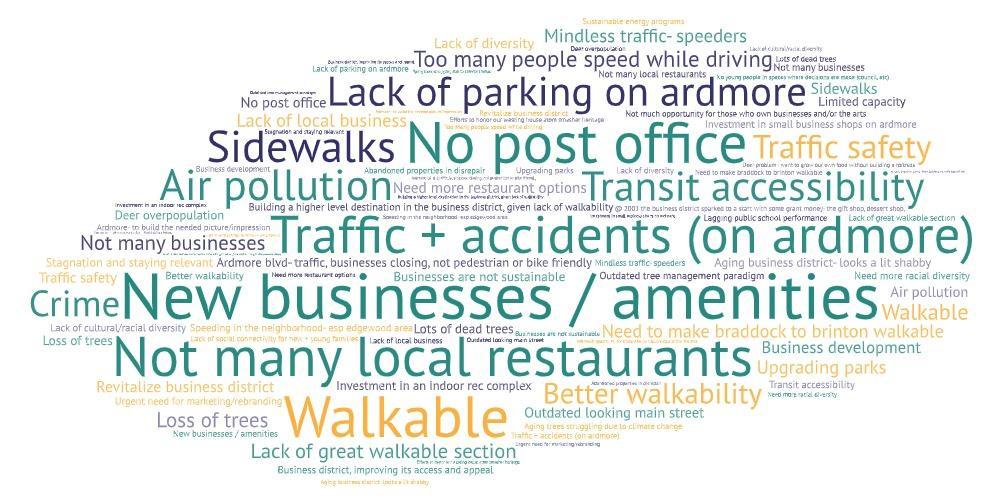


What would you like to LEARN MORE about during this series?

VIABILITY OF SOLAR
INCREASE WALKABILITY & BIKEABILITY
HOW TO GET INVOLVED & INVOLVE OTHERS

1. Build a common understanding of energy and mobility, and how they impact Forest Hills.
2. Learn about resident lived experience related to energy and mobility.
3. Inspire and activate Forest Hills to envision their future and explore potential projects.
What CHALLENGES is Forest Hills facing?
What would you like to LEARN MORE about during this series?
“Practicality of home solar in Forest Hills”
“Efforts to honor our Westinghouse Atom Smasher heritage”
“Sustainable energy programs”
“Need to make Braddock to Brinton walkable”
“Speeding in the neighborhood”
“How to make Ardmore safer for cyclists”
Tell us a story about energy OR mobility in Forest Hills!

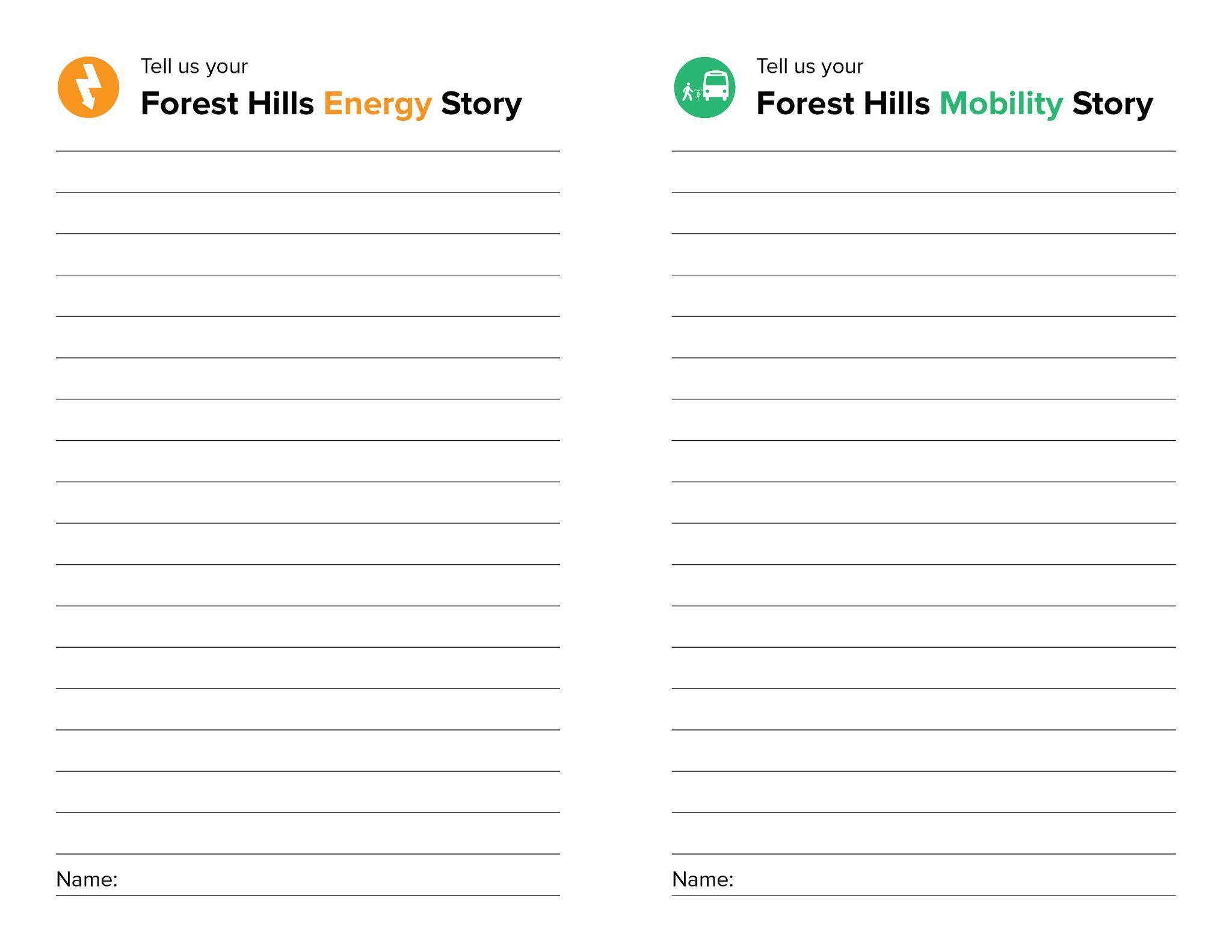


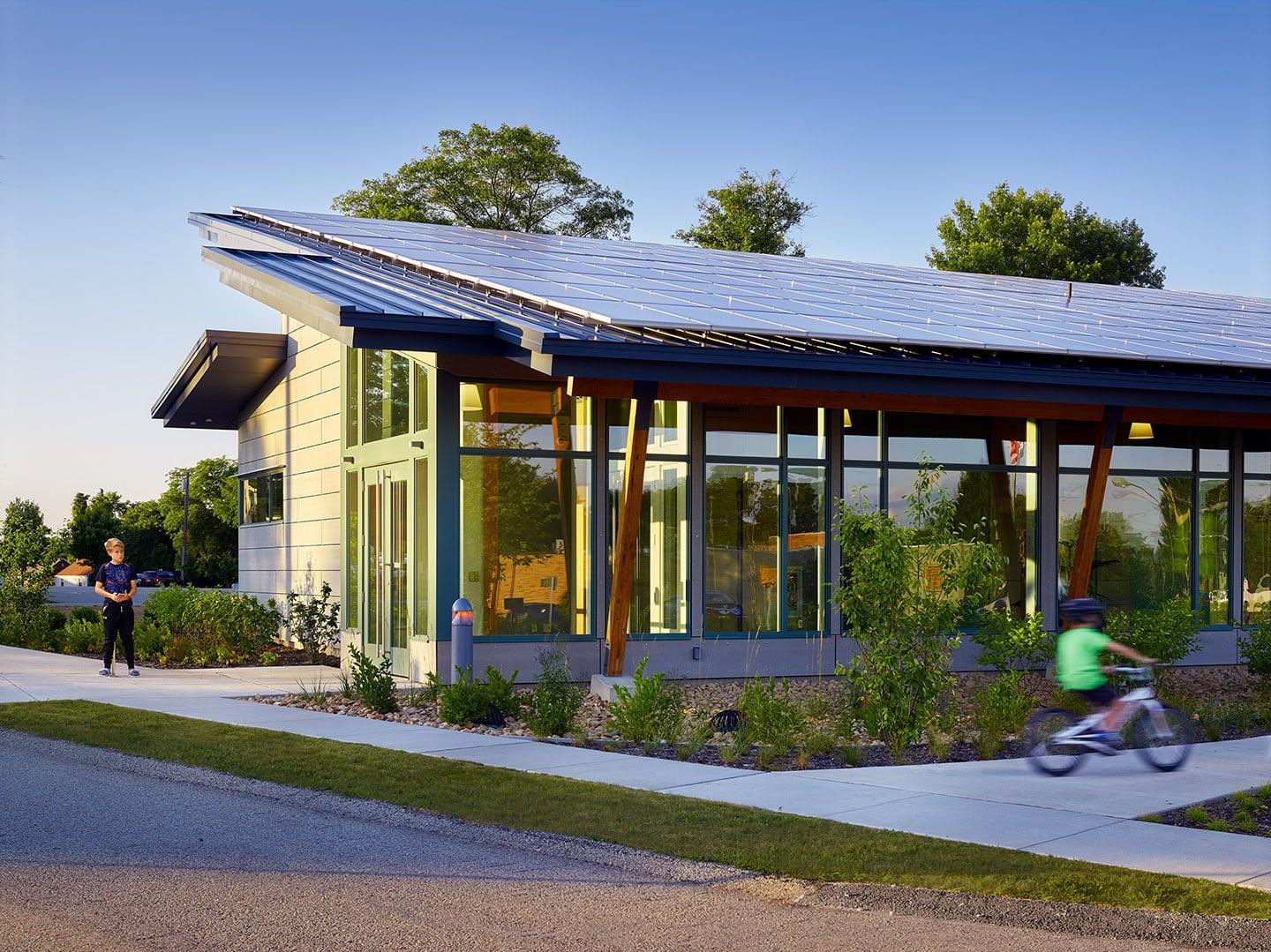

Energy sources
Natural Gas
Electricity
Solar Wind
Energy costs
Energy consumption
Energy conservation
Home weatherization
Offsets Carbon emissions
Resilience

Tree City Times, April 2021
Tree City Times, July 2019
“Eos Energy’s Turtle Creek manufacturing expansion is under way”
Pittsburgh Post Gazette, September 1, 2023
“Saturday storms cause mass damage, power outages across several local counties”
WPXI, April 1, 2023
The United States used 98 quadrillion BTUs of energy in 2021 - or 16% of the world’s total primary energy consumption.
Only 4% of the world’s population lives in the United States.
Source: U.S. Energy Information Administration
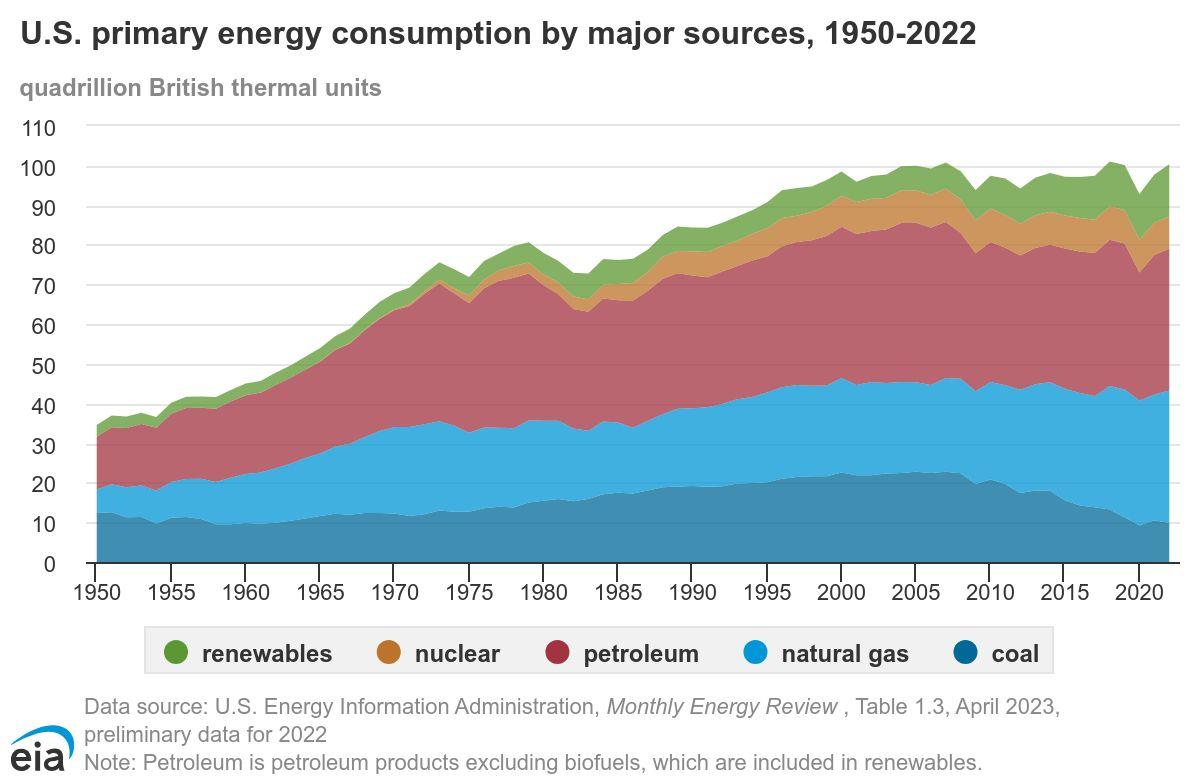
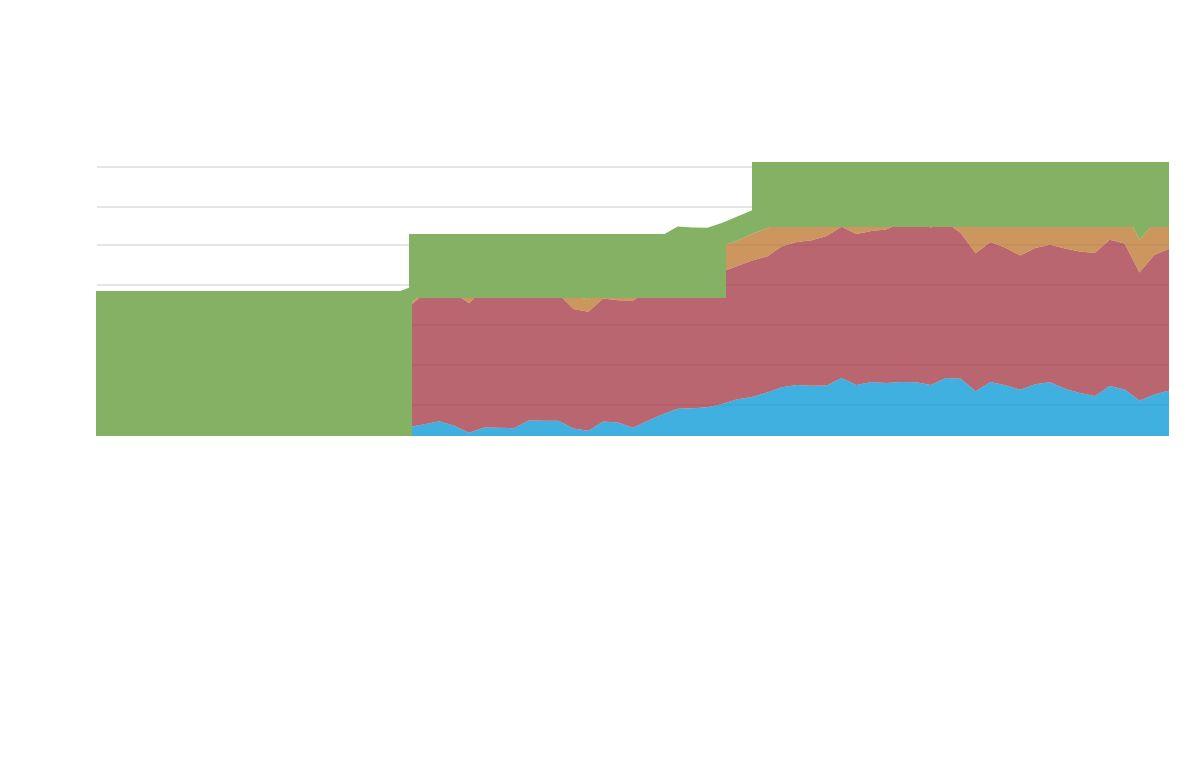

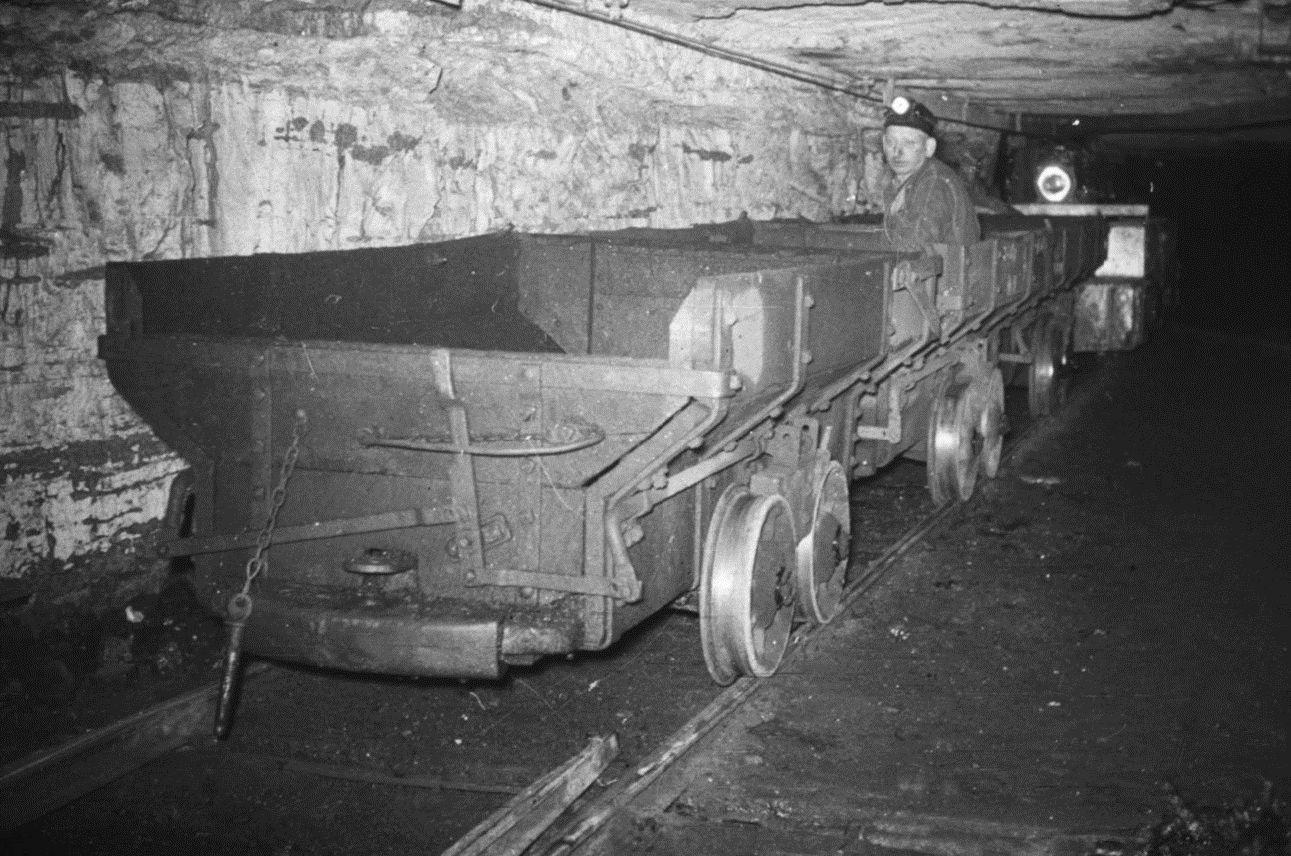

The first mining of bituminous coal in the nation took place on Coal Hill (Mt. Washington) in 1762.
Until the early 1900s the wells in and around Titusville were responsible for half of the world’s oil production.
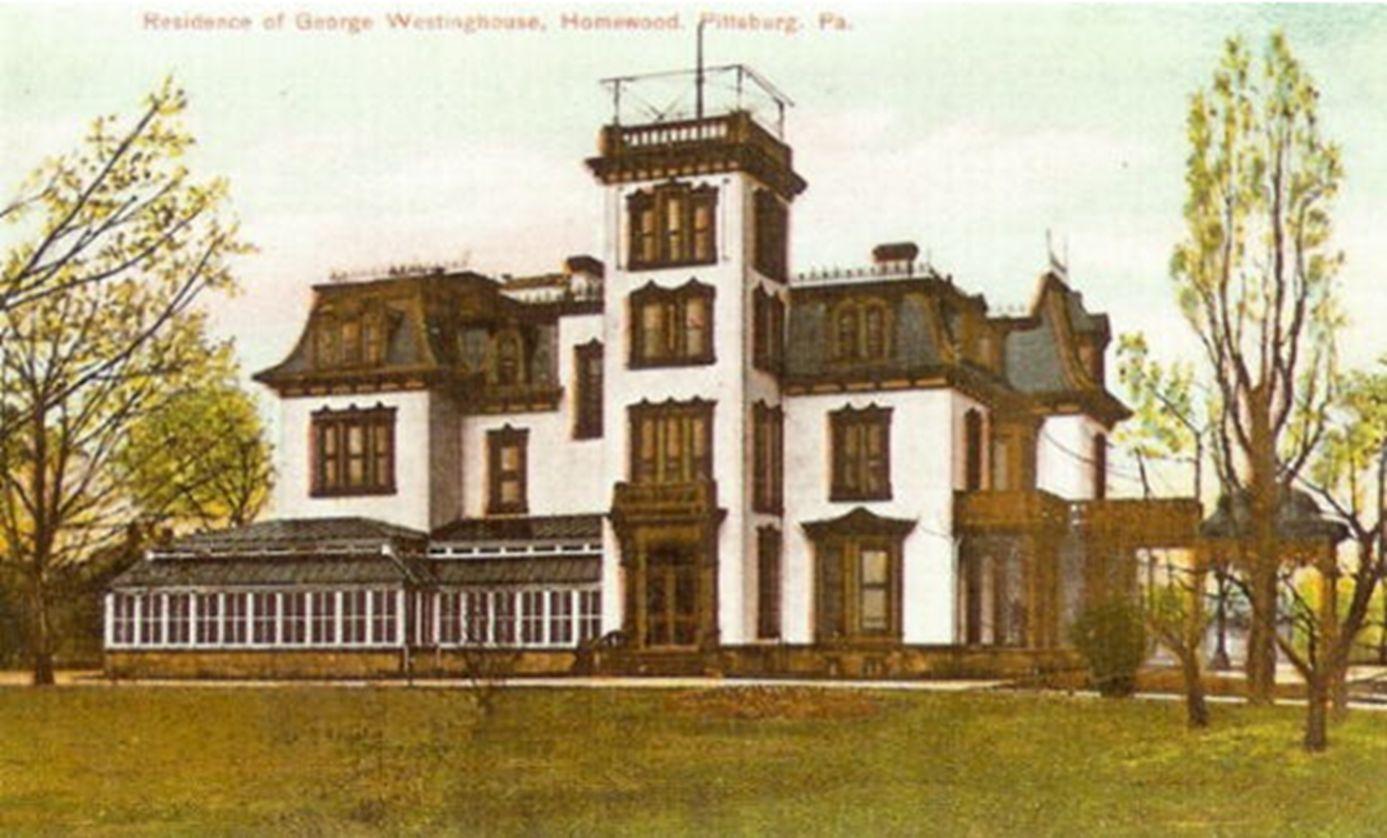
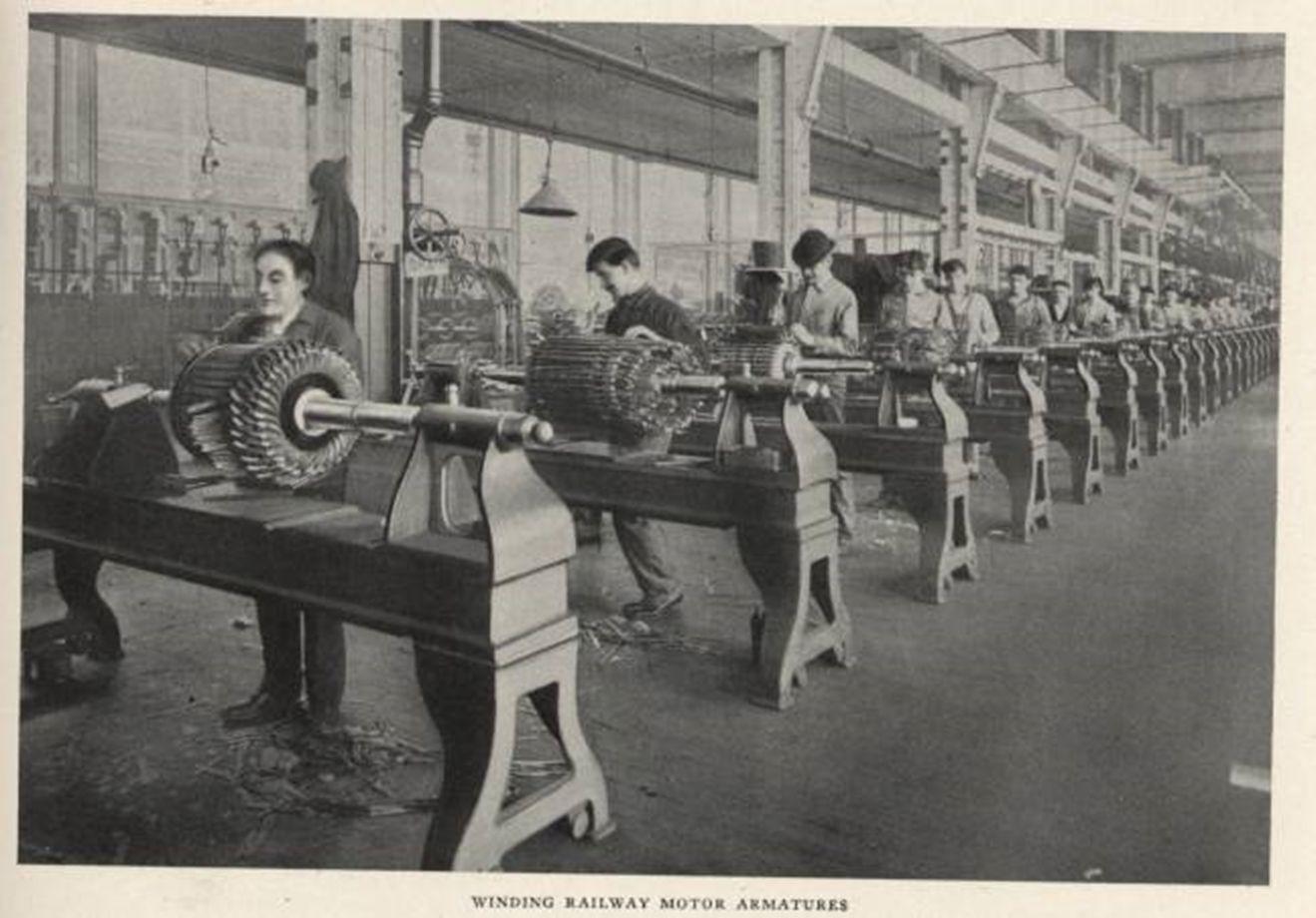
Westinghouse’s first venture with natural gas began in 1883 at his home in Point Breeze.
Westinghouse’s alternating current electricity made the production and transmission of electricity possible over vast areas.

The Westinghouse Atom Smasher was the first particle accelerator built to be industrialized. It was instrumental in the development in practical applications of nuclear science for energy production.
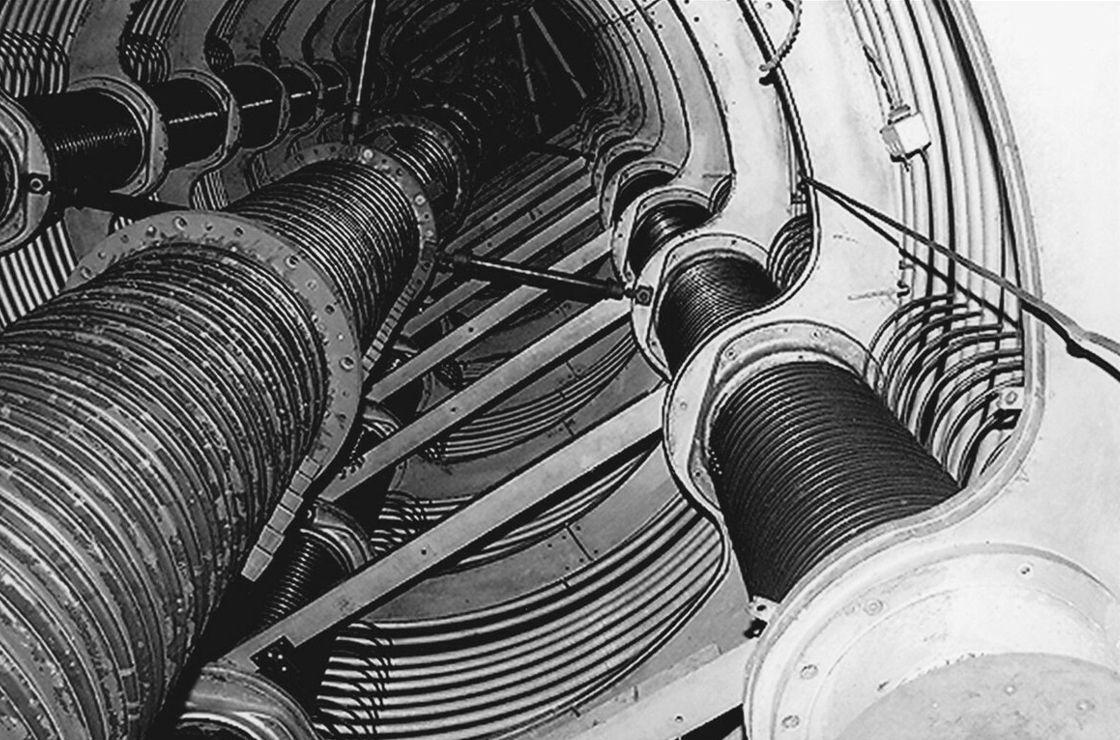
 Photo: Ed Massery
Photo: Ed Massery
Source: U.S. Energy Information Administration

What
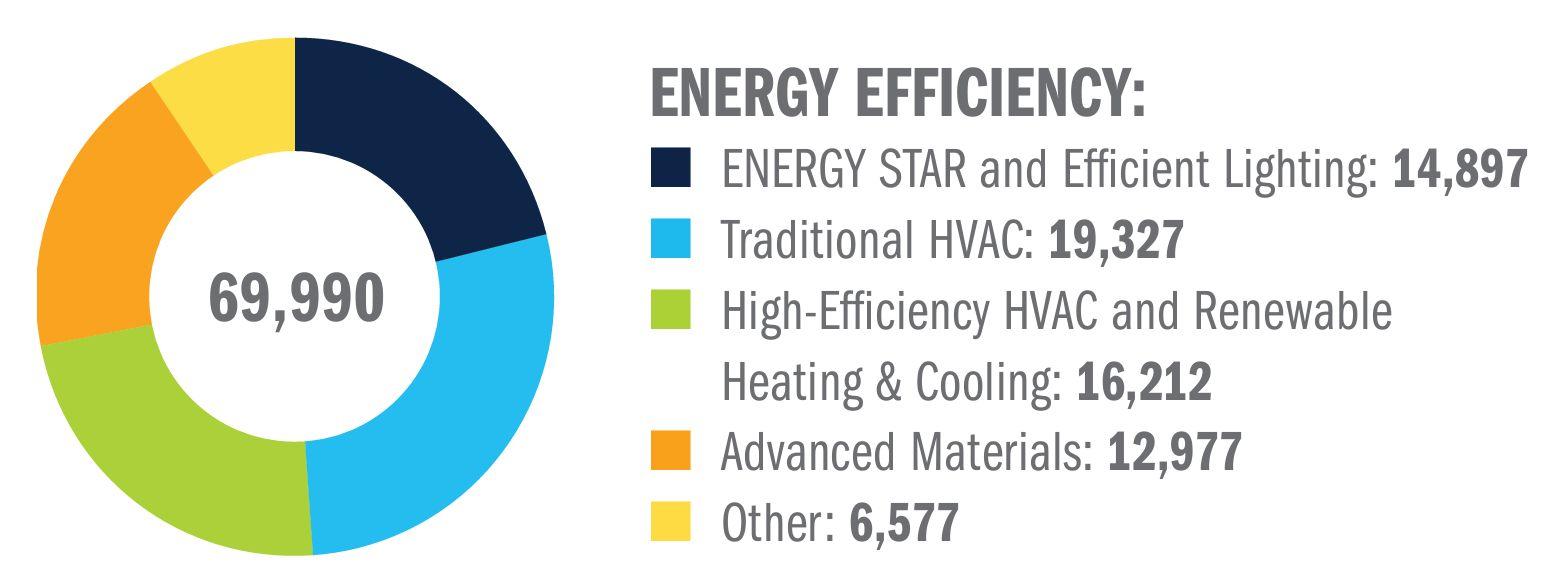

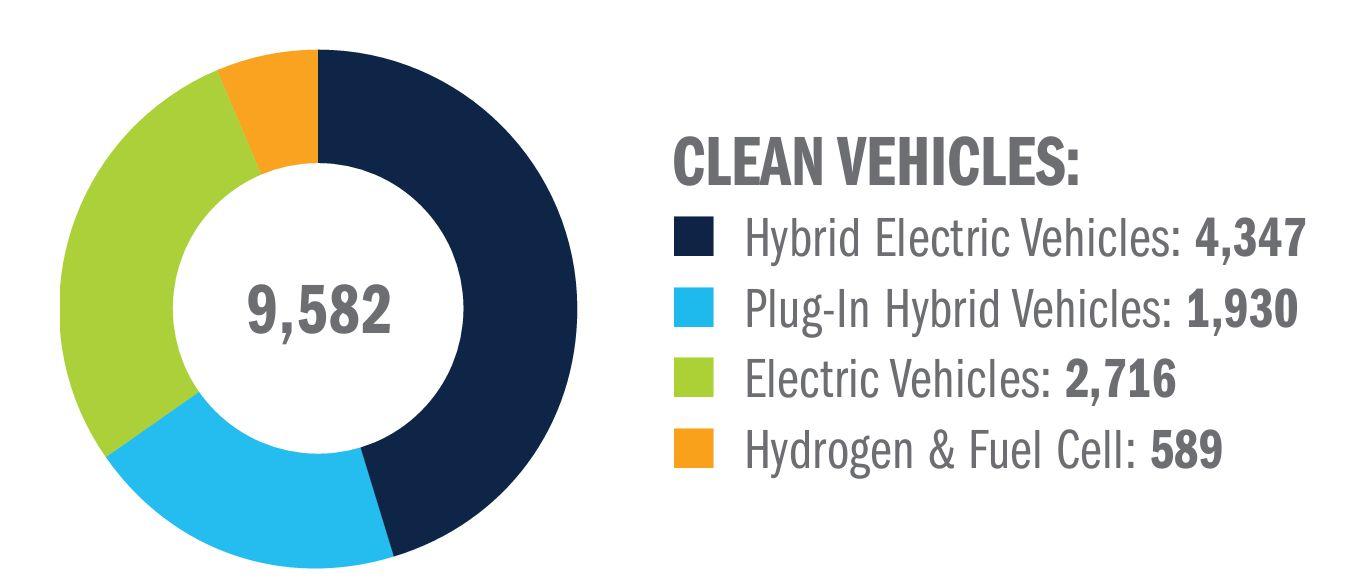

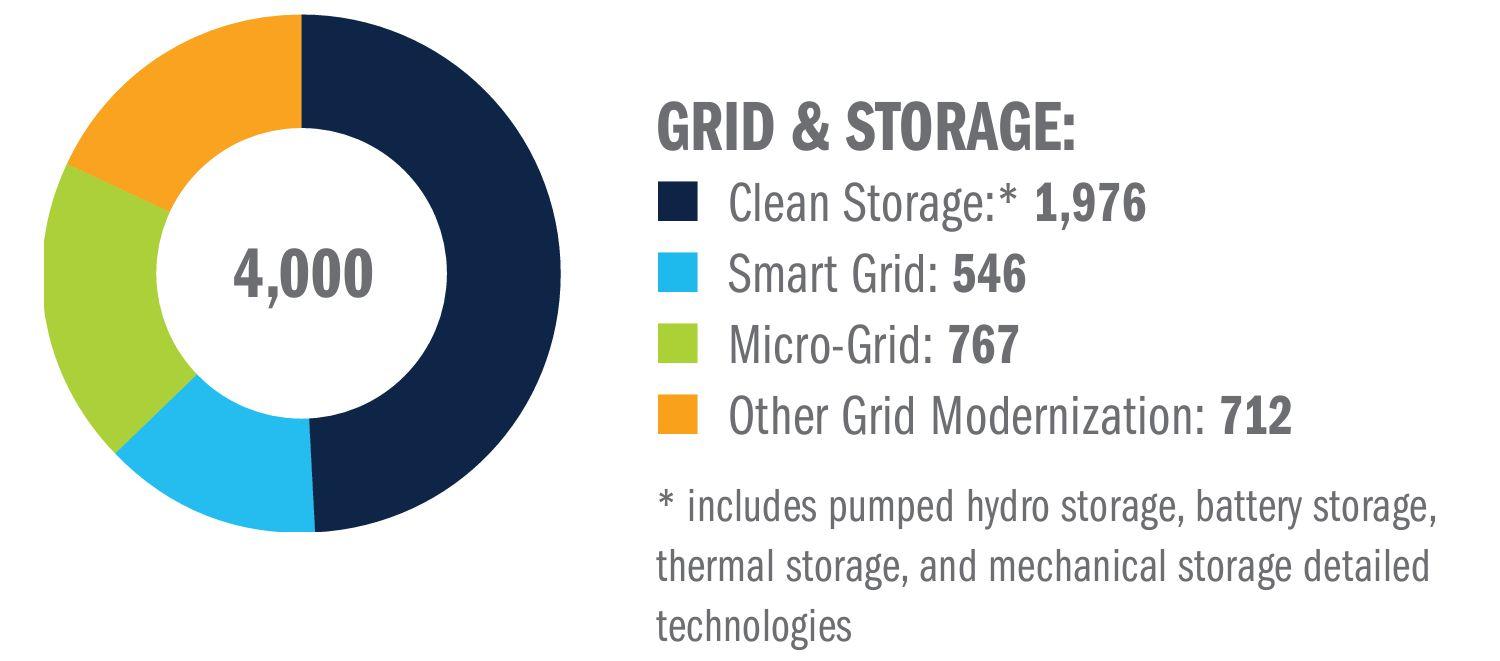
There are 96,317 clean energy jobs in Pennsylvania
Pennsylvania ranks 10th for most clean energy jobs in the U.S.
Clean energy jobs are growing 50% faster than the rest of PA’s economy
Allegheny County leads the state with 12,705+ clean energy jobs










“Eos Energy Enterprises is embarking upon a $500 million expansion of its Turtle Creek battery manufacturing operation… the New Jersey-based zinc battery maker will have nearly 1,000 people on its payroll by 2026, churning out long-term energy storage systems that are critical to the energy transition.”

Source: Pittsburgh Post Gazette

Energy resilience is the ability of the grid, buildings, and communities to withstand and rapidly recover from power outages.
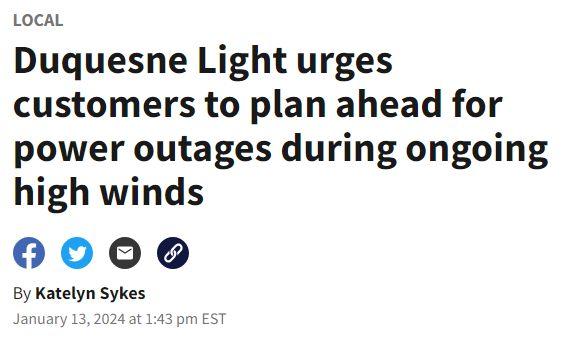

















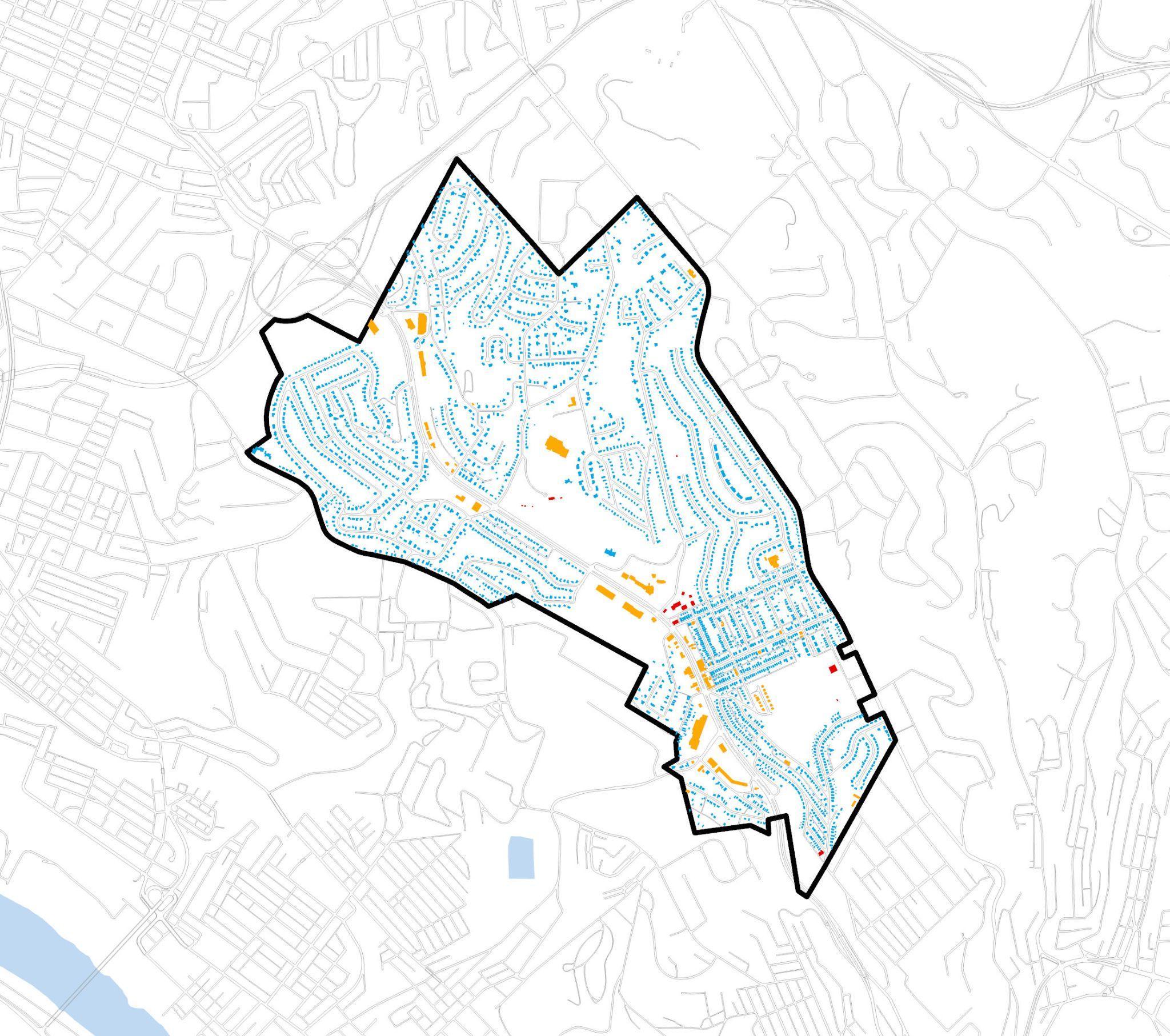
Over the course of a year, buildings in Forest Hills consume an estimated
537,891,268 kBTUs
82% 18%


Residential Commercial
Source: Forest Hills Climate Action Plan, CONNECT
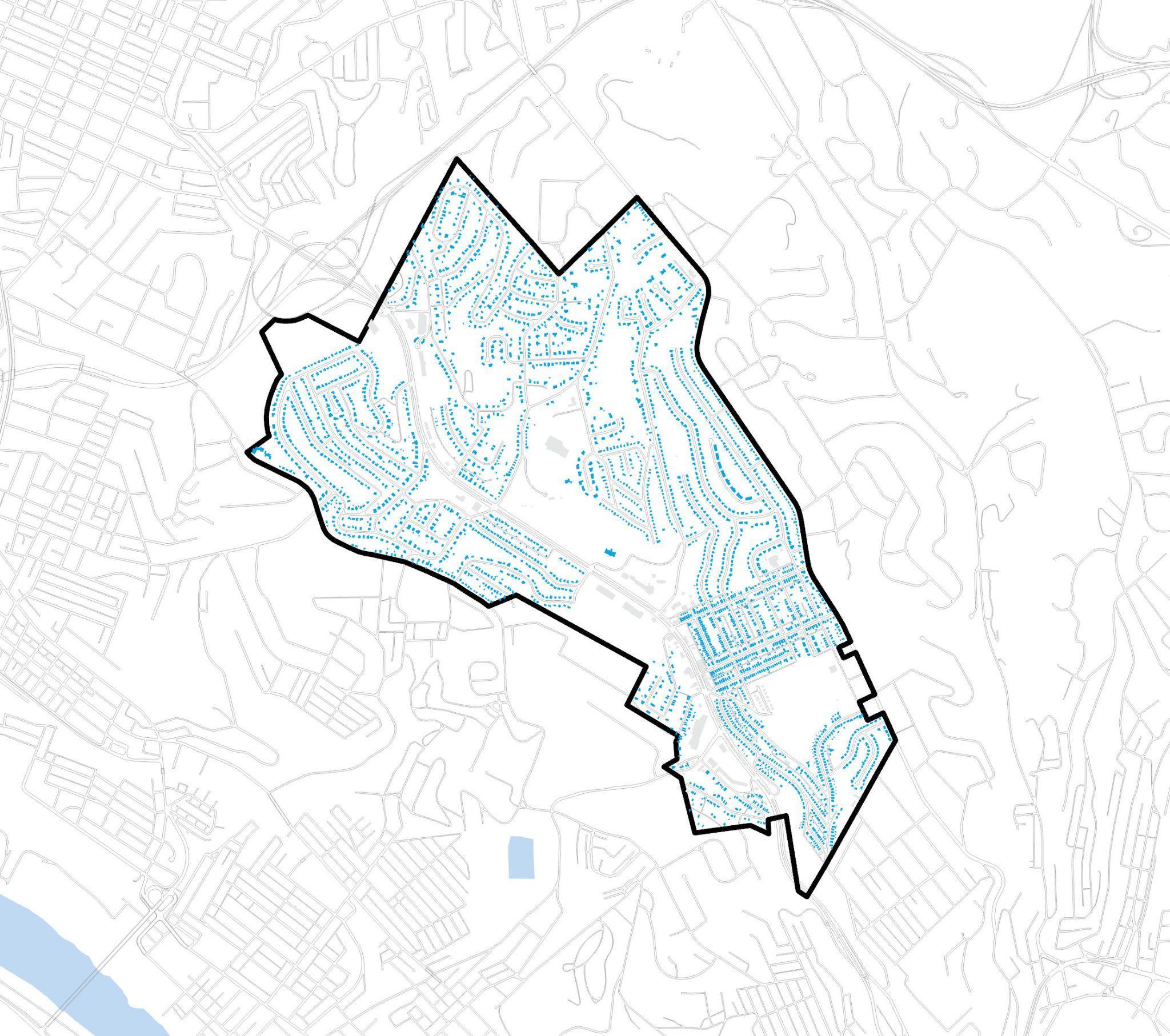
Over the course of a year, residential buildings in Forest Hills consume an estimated
441,828,621 kBTUs
82% 18%


Residential Commercial
Source: Forest Hills Climate Action Plan, CONNECT

IN TOTAL
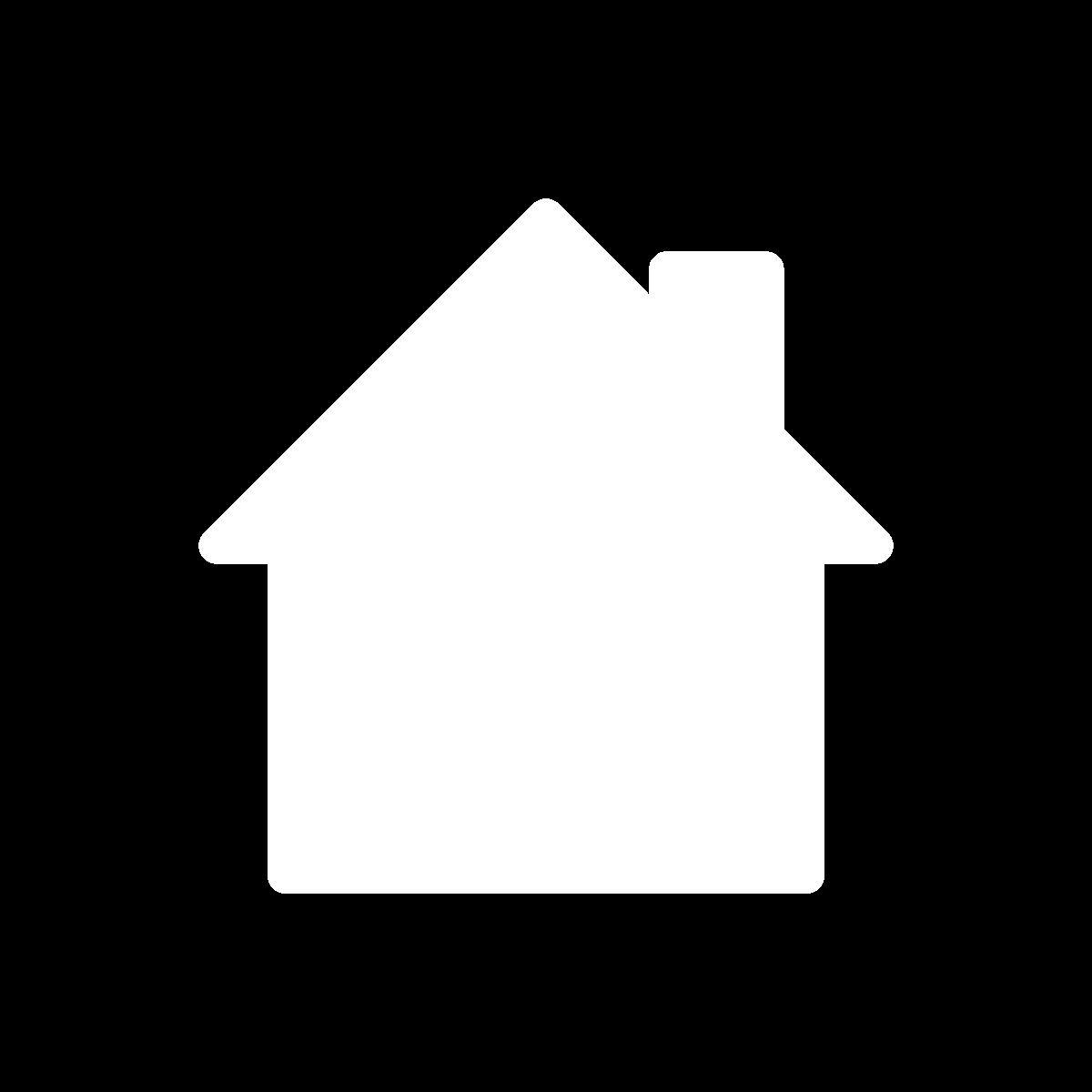

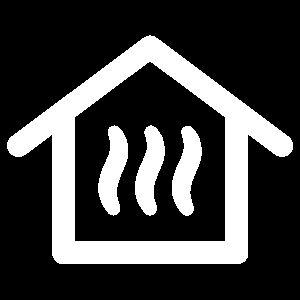
3,465 households
6,454,519 ft2 total square footage
77,348,067 kBTU of electricity consumption (17.5%)
364,480,554 kBTU of natural gas consumption (82.5%)
86.4% heat their homes with natural gas
11.7% heat their homes with electricity
Source: Forest Hills Climate Action Plan, CONNECT; ESRI, Bureau of Labor Statistics; Allegheny County Property Assessments


1942 average year built

1,990 ft2 average size


68.5 kBTU/sf average energy use intensity
Source: Forest Hills Climate Action Plan, CONNECT; Allegheny County Property Assessments
On average, Forest Hills residents spend ~$2,651 on energy annually, which is 3.3% of the median household income.
The average American spends 3.0% of their household income on energy.
Source: ESRI, Consumer Expenditures Survey, Bureau of Labor Statistics
3.3%
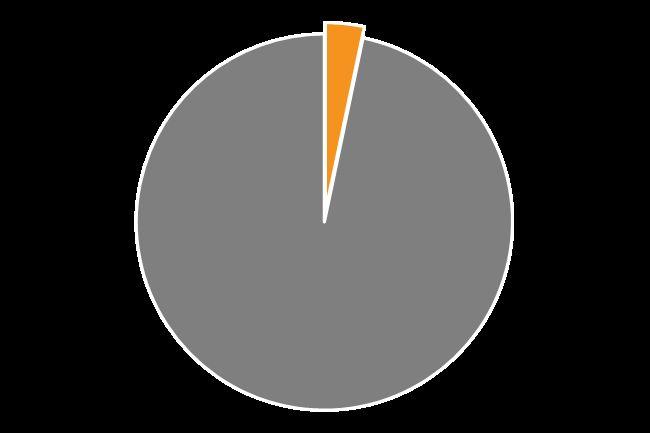

Residential energy consumption per capita is…
Forest Hills | 6,328 people

69,821 kBTU/person

Source: Forest Hills Climate Action Plan, CONNECT

Residential energy consumption per capita is…
Forest Hills | 6,328 people

69,821 kBTU/person
Fox Chapel | 5,099 people

Wilkinsburg | 15,366 people
Swissvale | 8,691 people
Source: Forest Hills Climate Action Plan, CONNECT

Residential energy consumption per capita is…
Forest Hills | 6,328 people

69,821 kBTU/person
Fox Chapel | 5,099 people

109,260 kBTU/person
Wilkinsburg | 15,366 people

Swissvale | 8,691 people
Source: Forest Hills Climate Action Plan, CONNECT

Residential energy consumption per capita is…
Forest Hills | 6,328 people

69,821 kBTU/person
Fox Chapel | 5,099 people

109,260 kBTU/person
Wilkinsburg | 15,366 people

68,285 kBTU/person
Swissvale | 8,691 people
Source: Forest Hills Climate Action Plan, CONNECT

Residential energy consumption per capita is…
Forest Hills | 6,328 people

69,821 kBTU/person
Fox Chapel | 5,099 people

109,260 kBTU/person
Wilkinsburg | 15,366 people

68,285 kBTU/person
Swissvale | 8,691 people

67,113 kBTU/person
Source: Forest Hills Climate Action Plan, CONNECT


Source: ESRI, RBECs Survey
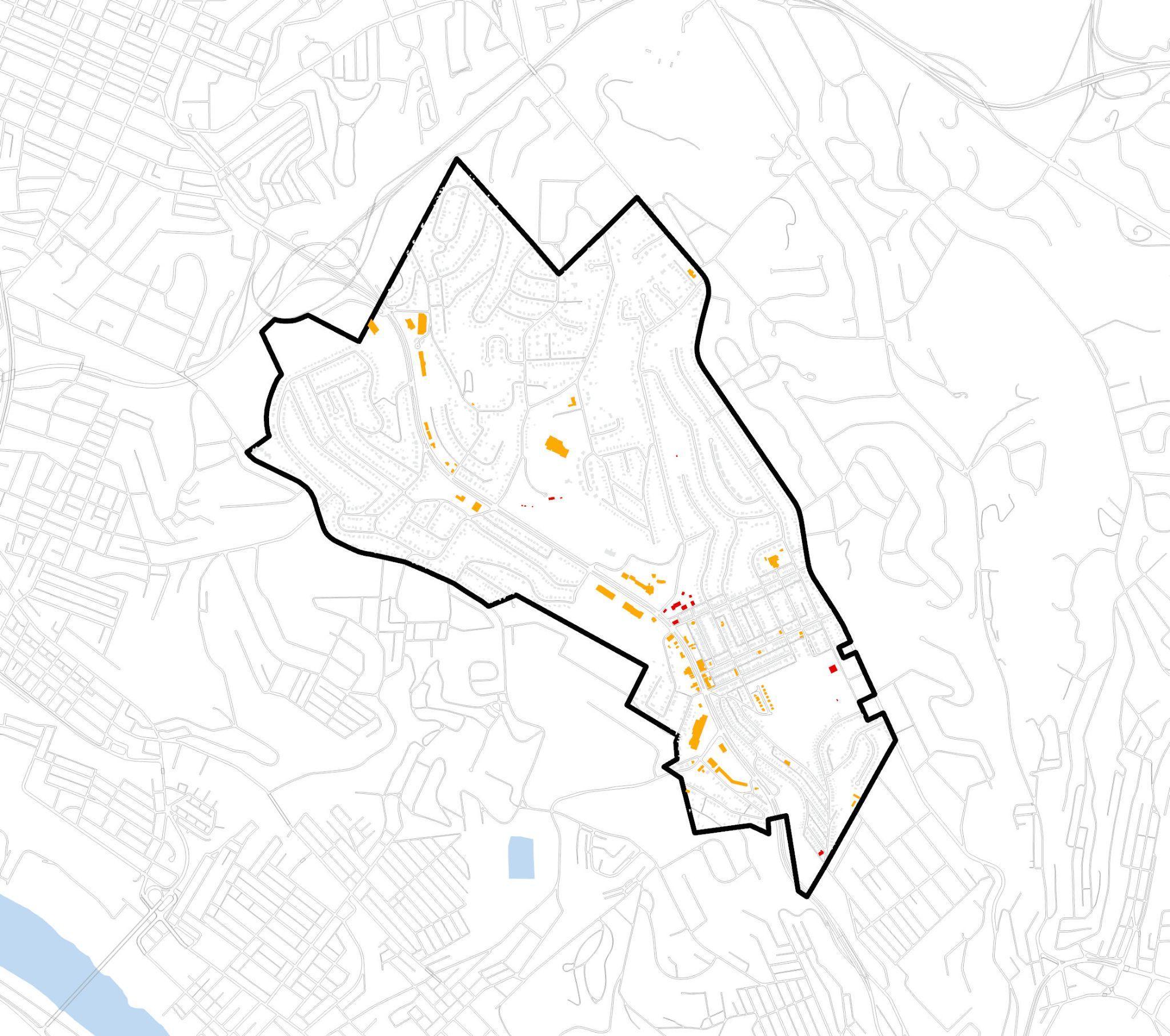
Over the course of a year, commercial buildings in Forest Hills consume an estimated
96,062,647 kBTUs
82% 18%


Residential Commercial
Source: Forest Hills Climate Action Plan, CONNECT

IN TOTAL

102 commercial buildings
651,712 ft2 total square footage
6,390 ft2 average building square footage

55,383,440 kBTU of electricity consumption (57.5%)
40,679,207 kBTU of natural gas consumption (42.5%)
Source: Forest Hills Climate Action Plan, Connect; Allegheny County Property Assessments
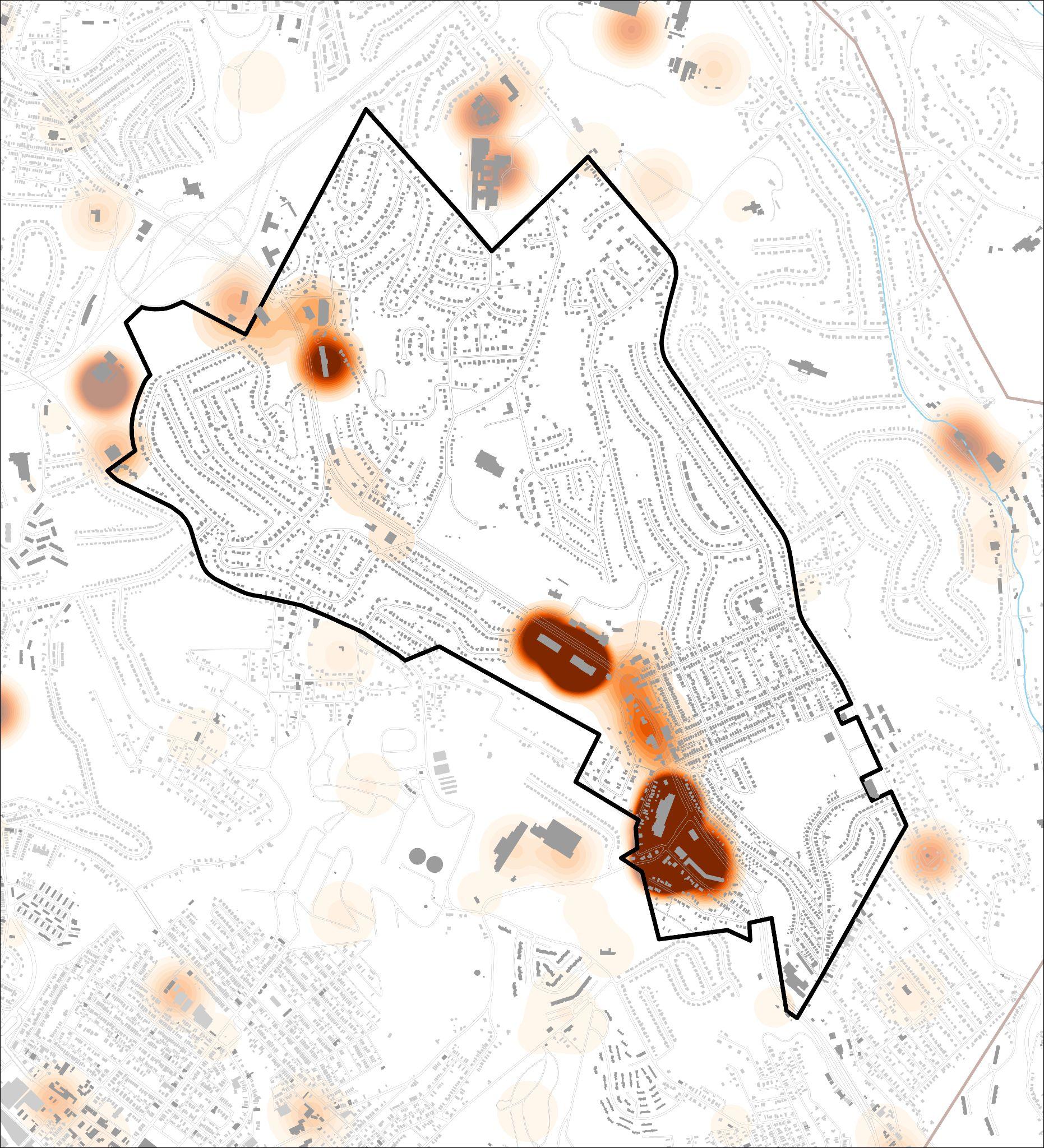




According to the Forest Hills Climate Action Plan, what year does Forest Hills aim to reach net zero carbon emissions?
Source: Forest Hills Climate Action Plan; CONNECT


Through Proclamation and by action of the Forest Hills
Borough Council, Forest Hills has established a goal of achieving net zero carbon emissions throughout the community by 2050.
Source: Forest Hills Climate Action Plan; CONNECT


Forest Hills emits
51,144 metric tons of Greenhouse Gas emissions, which means the community must reduce emissions by 3.3% annually to reach this goal.
Source: Forest Hills Climate Action Plan; CONNECT
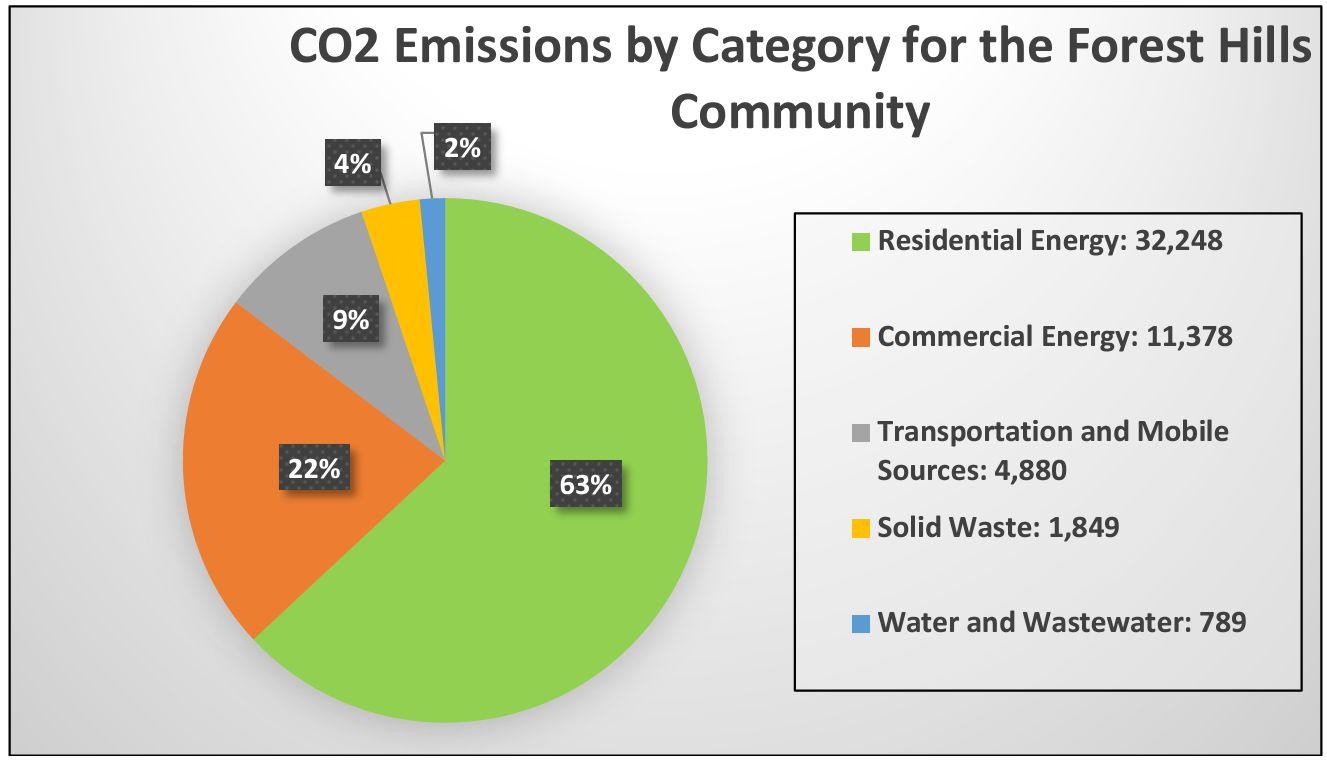

Source: Forest Hills Climate Action Plan;

MEASURE CONSERVE
RENEWABLES
MEASURE Benchmark your usage
CONSERVE
Design, right size, and reduce consumption
RENEWABLES
Green energy and energy offsets

Over the course of a year, buildings in Forest Hills consume an estimated
440,707,806 kBTUs
Understand how much energy your building is using and how it is using it.
52%

Residential
48%

Commercial
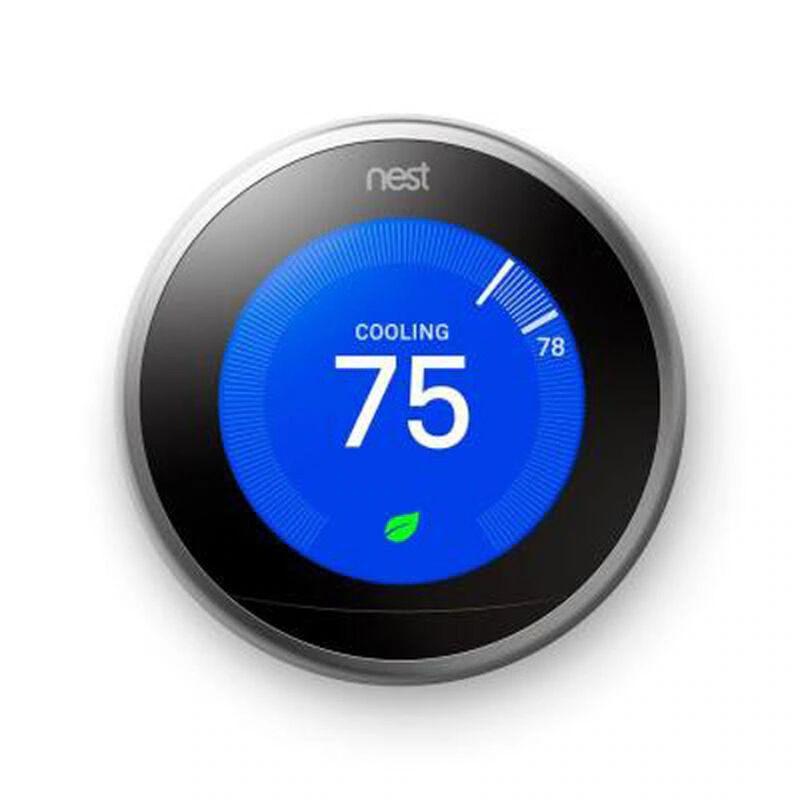
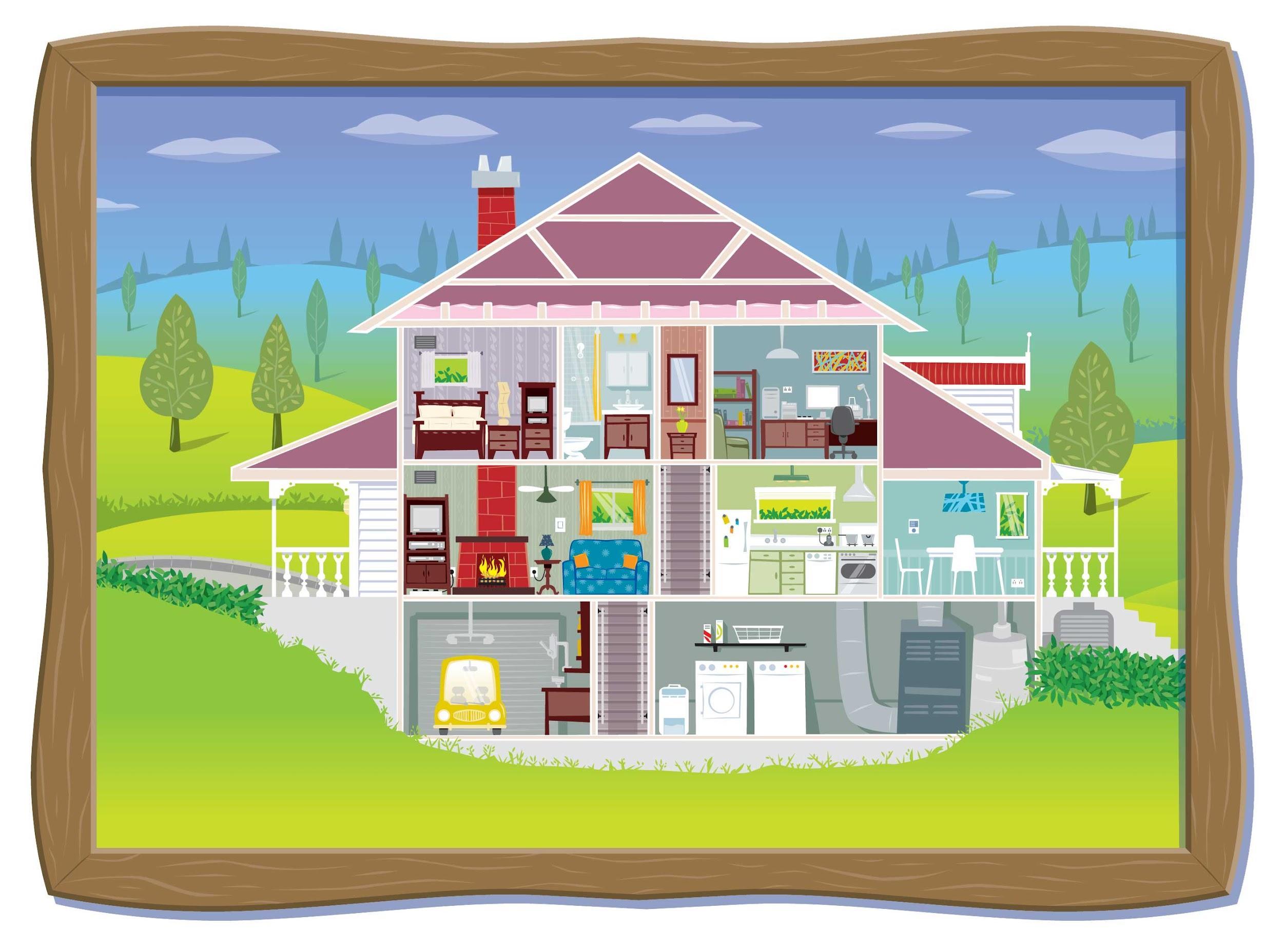
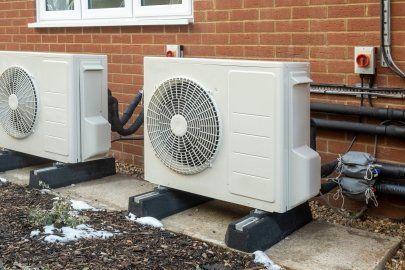
Convert to LED lights
Paint roof white Install solar Use alternative transportation Engage in car or bike sharing
Do not idle
Upgrade, tune up, or change filters on your HVAC system
Insulate your attic Recycle Purchase Energy Star and WaterSense
appliances
Turn lights off
Unplug electronics when not in use
Put your thermostat on a schedule
Perform an energy audit
Weatherize doors and windows
Homeowners can reduce their energy consumption by
5% - 30% by making efficiency upgrades and changing behavior.


70% of buildings in Forest Hills are candidates for solar arrays.
If every eligible roof installed solar panels, the energy produced would account for ~12% of building energy consumption in Forest Hills.

Source: Google Sunroof

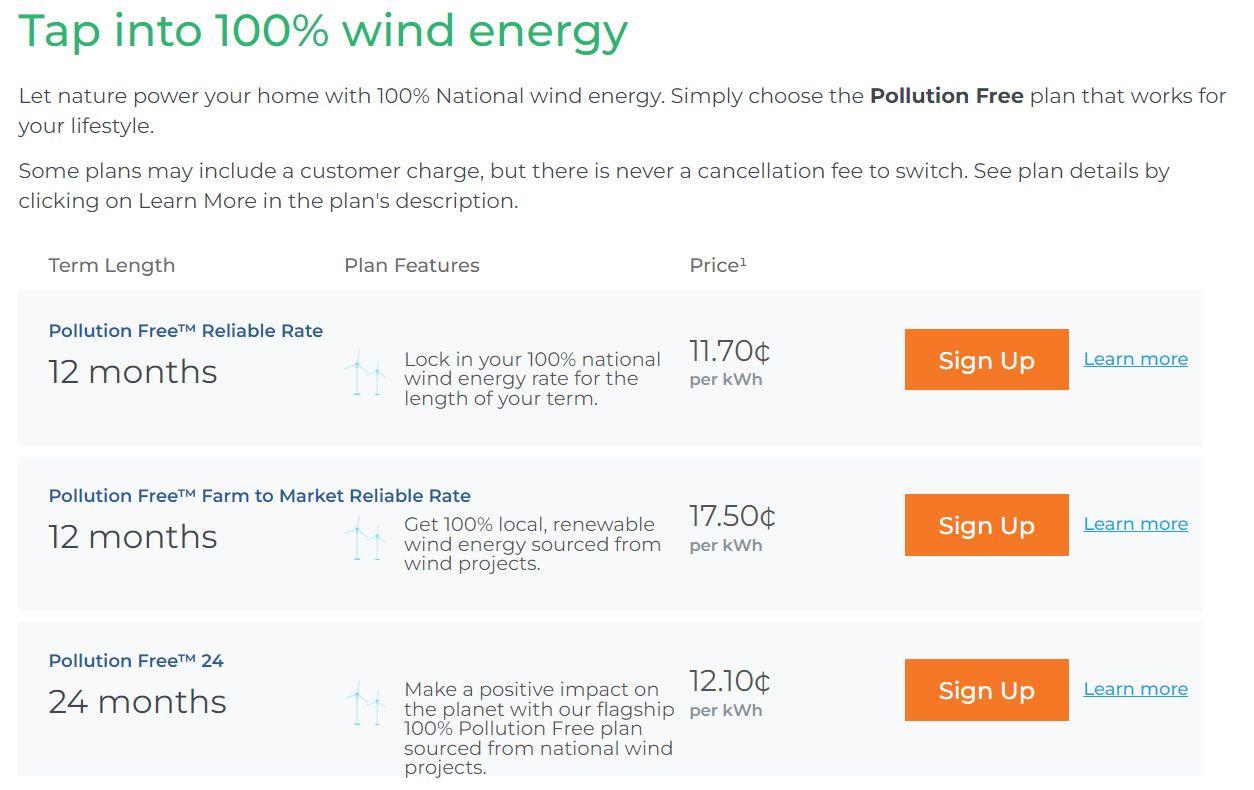
Pay for green energy through your existing utility.
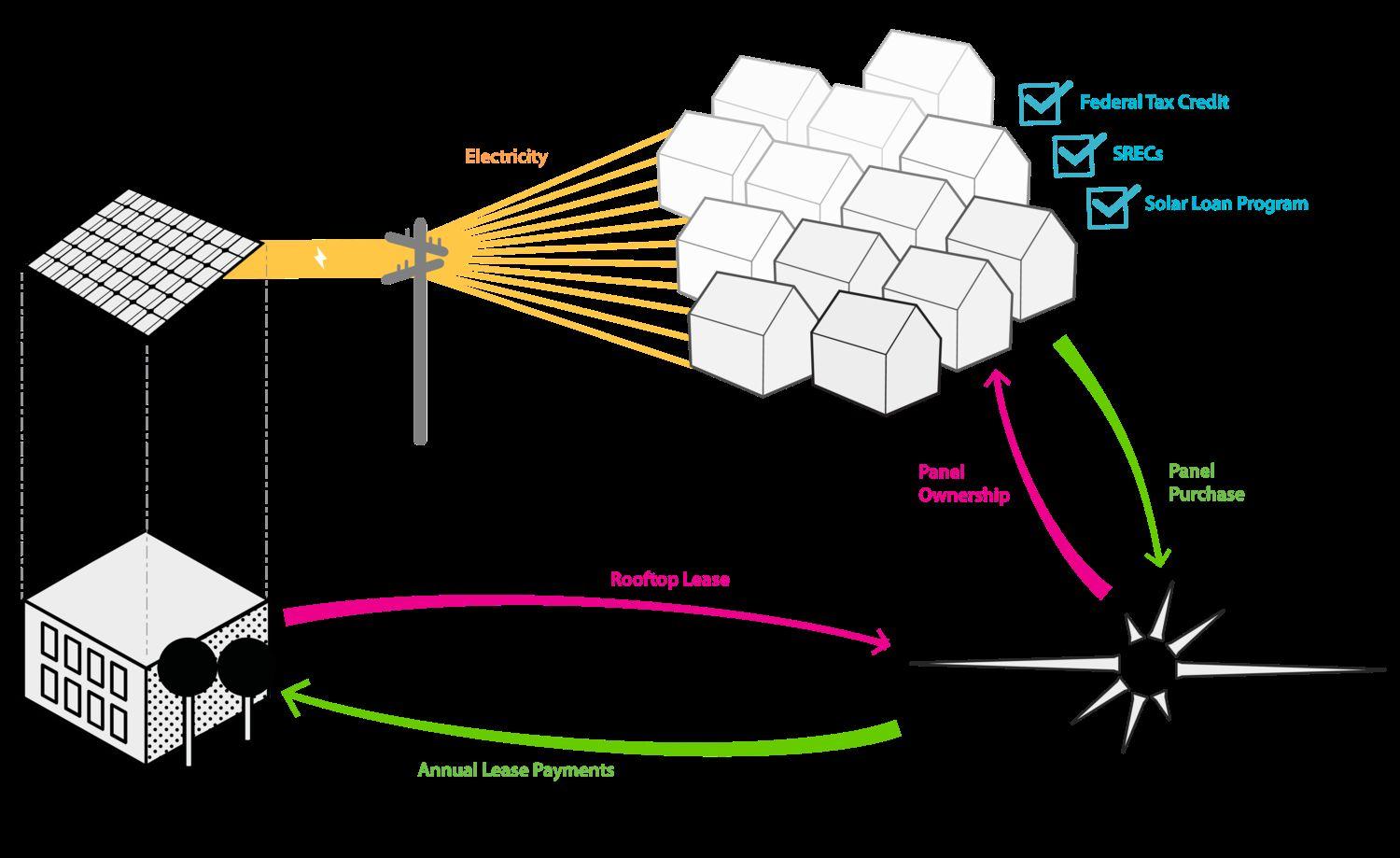
Weatherization
Appliances
Water Heaters
Smart Thermostats
Heating & Cooling
Appliance recycling
Whole-house energy

▪ Contact your utility company to arrange a reduced payment plan.
▪ Apply for a Dollar Energy Fund Grant.
▪ Apply for Low Income Home Energy Assistance Program (LIHEAP).

See https://connect.alleghenycounty.us/housing-shelter/rent-and-utility-resources/ for more information.
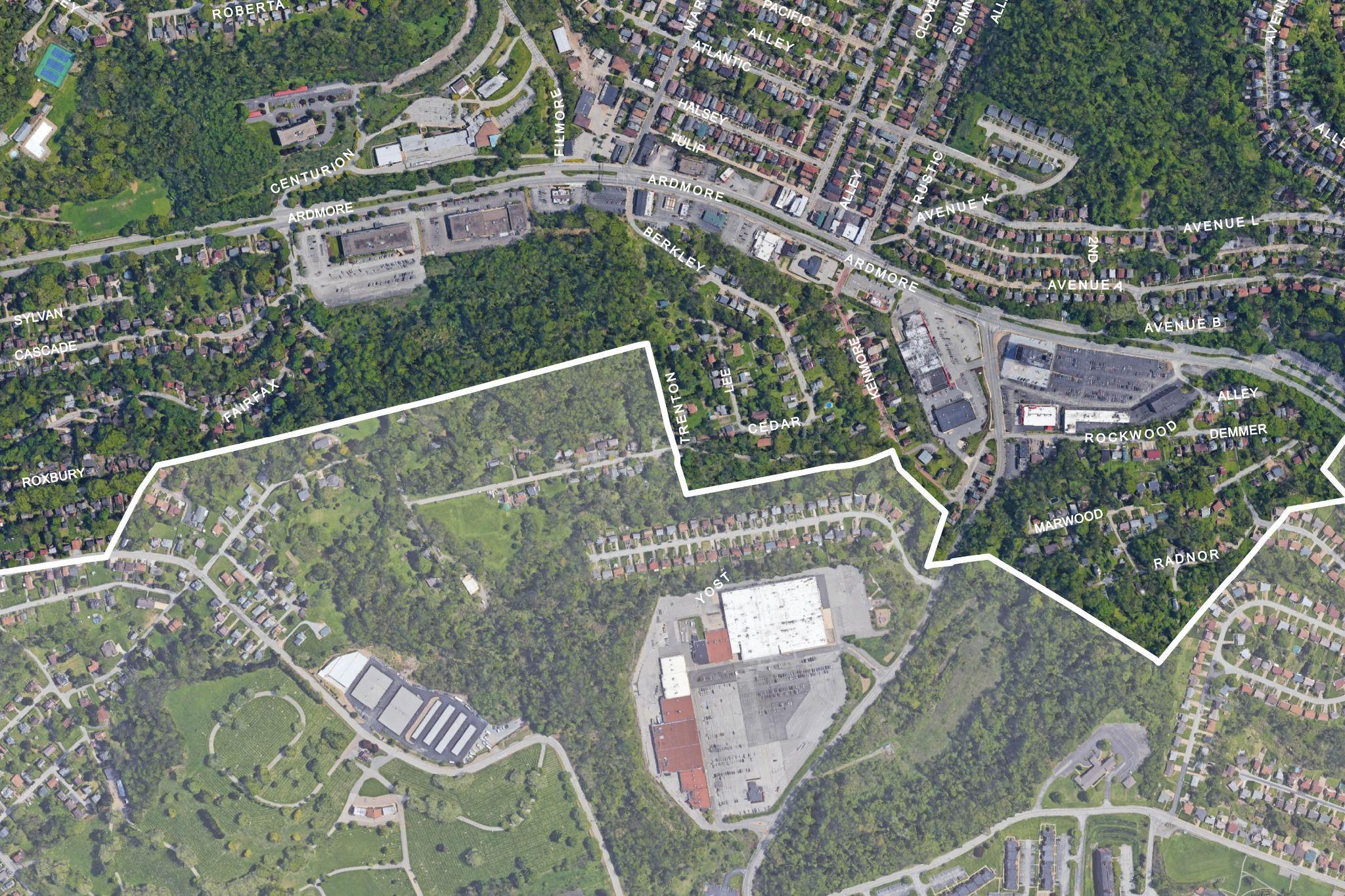


The ability to move freely and easily.
Walking Riding public transportation
Driving a car
Paddling a kayak
Riding a bicycle
Moving through Forest Hills
Going to Forest Hills
Going to visit family or friends
Going downtown
Going to a Pirates game
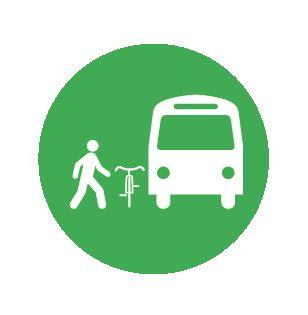
The ability to pass into and out of a place.
Walking to an entrance
Walking from a bus stop
Walking from a parking area
Being able to walk with a stroller
Having a place to park a bicycle
Having a place to park a car


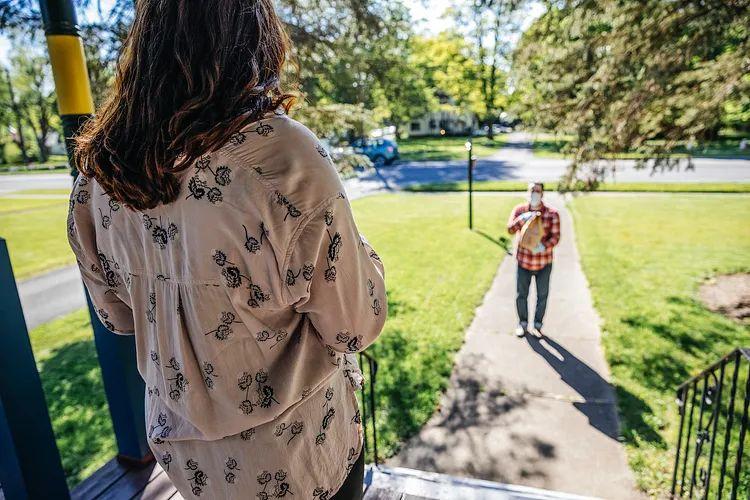 Photo: Carnegie Mellon University
Photo: The Good Brigade/DigitalVision/Getty Images
Photo: Carnegie Mellon University
Photo: The Good Brigade/DigitalVision/Getty Images
Accessibility is most commonly used to refer to the Americans with Disabilities Act. Accessible structures are in compliance with ADA.
Curb ramps
Vehicle ramps or lifts
Designated parking spaces
Automatic doors
Elevators
Circulation ramps

Affordability
Air quality
Energy use
Equity
Greenhouse gas emissions
Land use
Physical health
Social interactivity
Traffic safety

An organization or community establishes a mode pyramid to help it make decisions about how to use its resources.



● AFFORDABILITY
● AIR QUALITY
● COST TO MAINTAIN
● ENERGY USE
● LAND USE
● PHYSICAL ACTIVITY
When tailpipe emissions and the energy required to manufacture consumer vehicles were combined, motorists generated 40 percent of all U.S. climate pollution in 2019 (the most recent year for which data are available). (Streetsblog)
The US has about 40,000 traffic deaths annually. PA saw a 4.5% increase from 2022 to 2023, for the same period. (NHTSA)
The Infrastructure Investment and Jobs Act (IIJA) has committed over $660 billion to transportation investments for the period from 2022 to 2026. (IIJA budget)
● DISTRACTED DRIVING
● DRIVING UNDER THE INFLUENCE
● LACK OF HELMET OR SEATBELT
● LARGER VEHICLES
● SPEEDING
“Tall trucks, SUVs are 45% deadlier to US pedestrians, study shows”
Reuters,November14,2023
Goals of this approach:
● System users are safe.
● The needs of the most vulnerable system users are met.
● Negative impacts of the system to the environment are minimized.
● The system creates opportunities for people to have positive interactions with the built environment and each other.
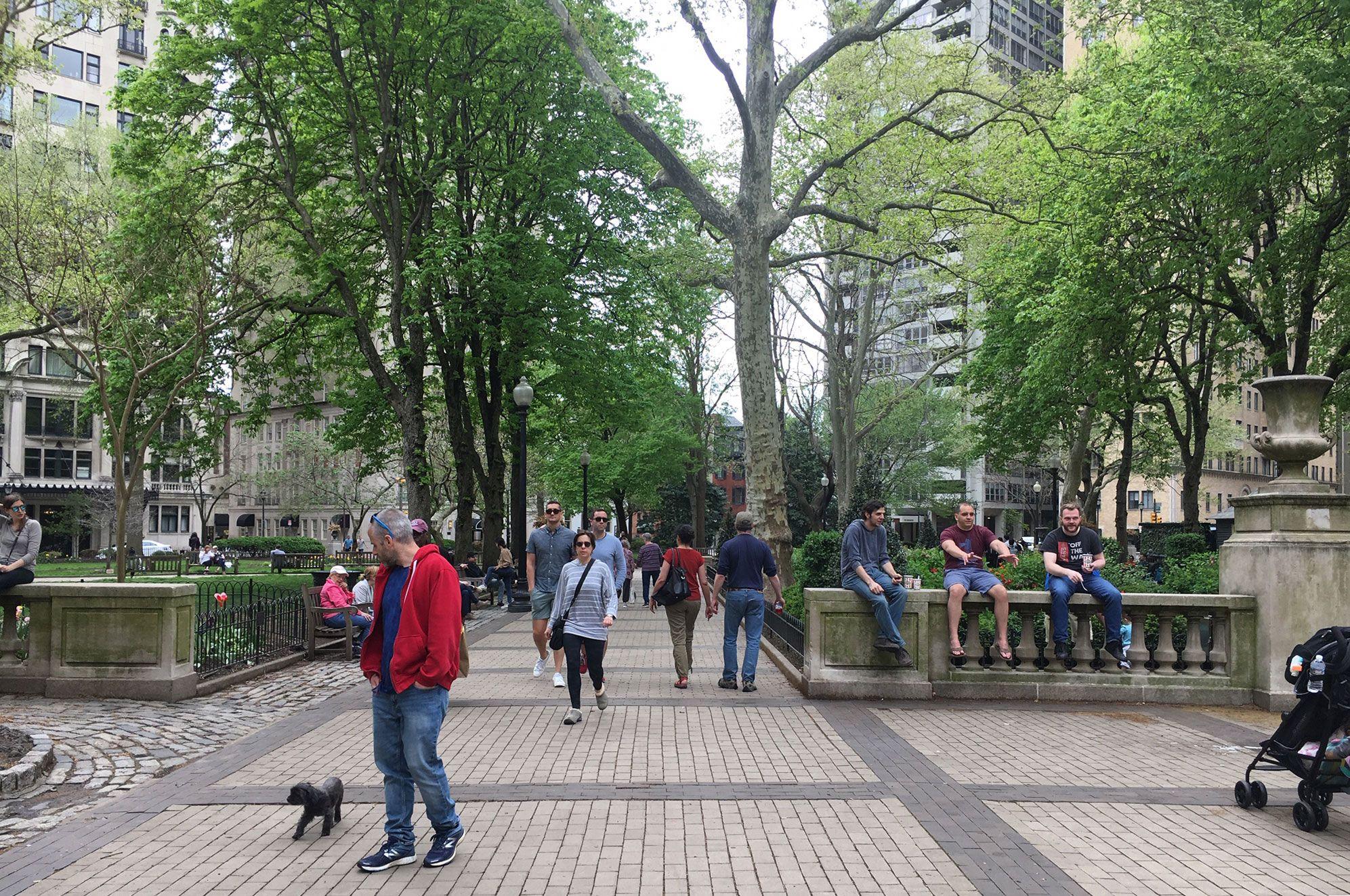 Photo: Congress for New Urbanism
Photo: Congress for New Urbanism
Ask yourself: safe for whom?
● Test safety in terms of vulnerable users (e.g. children, older adults, people with disabilities, etc.).
Ask yourself: what tradeoffs are we willing to make to prevent serious injuries and deaths?
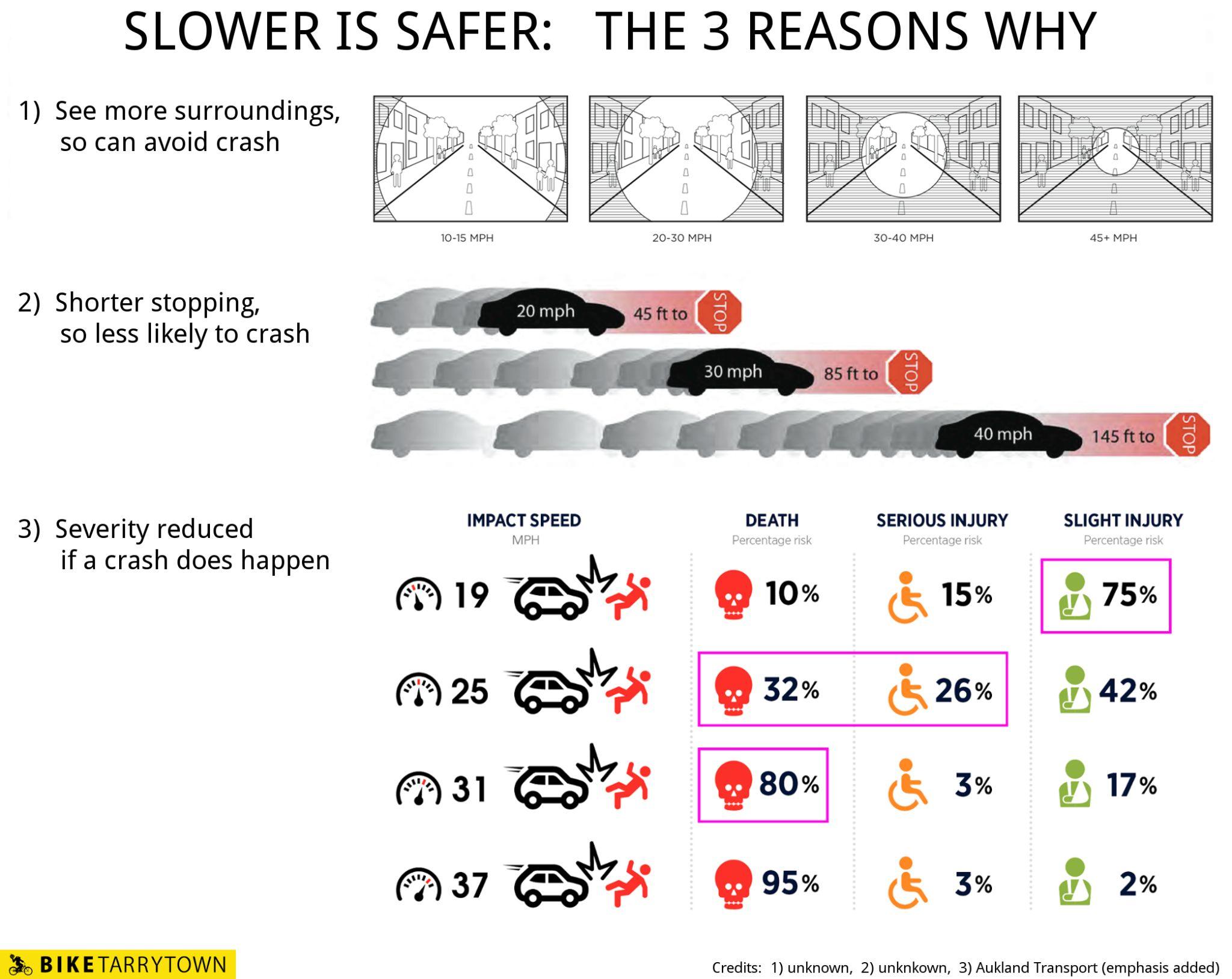
Ask yourself:
● Who has been harmed by past decisions?
● Who has the greatest need for a more multimodal system?
 Photo: Center for Neighborhood Technology
Photo: Center for Neighborhood Technology
● Who will benefit from this sustainable investment?
● Who will be able to utilize this sustainable investment?
● What are the potential downstream impacts of this sustainable investment?
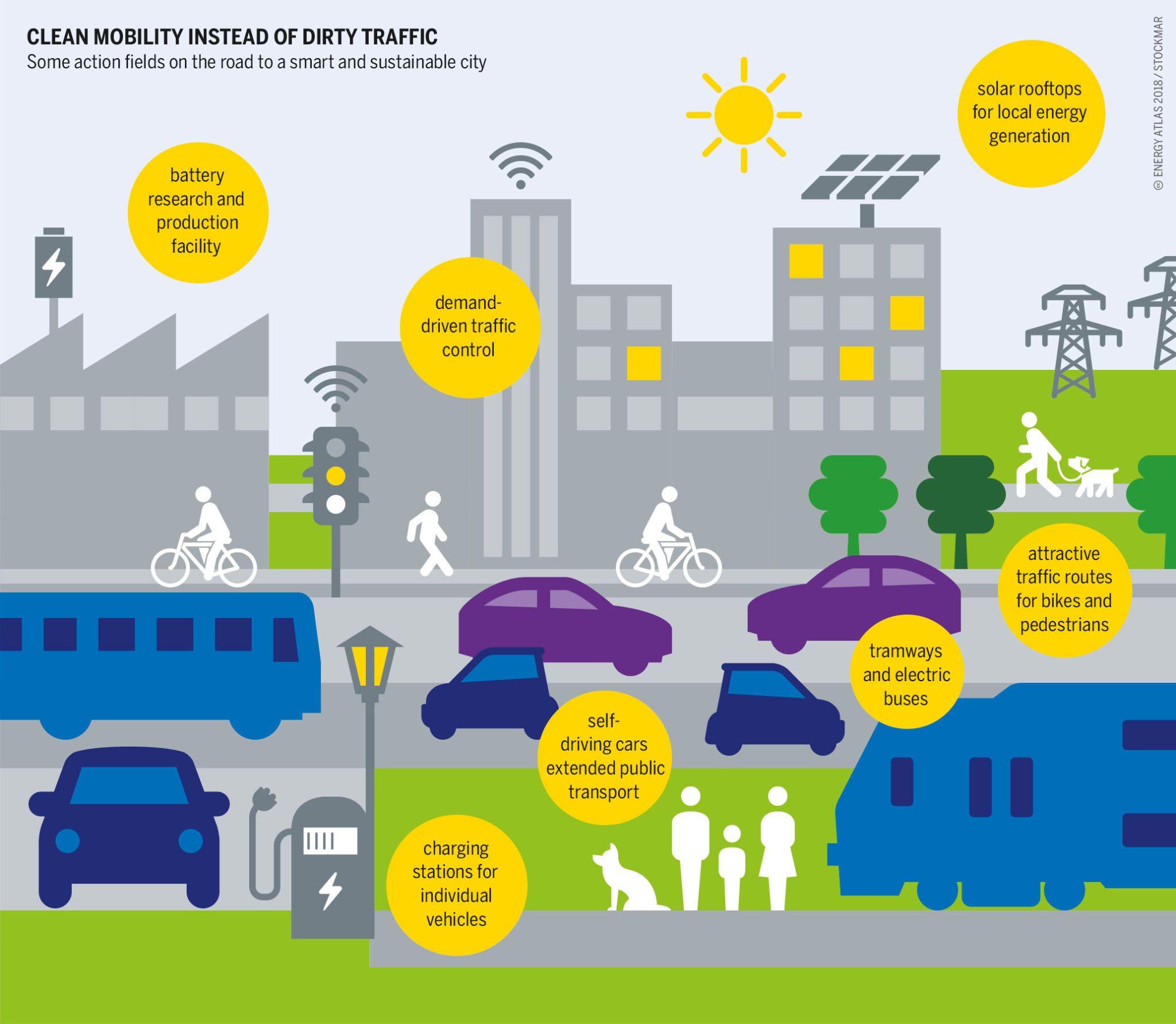
WHO CAN AFFORD ELECTRIC CARS?
CAN E-BIKES REMOVE BARRIERS?
HOW WILL AVS AFFECT WHERE WE LIVE?
Source: Center for Neighborhood Technology
● How does the design of our system make it comfortable and easy to use for all people?
● How does the design of our system create opportunities for people to interact with each other?
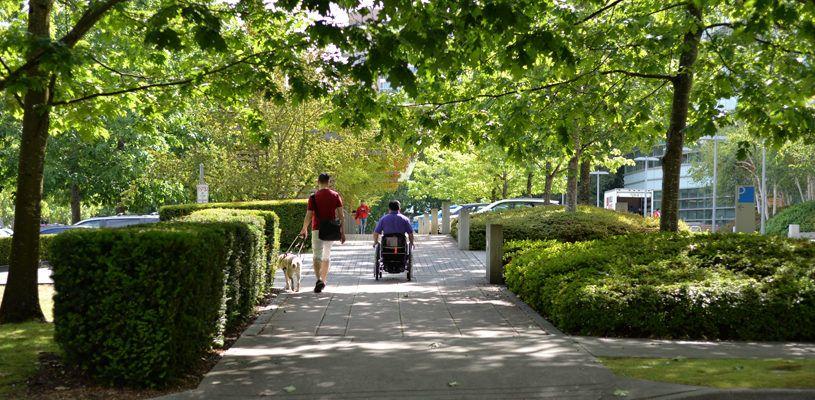 Source: Center for Neighborhood Technology
Photo: Municipal World
Source: Center for Neighborhood Technology
Photo: Municipal World
ZERO DEATHS
● Vision Zero

ZERO BARRIERS
● Access
● Accessibility
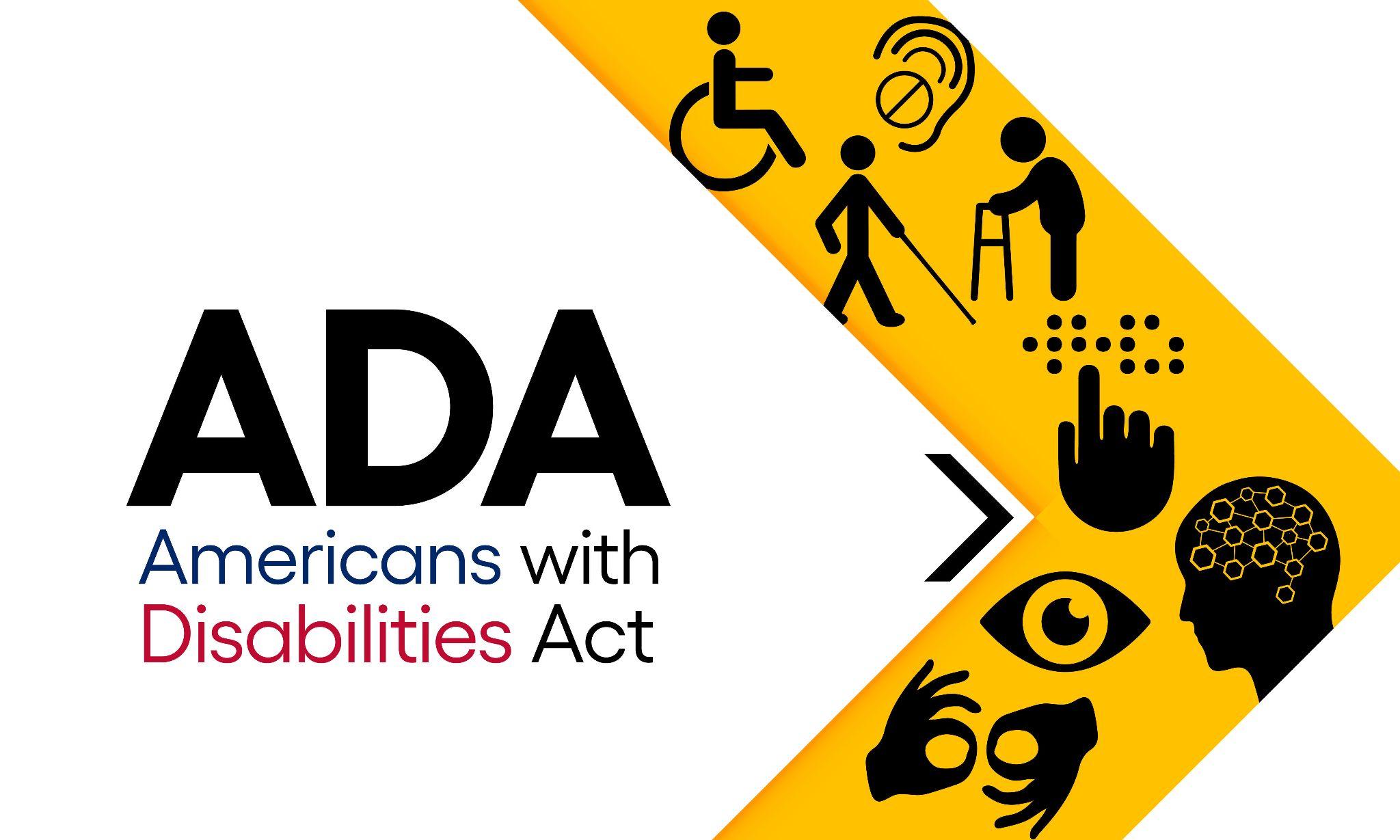
ZERO EMISSIONS
● Net Zero
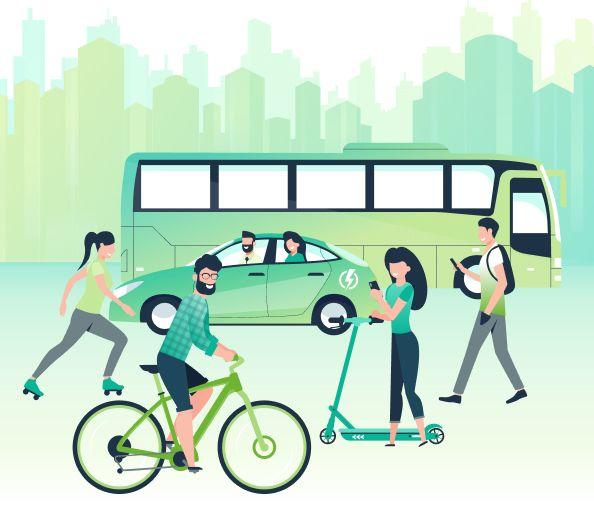
Source:

“Active Transportation Plan will address pedestrian, bicycle, and non-motorized transportation in Forest Hills”
Tree City Times, April 2021
“Police looking for hit-and-run driver in Forest Hills”
WTAE, April 4, 2021
“Florence Pickels launched Forest Hills bus service for those who needed a ride”
Pittsburgh Post Gazette, May 28, 2019
“Route 30/Ardmore Boulevard Paving in Forest Hills”
WPXI, April 12, 2023
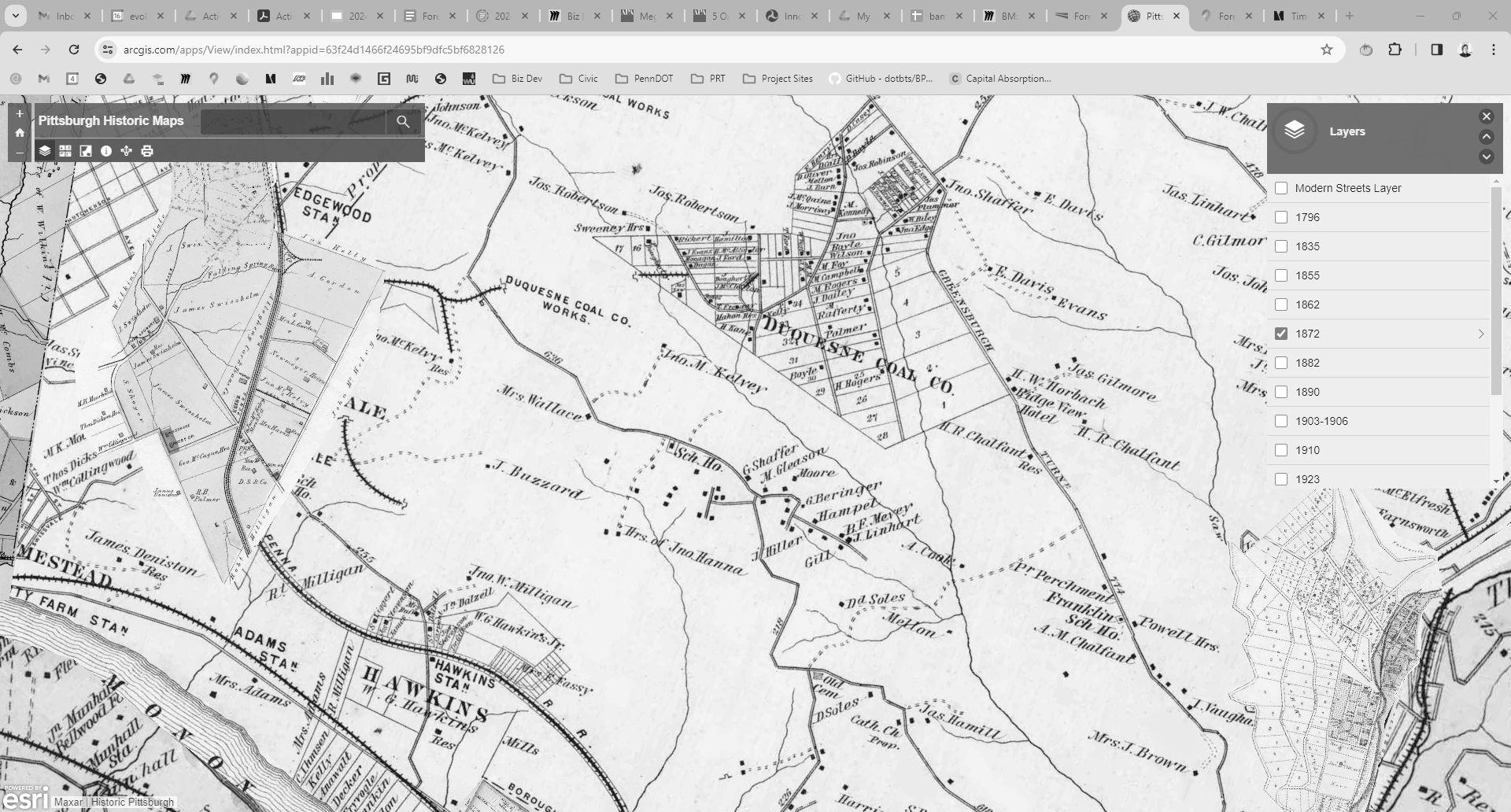
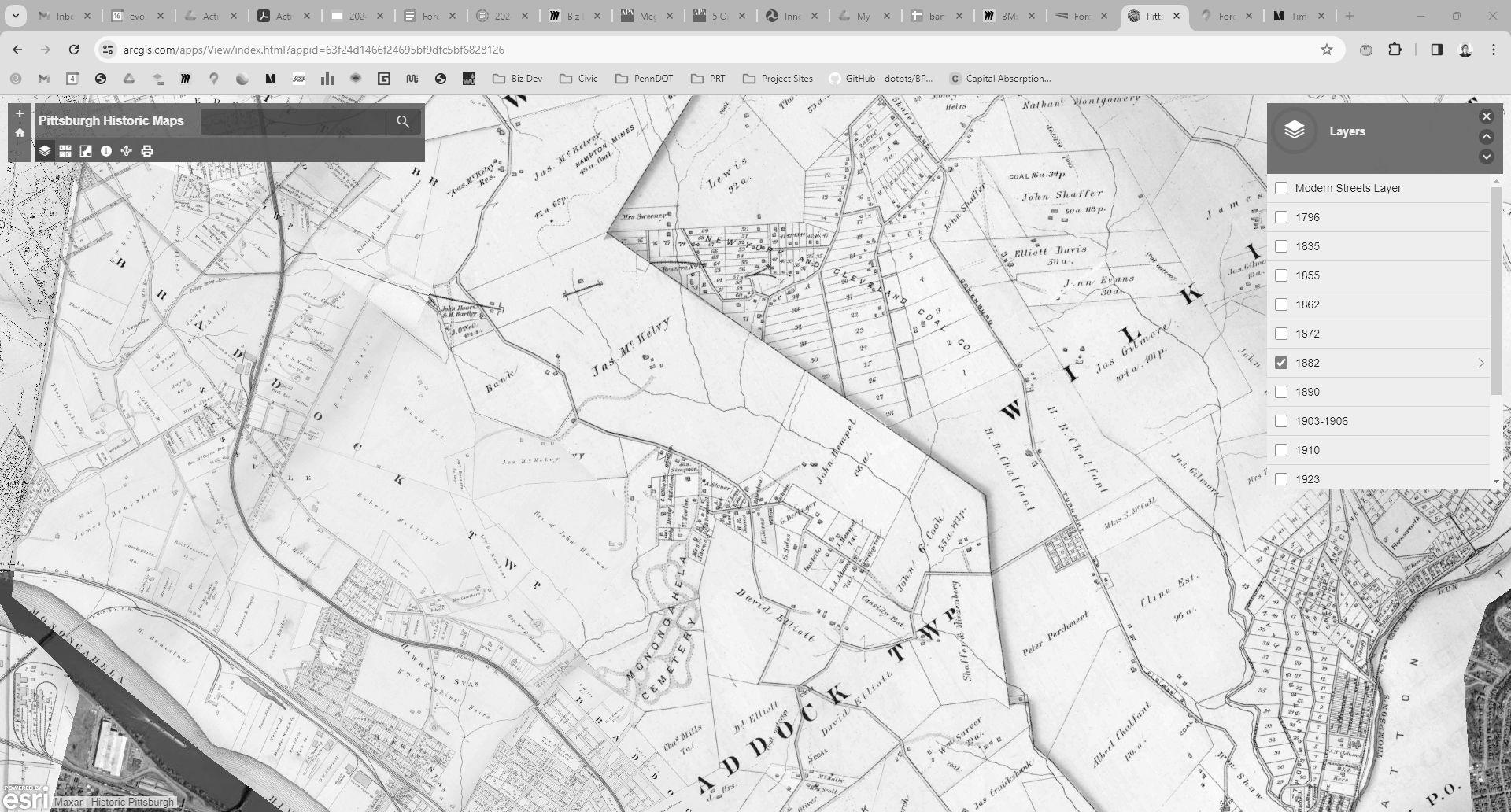

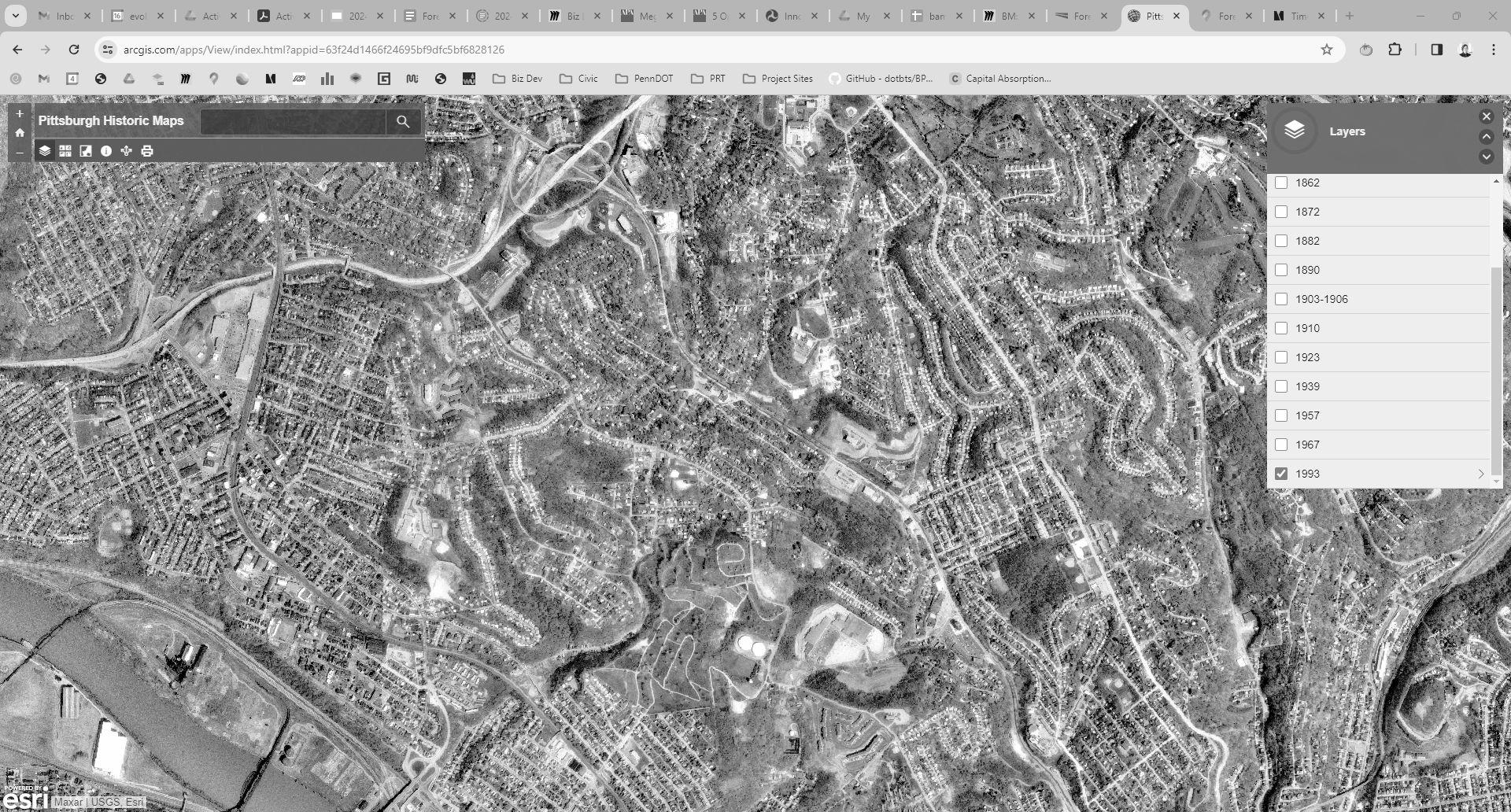
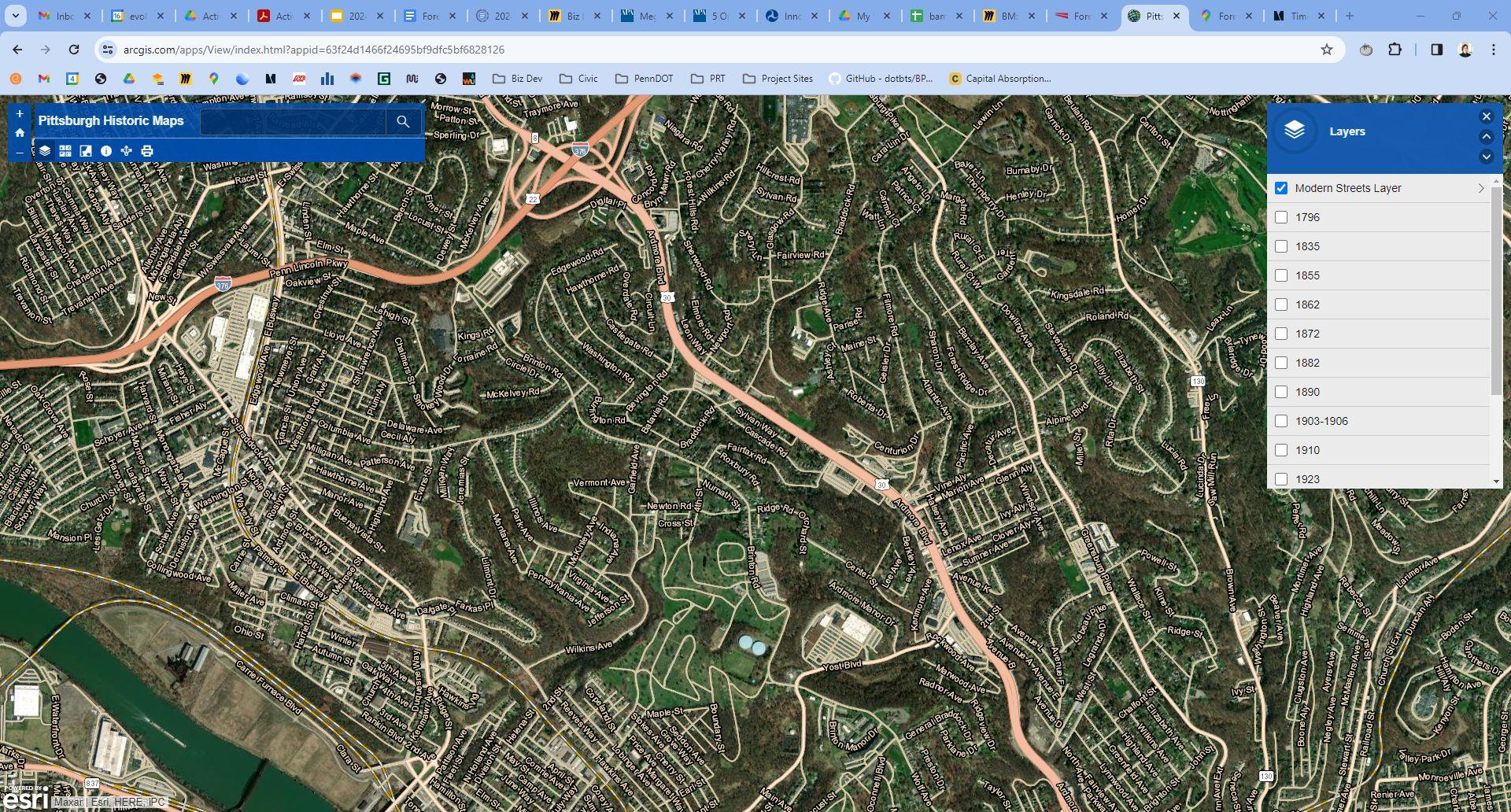
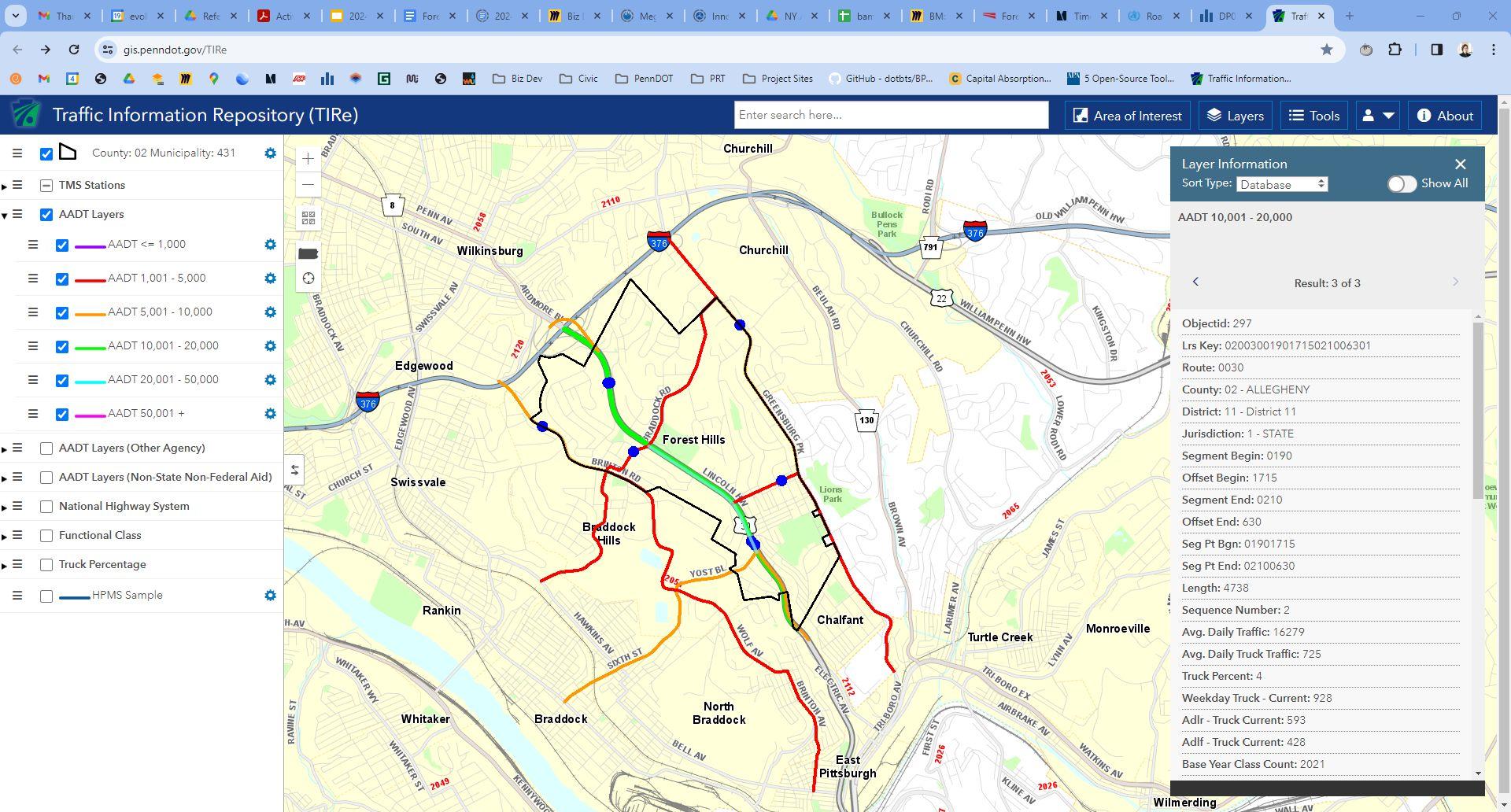

QUIZ!
How long does it take the average Forest Hills resident to get to work?
29 minutes!
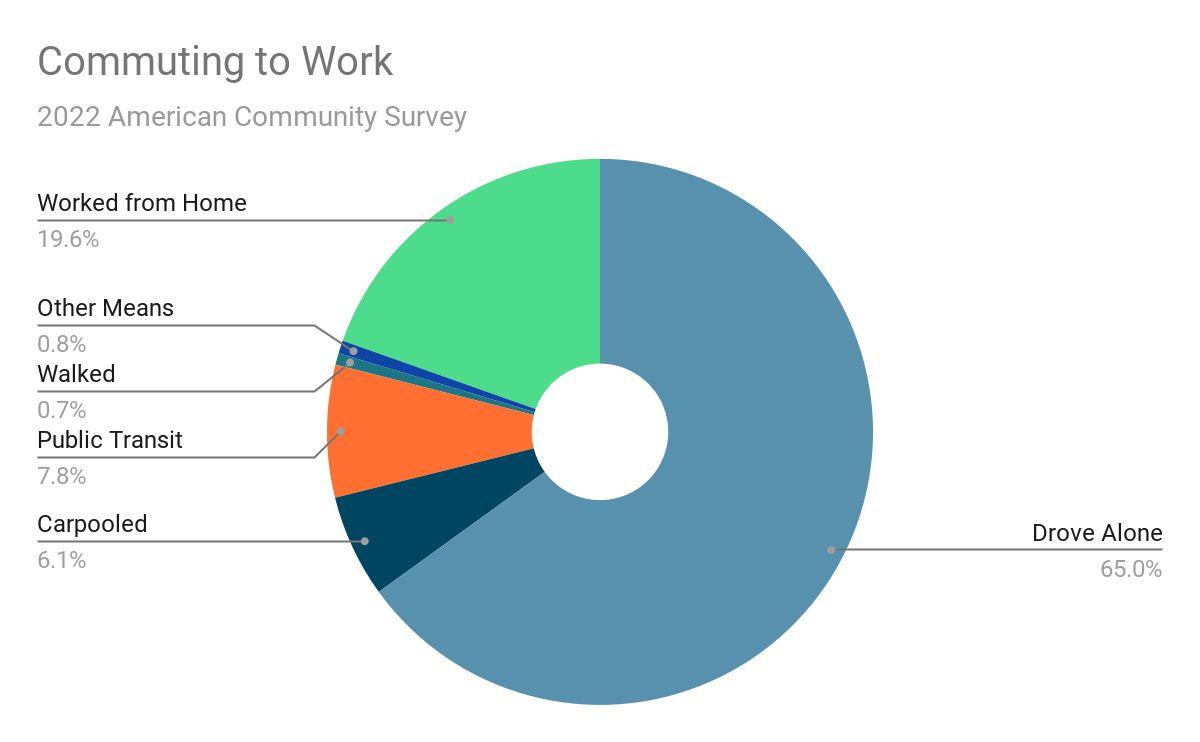
Trips to the grocery store, doctor, park, friend’s house, etc.

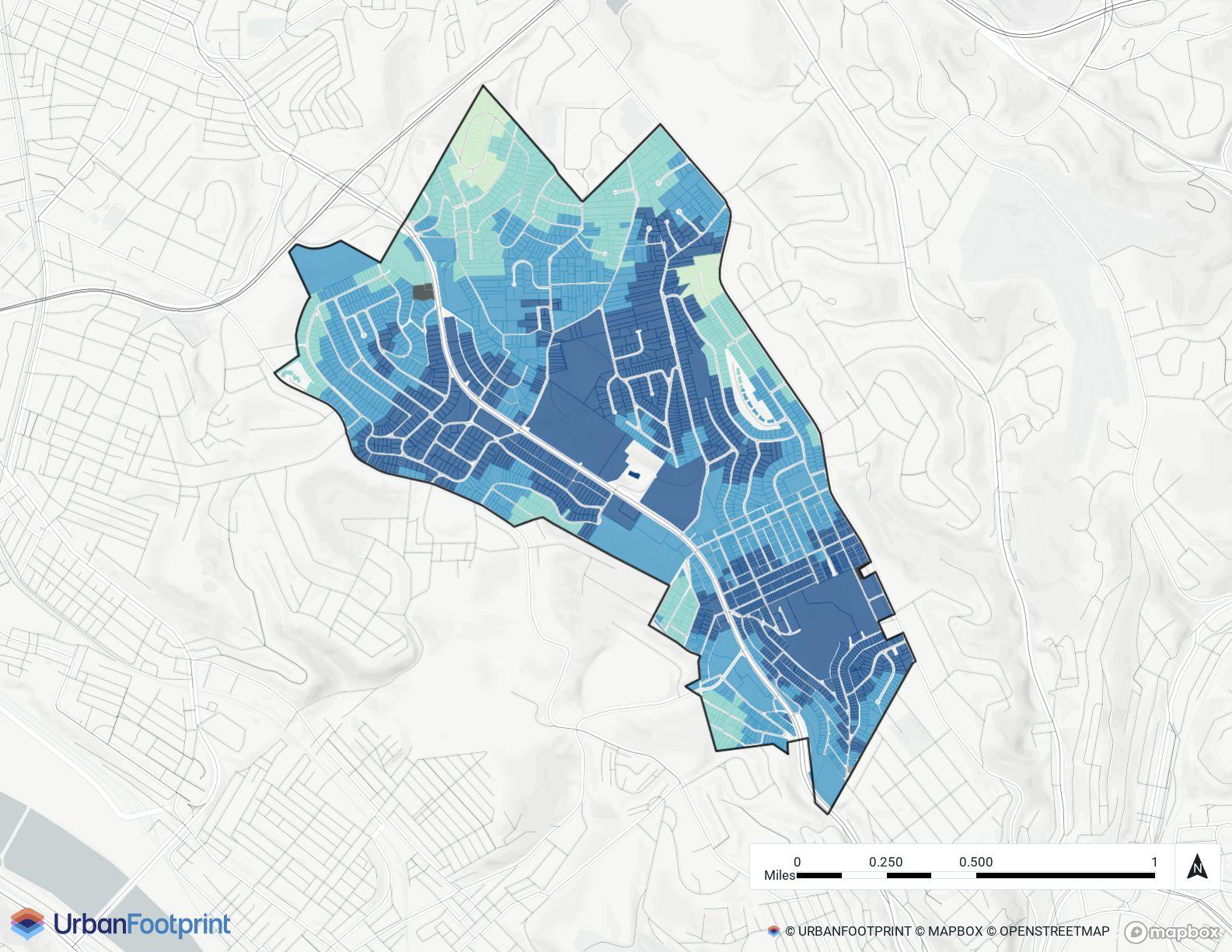
How can we increase access to parks via walking?
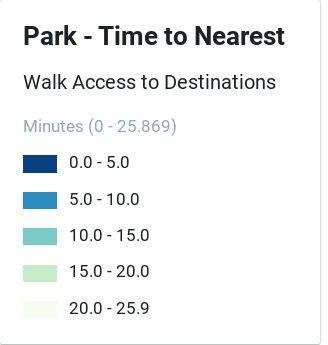


How can we increase access to jobs via walking?


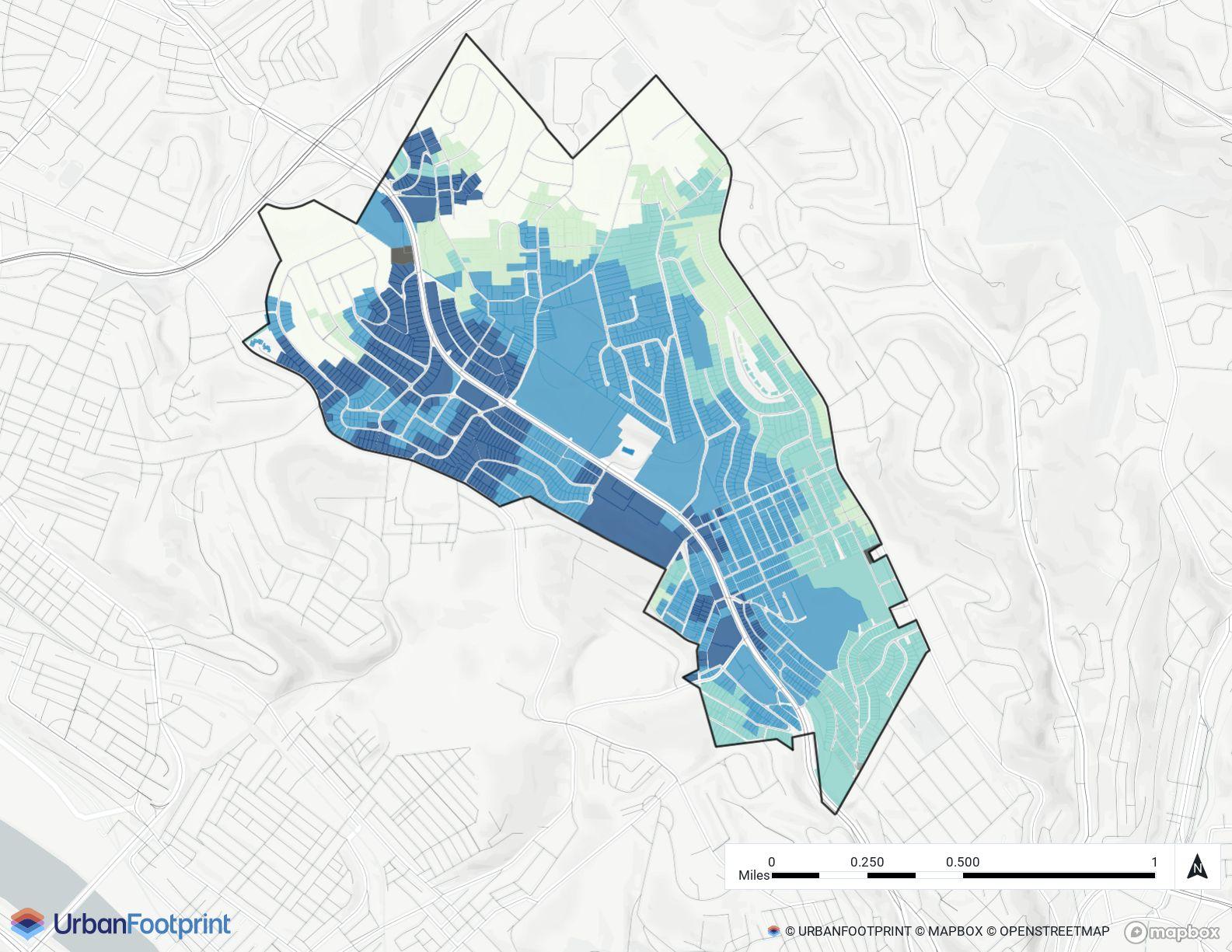
How can we increase access to jobs via transit?
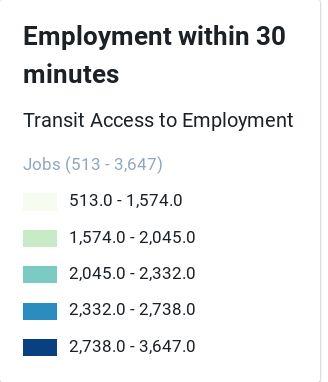

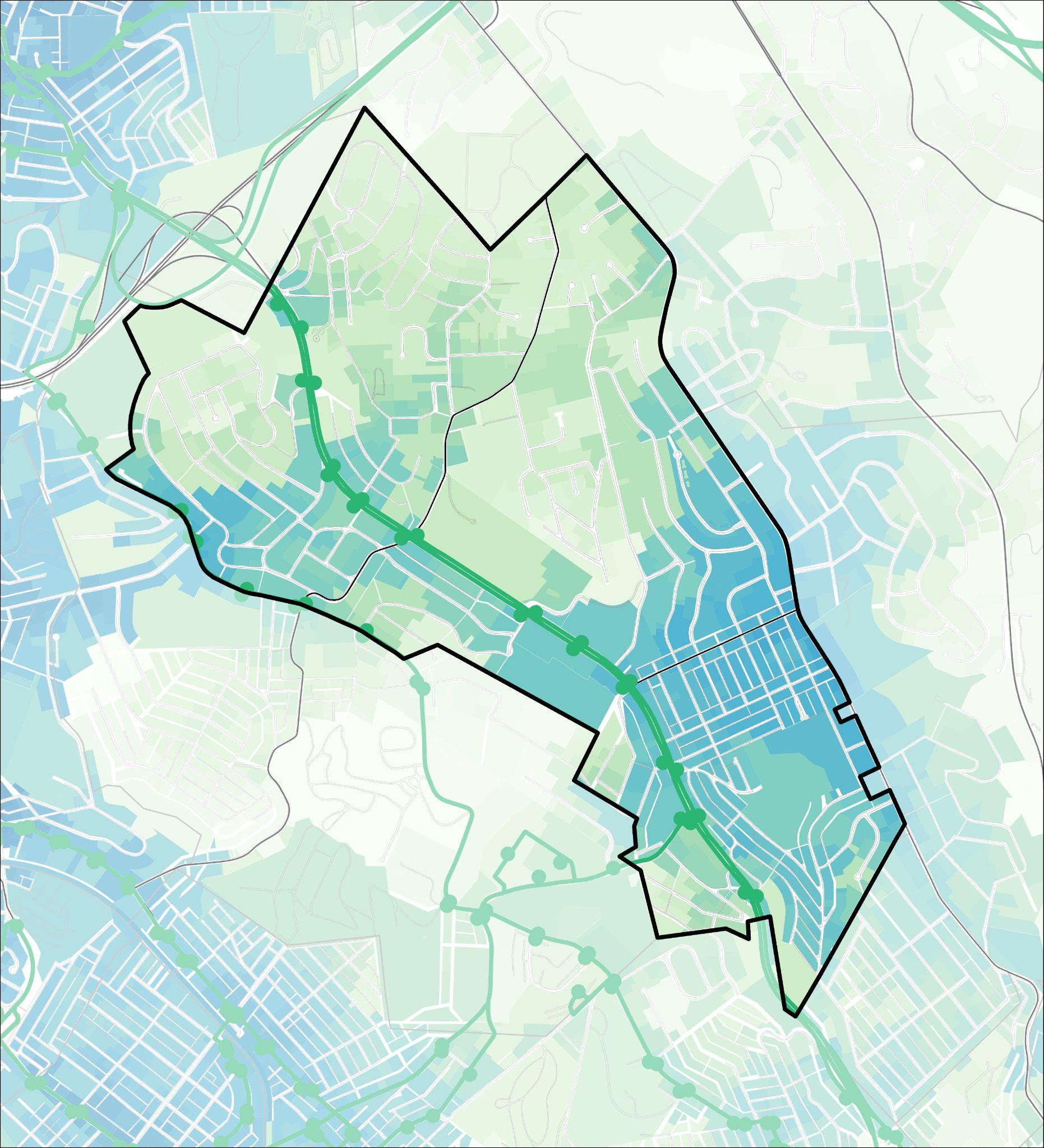


How can we create an active transportation network (sidewalks, recreational trails, connecting parks, etc.)?

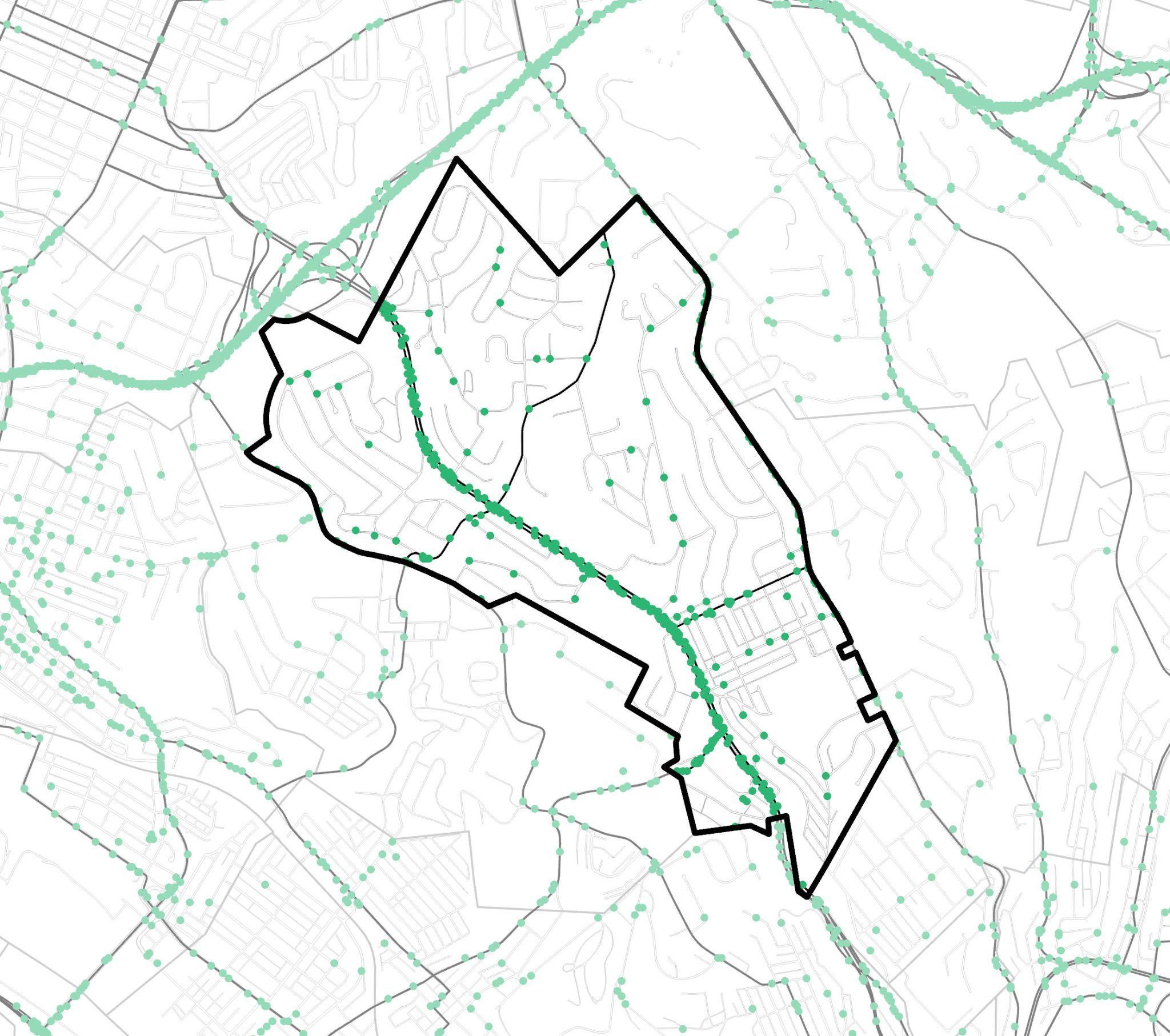
How can we improve traffic safety?

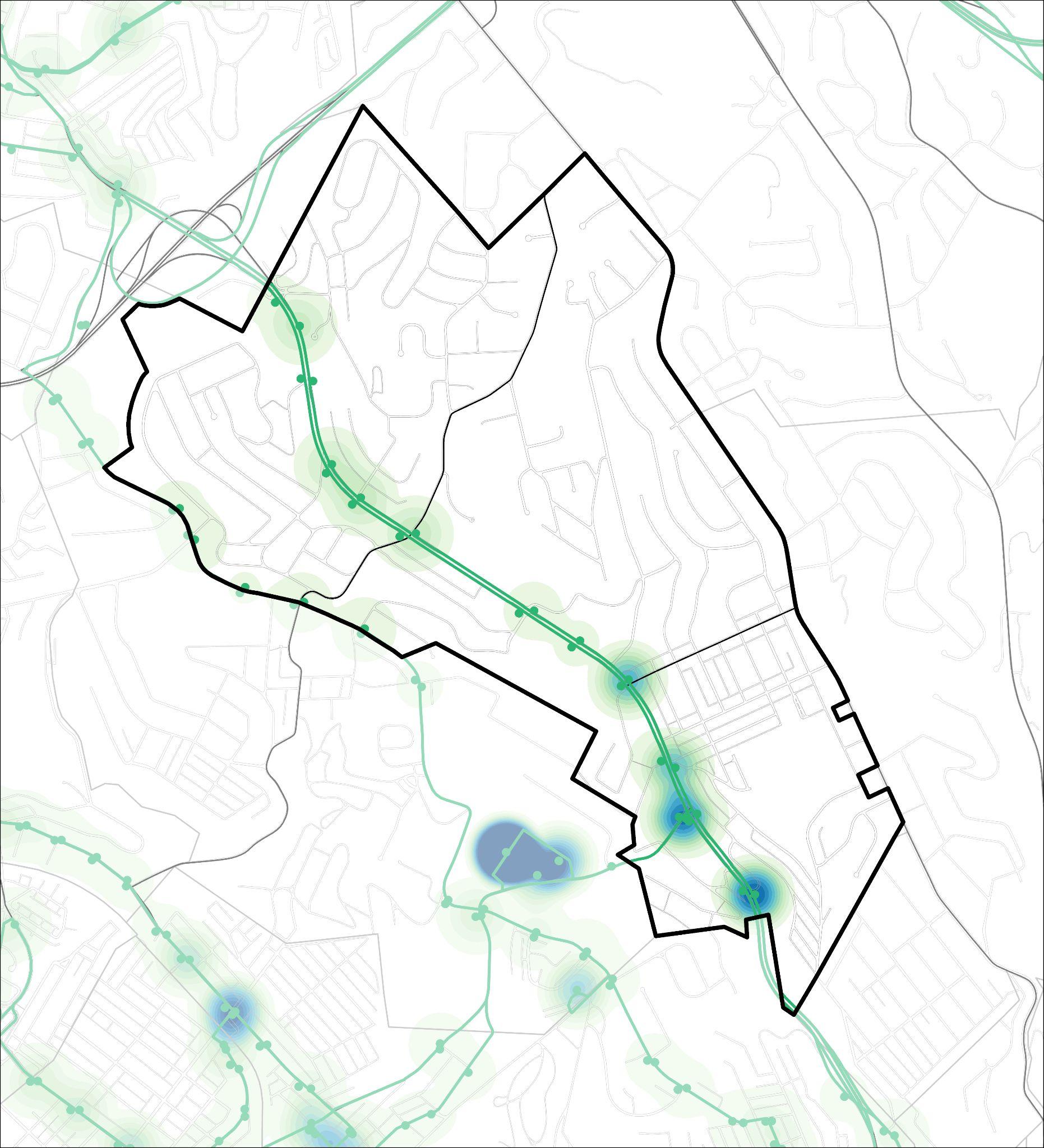
How
The foundation blocks of the main business district were those who dared , and succeeded , in establishing businesses along what they hoped would become a busy road
The part of the community near ardmore developed first and was the most dense Ardmore was always envisioned as the backbone of the community

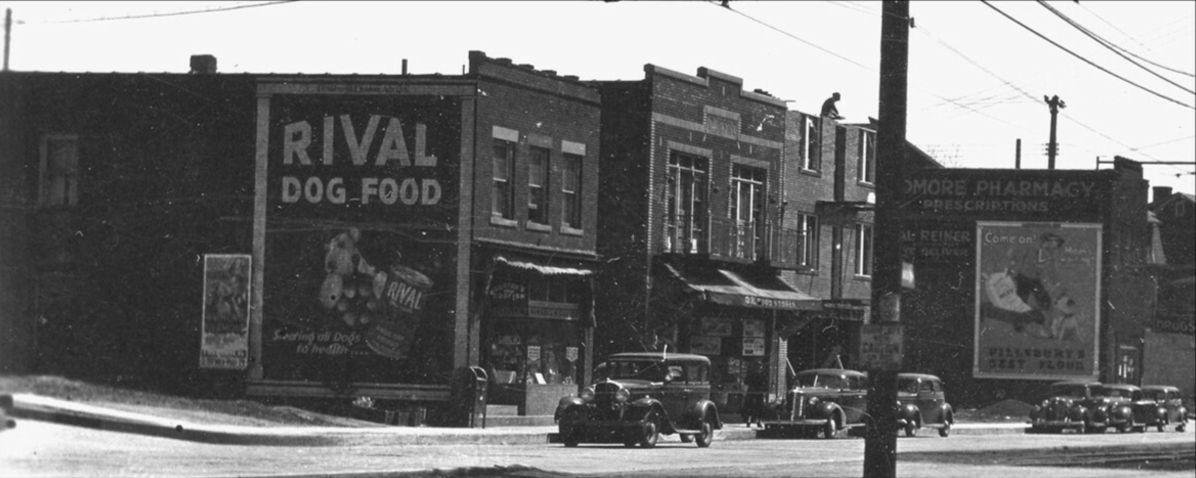
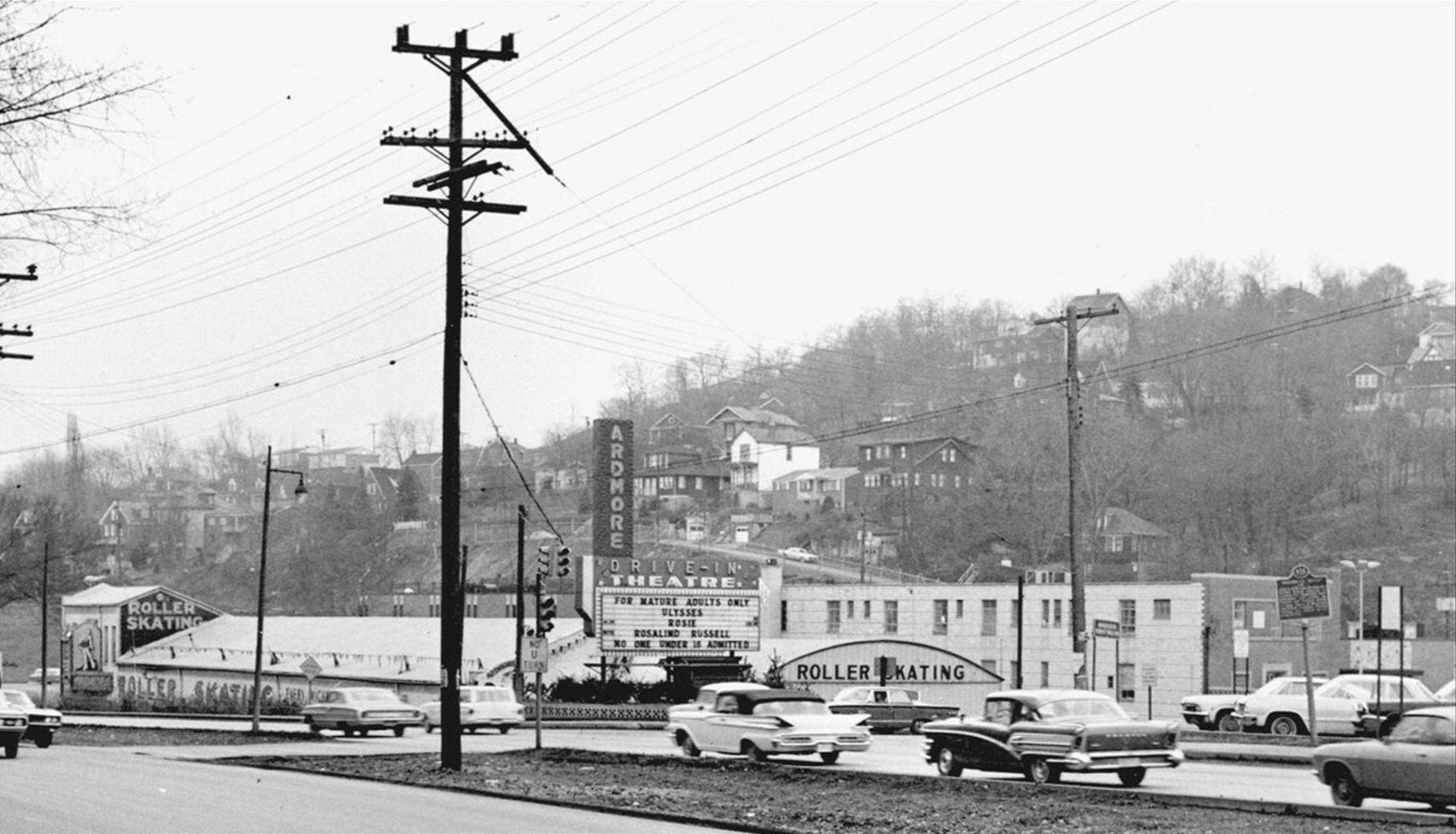
And this contributed to the identity of Forest Hills is a through-way
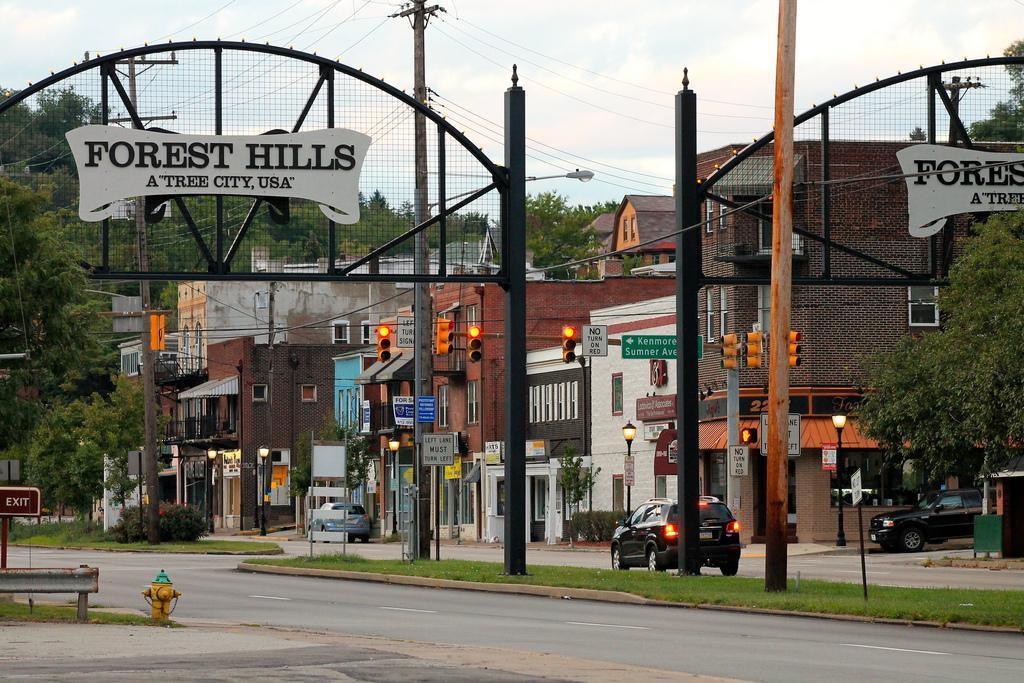

All people will be able to move freely and safely about Forest Hills Borough regardless of age, ability, or mode of travel.
System-wide Goals
● Complete the sidewalk network
● Improve conditions for cycling
● Advocate for transit service on Greensburg Pike
● Maintain public steps
● Update borough budget and code
Catalytic Projects
● Improve conditions for walking on Ardmore Boulevard
● Calm traffic on Greensburg Pike
● Improve access for people who walk and ride transit on Brinton Rd
● Complete Streets policy
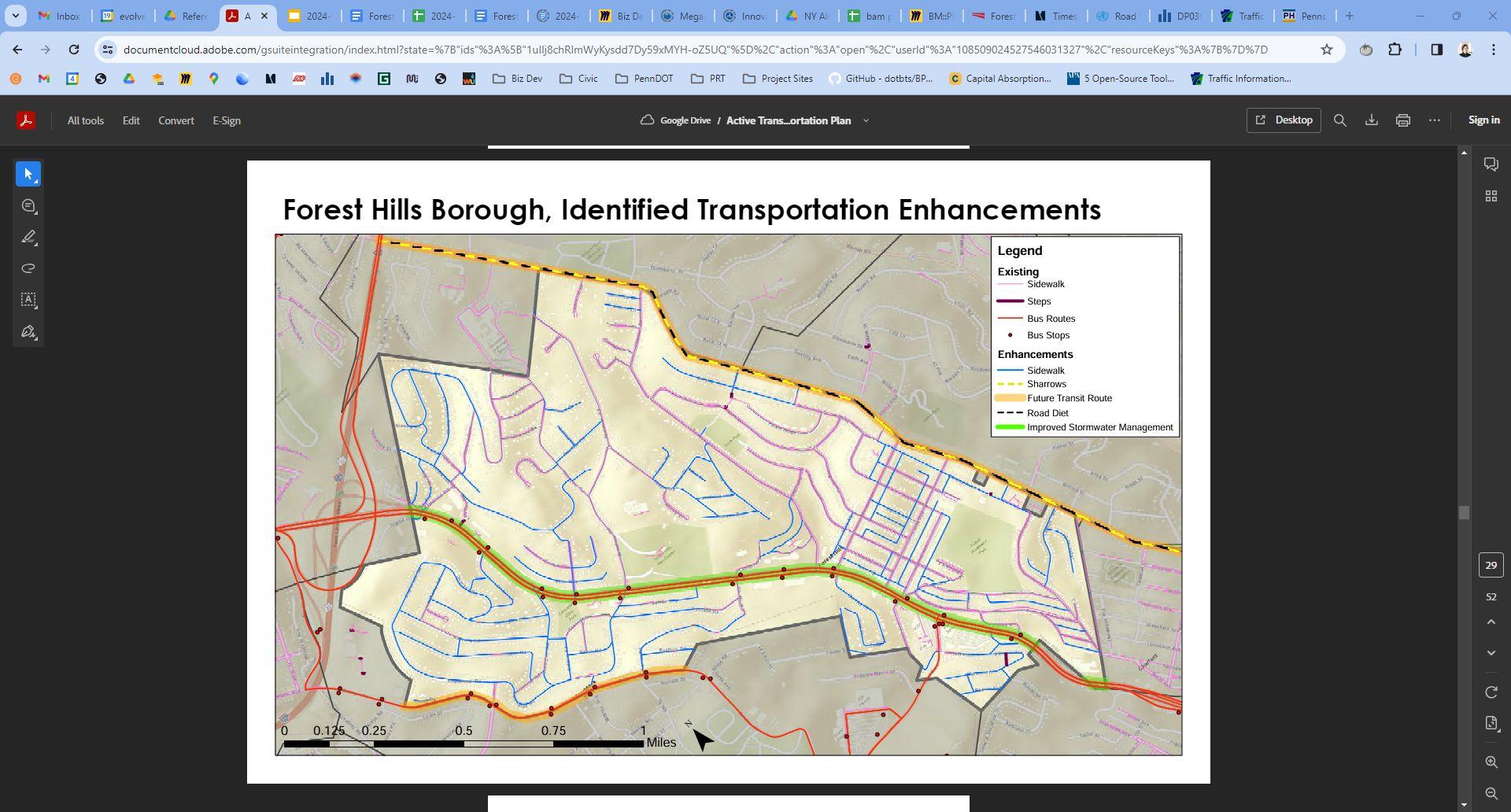
QUICK THREE!
What has been the biggest impact of your active transportation plan to date?
The Borough of Forest Hills commits to the development and maintenance of a complete and well-connected transportation network that meets the needs of all residents and provides users of all ages, abilities, and travel modes with safe and convenient access.
Implementation Process
1. Audit and update policies and procedures
2. Review and amend design standards
3. Offer educational opportunities
4. Identify short- and long-term funding
5. Review and update annually

Access to transit can mean access to jobs, schools, goods and services, recreation, and more.
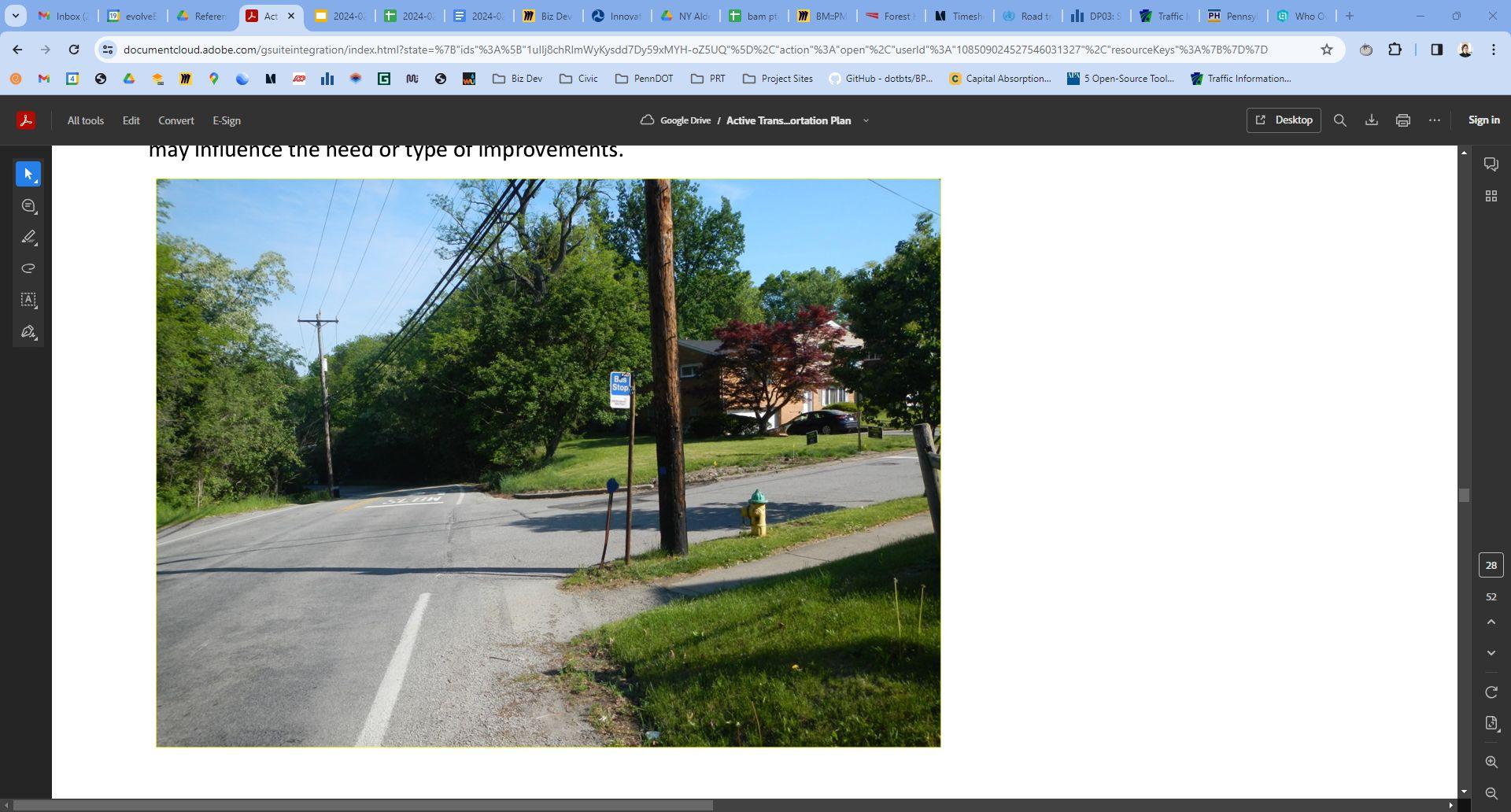
Is this bus stop safe, equitable, sustainable, and designed for people?
Is this sidewalk safe, equitable, sustainable, and designed for people?
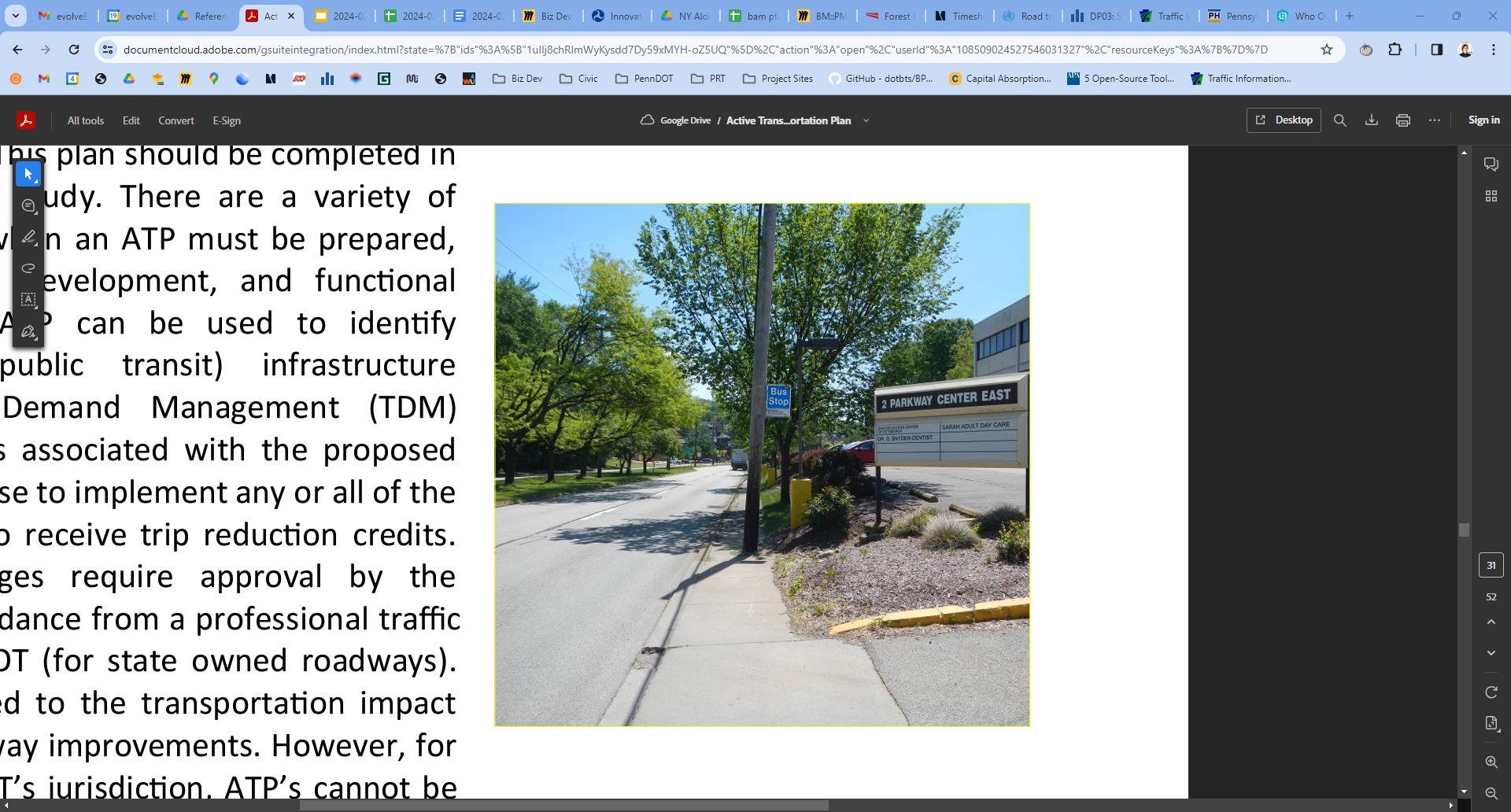
Being able to walk to basic goods and services is access.
This is what progress used to look like.
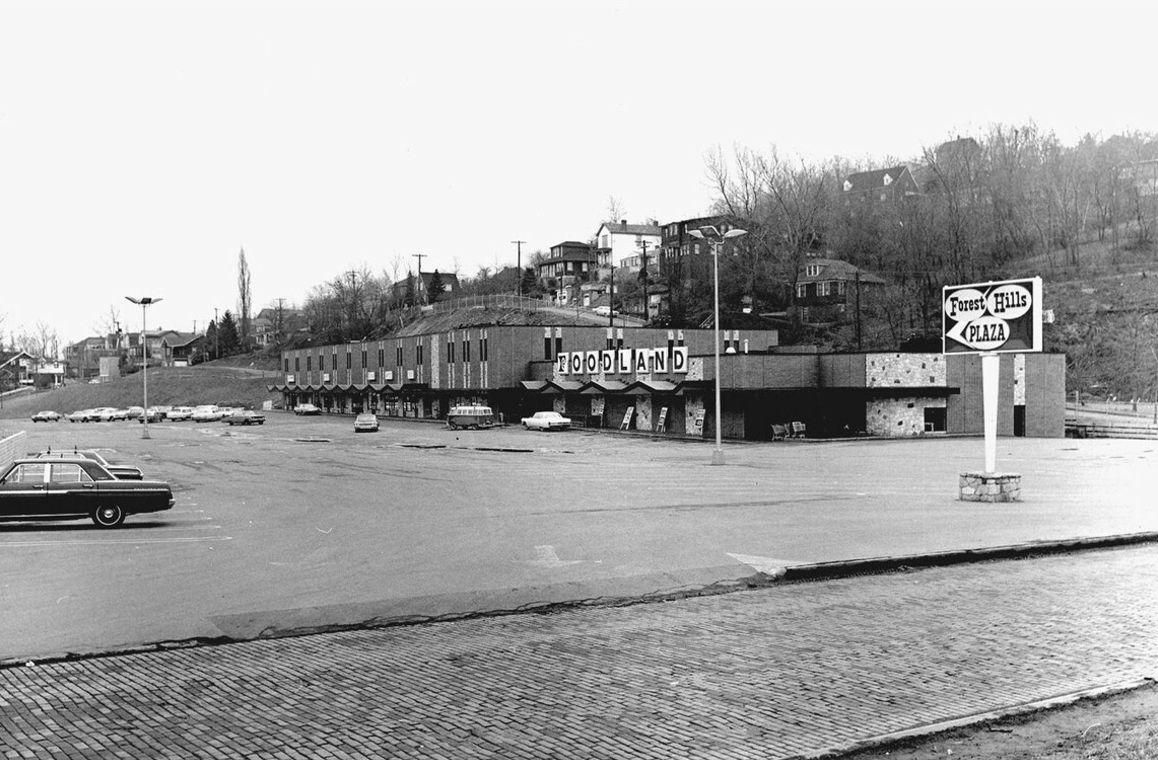
What does it look like now?



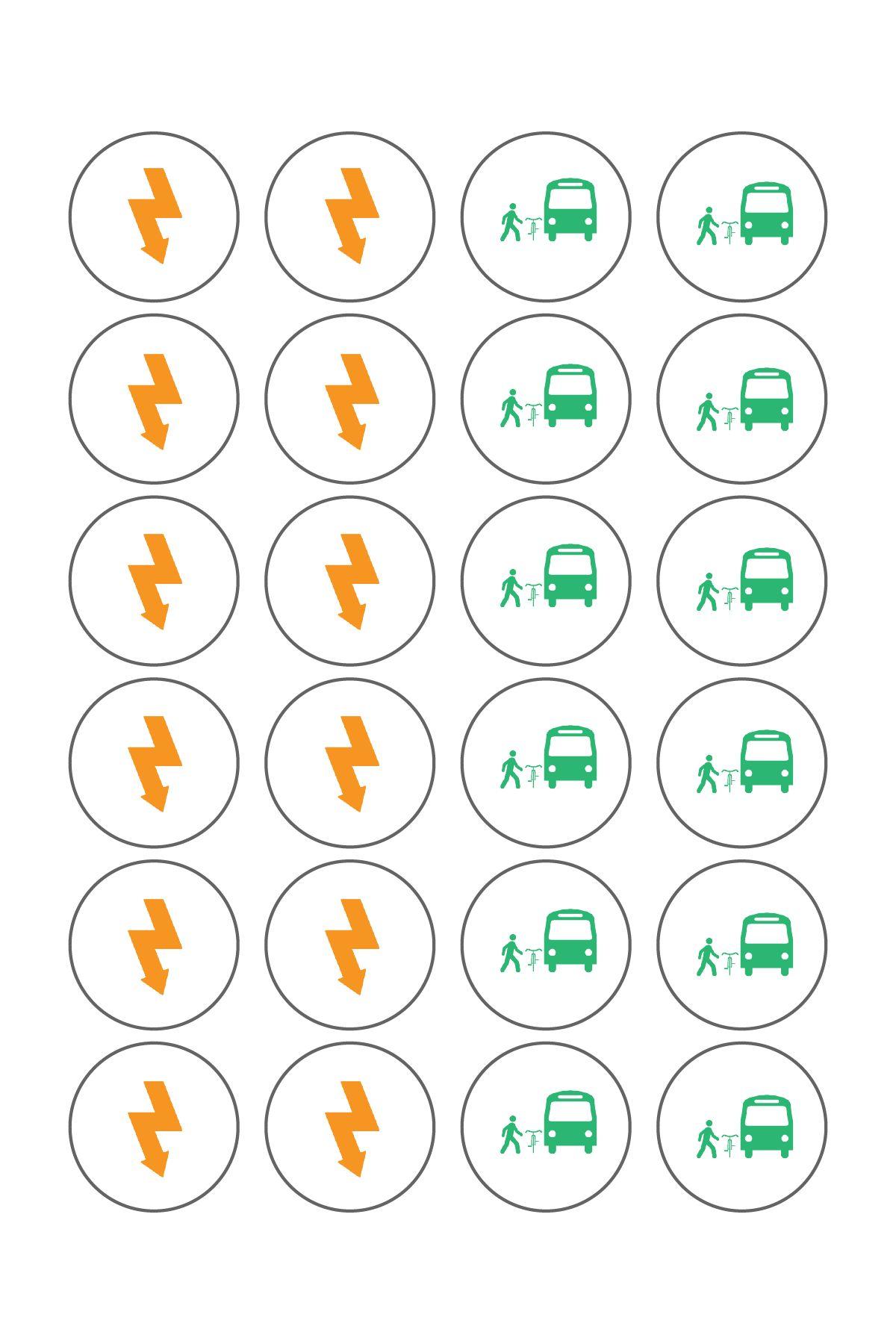




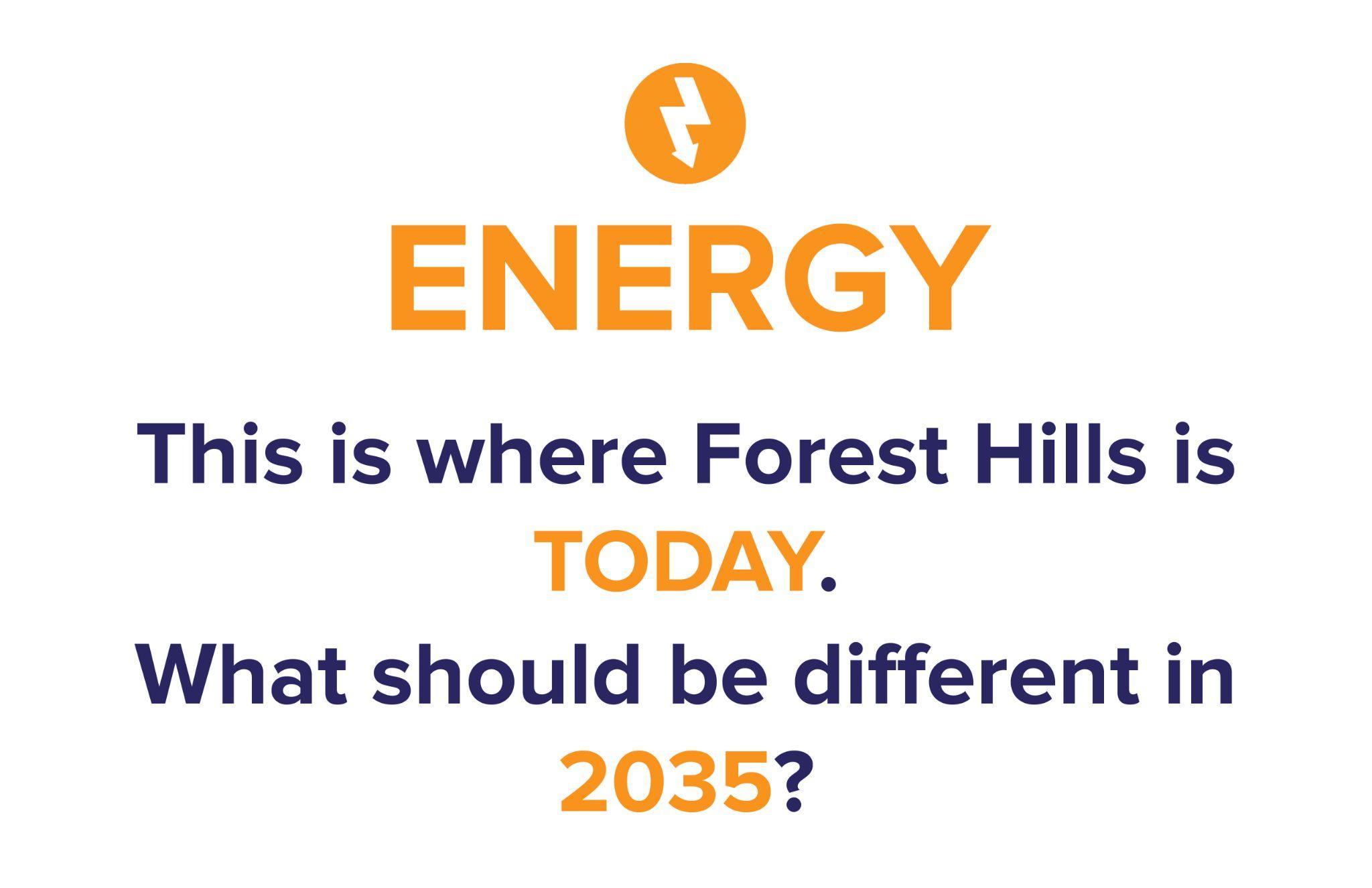
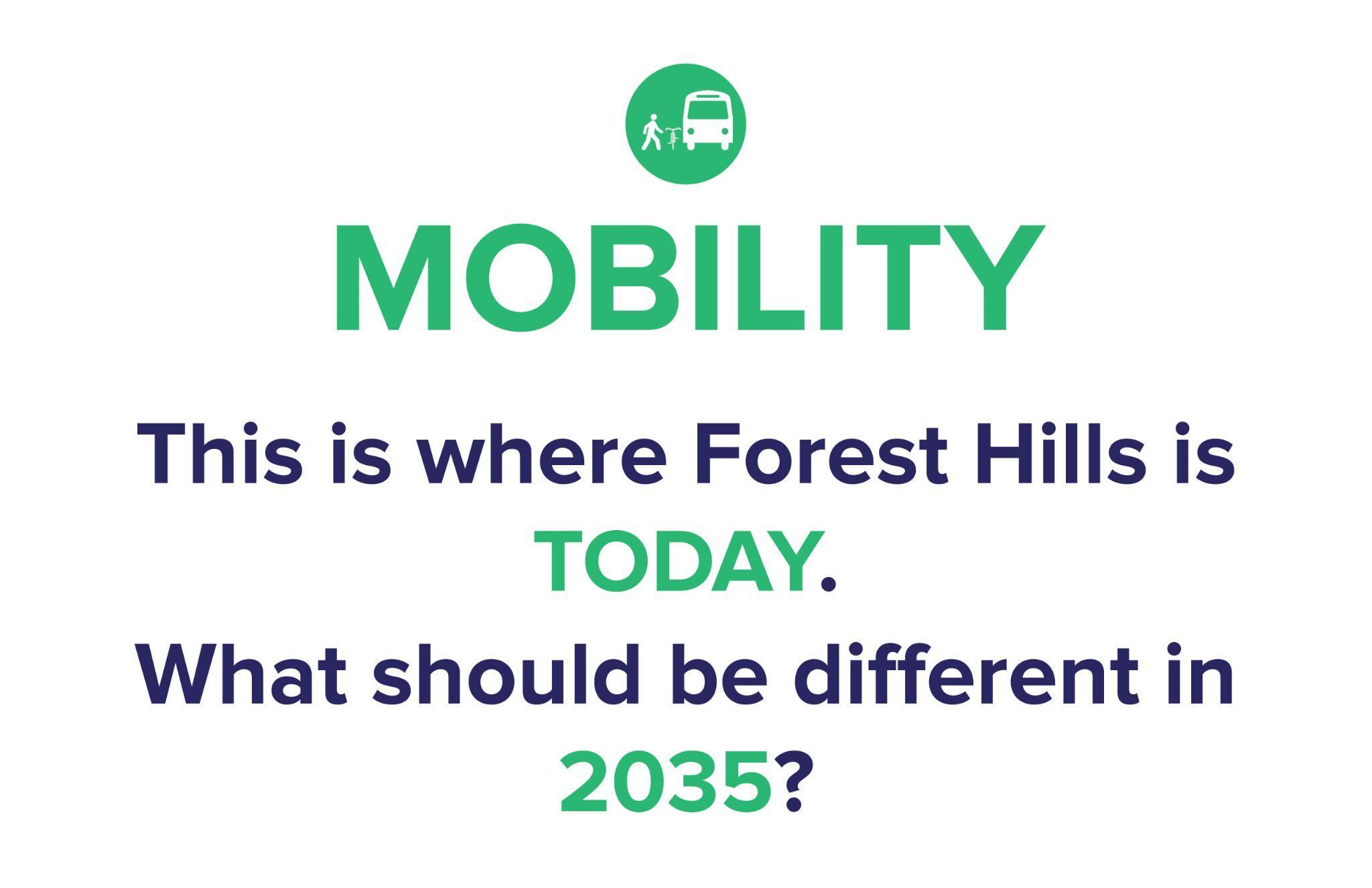


FH produces its own energy
We are known for having energy jobs

Write your vision for Forest Hills on a post-it note and stick it on the wall!
I don’t need a car


I can go for a family bike ride
Forest Hills became a net zero energy neighborhood?
The Forest Hills business district was more energy resilient?
Forest Hills children had zero barriers moving around the community?
You could live in Forest Hills without a car?
Write your vision for Forest Hills on a post-it note and stick it on the wall!
there in Forest Hills?
What do we need to achieve this goal?
Have a conversation with your neighbors and write your thoughts on a post-it note!


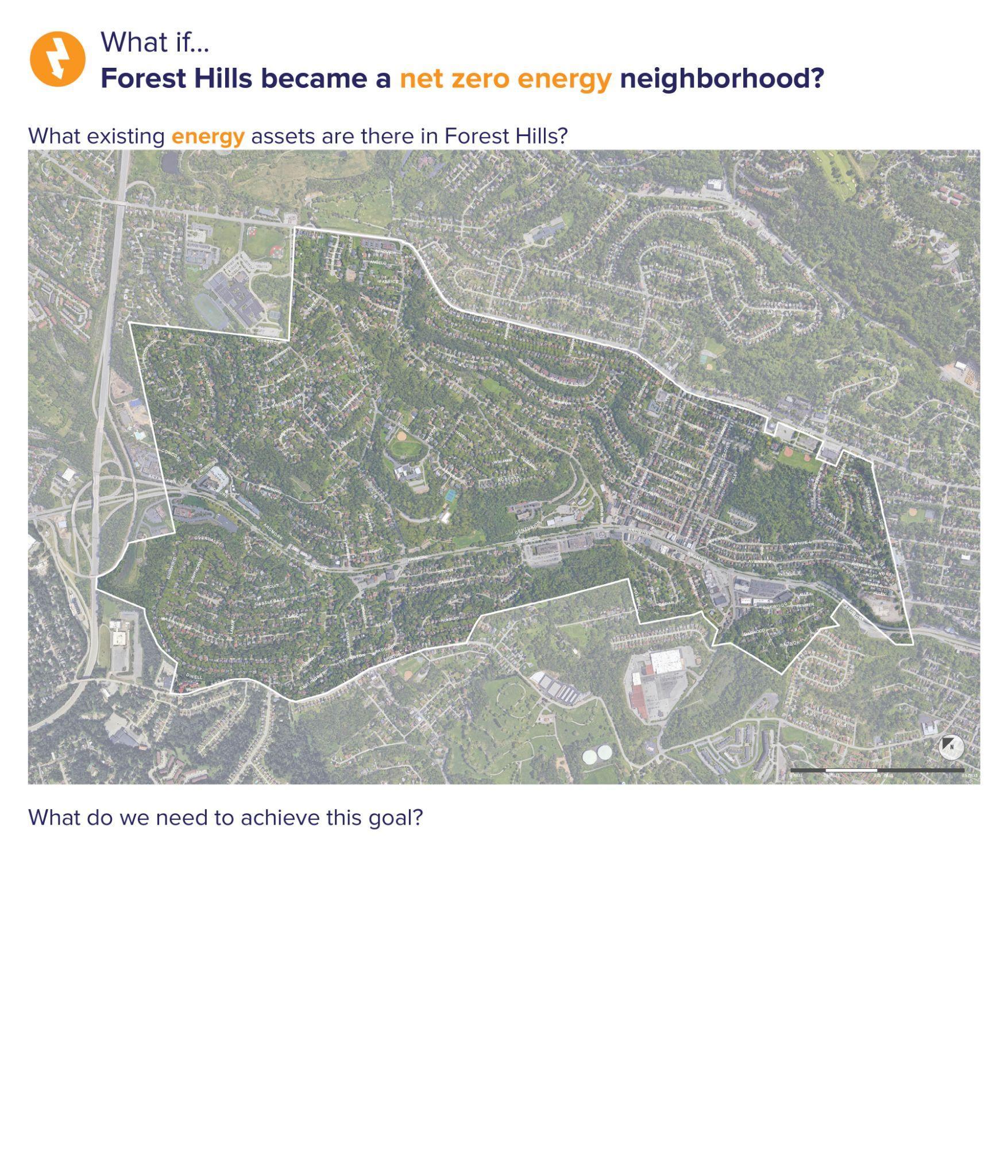
Policy incentives


A place where we can go to learn about this

More messengers and experts!

 Borough Bldg
Borough Bldg







